Forums
- Forums
- Axis And Allies Forum
- General Discussion
- Aviation News
Aviation News
Post a reply
- Go to Previous topic
- Go to Next topic
- Go to Welcome
- Go to Introduce Yourself
- Go to General Discussion
- Go to Screenshots, Images and Videos
- Go to Off topic
- Go to Works in Progress
- Go to Skinning Tips / Tutorials
- Go to Skin Requests
- Go to IJAAF Library
- Go to Luftwaffe Library
- Go to RAF Library
- Go to USAAF / USN Library
- Go to Misc Library
- Go to The Ops Room
- Go to Made in Germany
- Go to Campaigns and Missions
- Go to Works in Progress
- Go to Juri's Air-Raid Shelter
- Go to Campaigns and Missions
- Go to Works in Progress
- Go to Skinpacks
- Go to External Projects Discussion
- Go to Books & Resources
-
2 years agoTue Jul 26 2022, 07:59pmDuggy
 Main AdminPublished July 26, 2022
Main AdminPublished July 26, 2022
By Airman 1st Class Makenna Gott
NELLIS AIR FORCE BASE, Nev. (AFNS) --
The 414th Combat Training Squadron and the Federal Aviation Administration have collaborated to expand the available training area during exercise Red Flag-Nellis 22-3 by almost three times the size as prior iterations.
This is the first Red Flag exercise featuring dedicated fifth-generation aggressors, who are using longer-range offensive and defensive measures to provide exercise participants more realistic threat replication. The expansion of the airspace has allowed for training to more closely align with the National Defense Strategy’s focus on the pacing challenge.
"The airspace expansion agreement is a critical bridge that allows Red Flag to more accurately replicate an advanced threat,” said Lt. Col. Jonah R. Brown, 65th Aggressor Squadron director of operations.
The partnership with the FAA consists of connecting the airspaces of the Nevada and Utah Test and Training Ranges and the R-2508 Complex through airspace corridors. Connecting the ranges almost triples the area being used for combat training to a total of nearly 36,000 square miles of airspace.
The 414th CTS conducts three Red Flag exercises annually to provide aircrews the experience of multiple, intensive air combat sorties in the safety of a training environment. Red Flag is designed to simulate the first 10 combat sorties for a pilot to increase their survivability in battle.
Prior Red Flag exercises have been held within the Nevada Test and Training Range airspace alone, a 12,000-square-nautical mile range that provides a realistic arena for operational testing and training aircrews to improve combat readiness.
"As our adversary capabilities have advanced with respect to both aircraft and longer-range weapons, the size of the Nevada Test and Training Range has become one of the biggest limiting factors to accurate training,” Brown said. “The air bridges between the NTTR, the UTTR, and R-2508 in California enable Red Flag to present Blue forces the necessary range and time to accurately train against our adversary's most advanced capabilities.”
“In the past, Red Flag has only flown in the NTTR with their assets,” said Richard Johnston, 57th Operations Support Squadron chief of airspace management.
A plane in flight
Although this is the first time Red Flag is using the airspace expansion, the partnership with the FAA to expand the training area is not new. Johnston said the FAA understands the military’s needs. When it comes to the testing and fielding of fifth-generation and soon-to-be sixth-generation aircraft, more airspace will be needed to operate and optimize their systems in an environment as close to what warfighters would see in conflict.
According to Johnston, this current expansion is just one step in a plan to expand exercise airspace even further.
“We came up with a proposal that we’re going to send to the FAA, asking to connect all of the ranges on the west coast,” Johnston said.
“To train like we would fight in wartime, it is necessary to have a larger airspace,” Brown said.
An F-16C Fighting Falcon, assigned to the U.S. Air Force Weapons School, piloted by Col. Cameron Dadgar, Nevada Test and Training Range commander, participates in a training mission over the NTTR during Red Flag-Nellis 22-3 over the NTTR, Nevada, July 14, 2022. The 414th Combat Training Squadron conducts Red Flag exercises to provide aircrews the experience of multiple, intensive air combat sorties in the safety of a training environment. (U.S. Air force photo by Tech. Sgt. Alexandre Montes)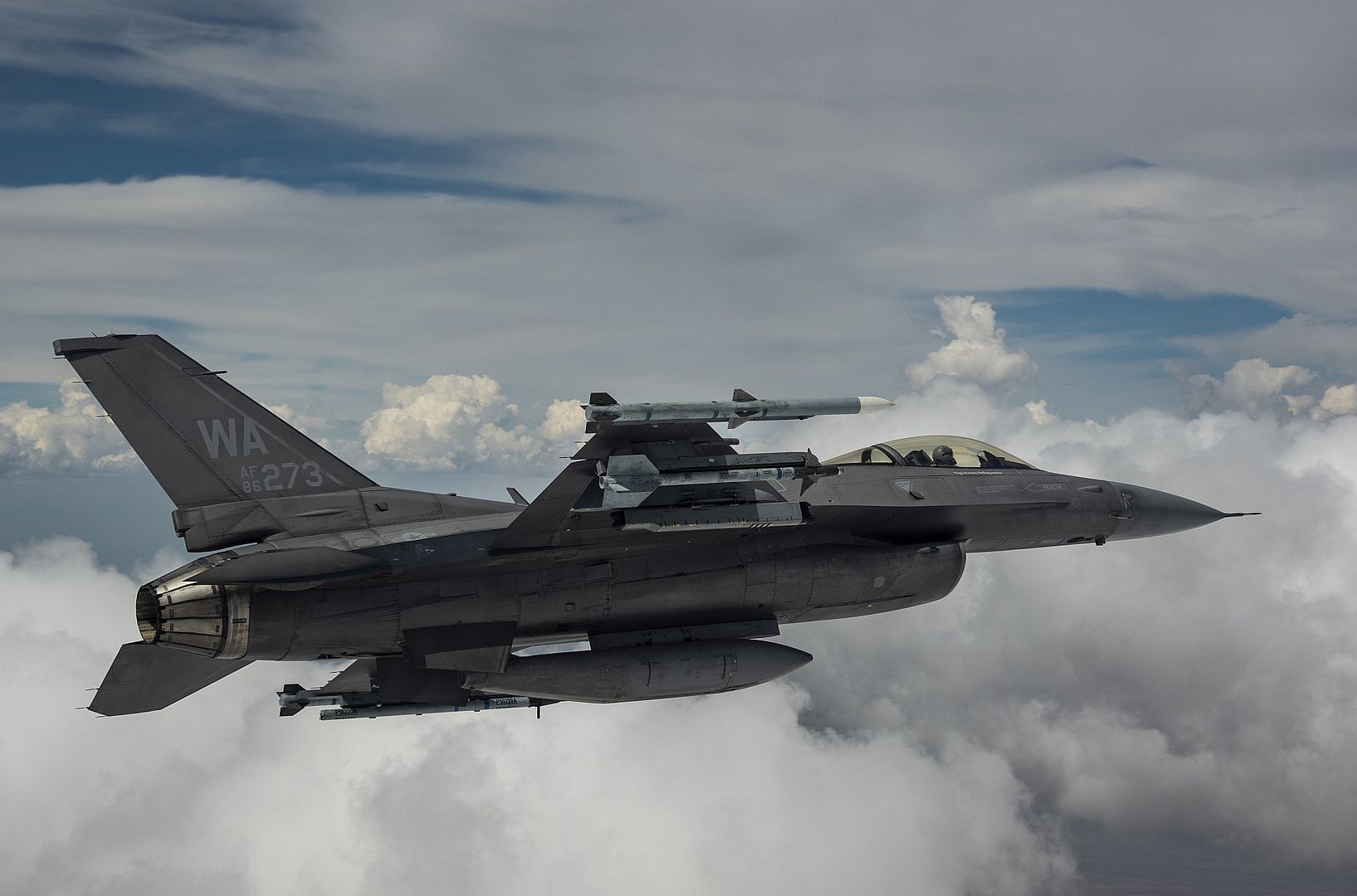
MARINE CORPS AIR STATION, KANEOHE BAY, Hawaii (July 25, 2022) An MQ-9 Reaper assigned to the 49th Wing at Holloman Air Force Base, N.M., sits on the taxi way prior to takeoff during Rim of the Pacific (RIMPAC) 2022, July 25, at Marine Corps Air Station Kaneohe Bay, Hawaii. Unmanned and remotely operated vessels extend the capability of interconnected manned platform sensors to enhance the warfighting capacity of multinational joint task forces. Twenty-six nations, 38 ships, three submarines, more than 170 aircraft and 25,000 personnel are participating in RIMPAC from June 29 to Aug. 4 in and around the Hawaiian Islands and Southern California. The world’s largest international maritime exercise, RIMPAC provides a unique training opportunity while fostering and sustaining cooperative relationships among participants critical to ensuring the safety of sea lanes and security on the world’s oceans. RIMPAC 2022 is the 28th exercise is in the series that began in 1971. (U.S. Air Force photo by Master Sgt. Jerilyn Quintanilla)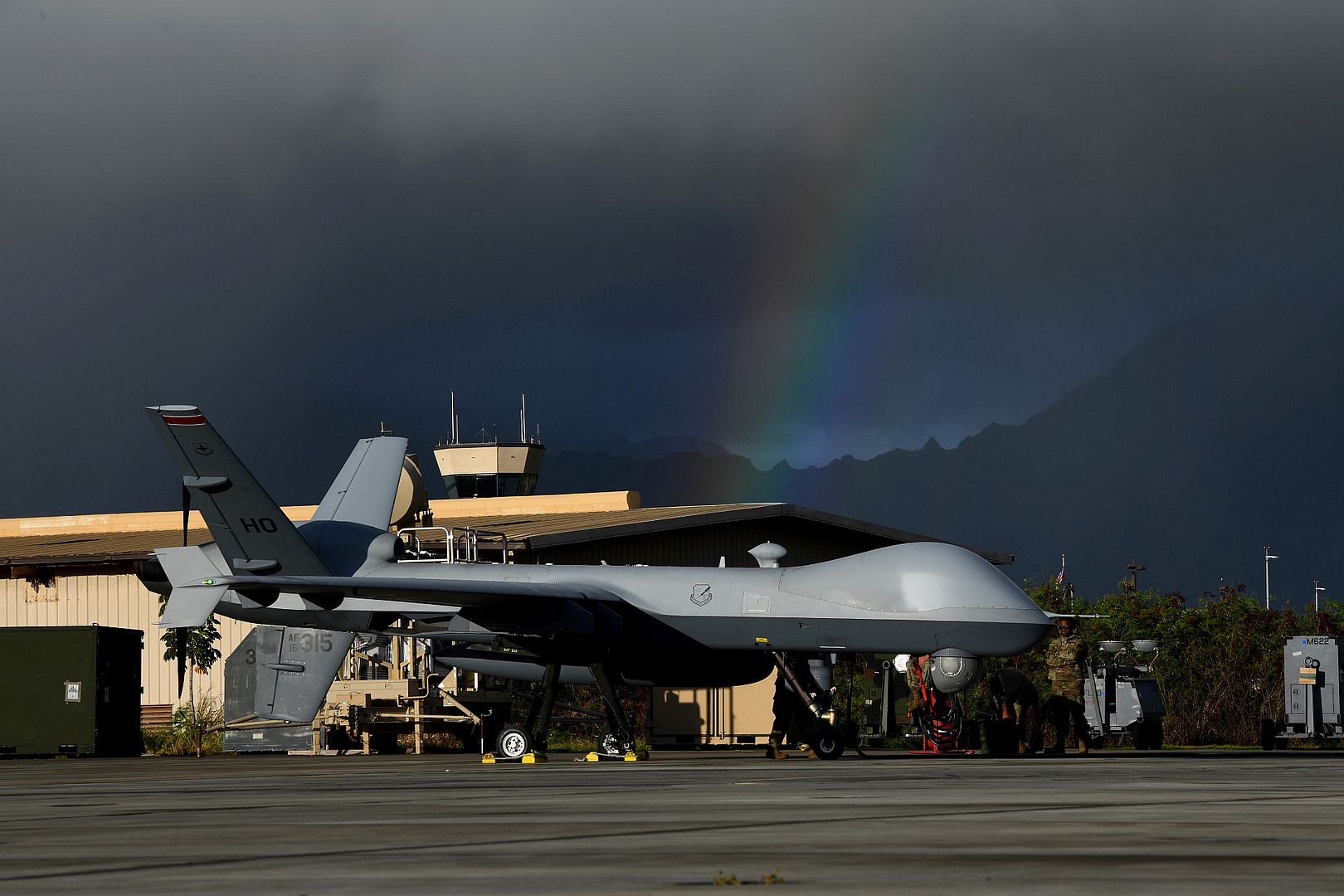
PACIFIC OCEAN (July 24, 2022) – An F-35B Lighting II aircraft assigned to Marine Strike Fighter Squadron (VMFA) 121 launches from the flight deck aboard amphibious assault carrier USS Tripoli (LHA 7), July 24, 2022. Tripoli is operating in the U.S. 7th Fleet area of operations to enhance interoperability with allies and partners and serve as a ready response force to defend peace and maintain stability in the Indo-Pacific region. (U.S. Navy photo by Mass Communication Specialist 1st Class Peter Burghart)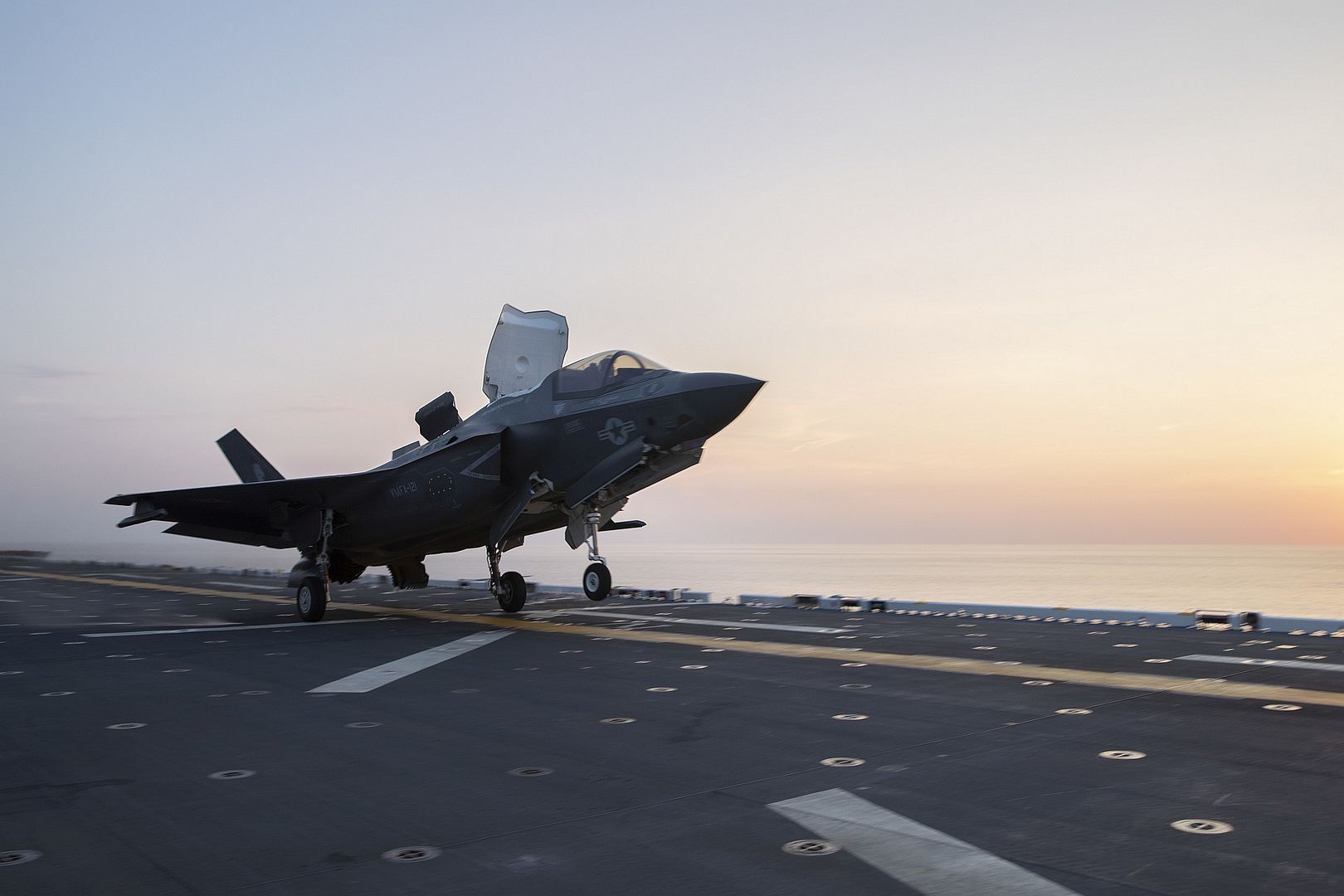
F-16C Fighting Falcons assigned to the 64th Aggressor Squadron refuel from a KC-135 Stratotanker assigned to the 50th Air Refueling Squadron, MacDill Air Force Base, Florida, before participating in a Red Flag-Nellis 22-3 training mission at Nellis Air Force Base, Nevada, July 21, 2022. Red Flag-Nellis 22-3 provides realistic combat training that saves lives while increasing combat effectiveness. (U.S. Air Force photos by Airman 1st Class Josey Blades)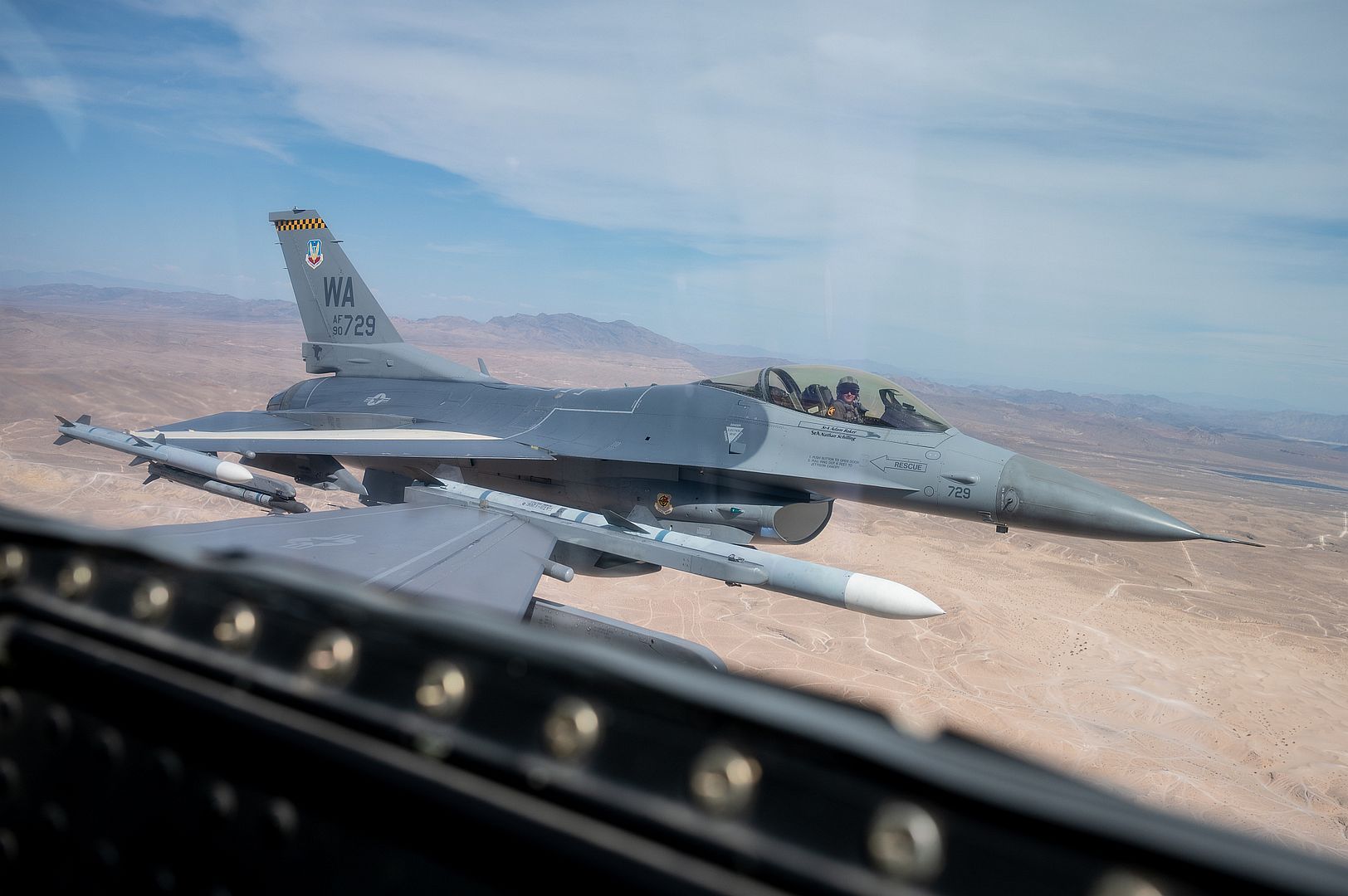

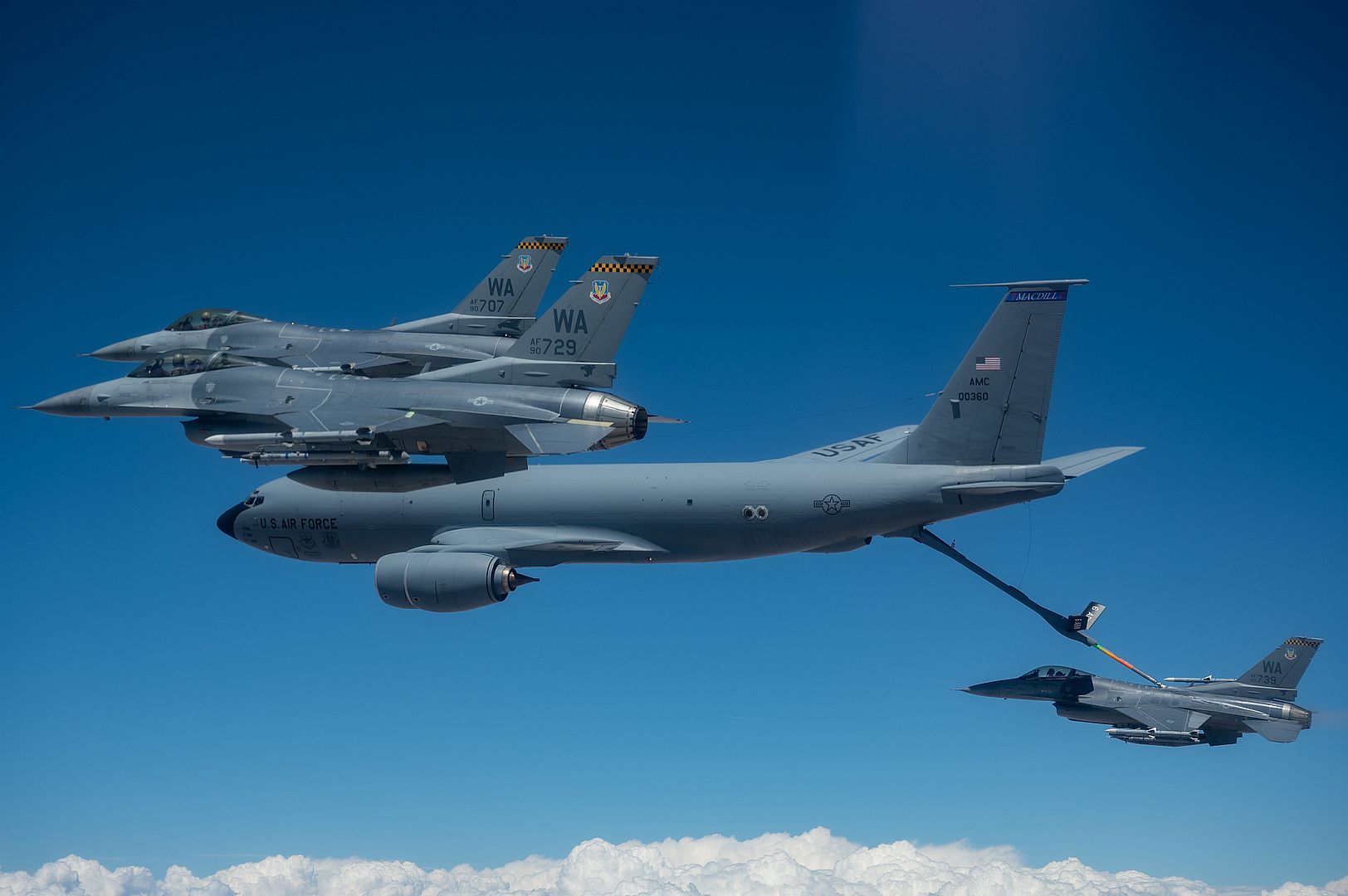

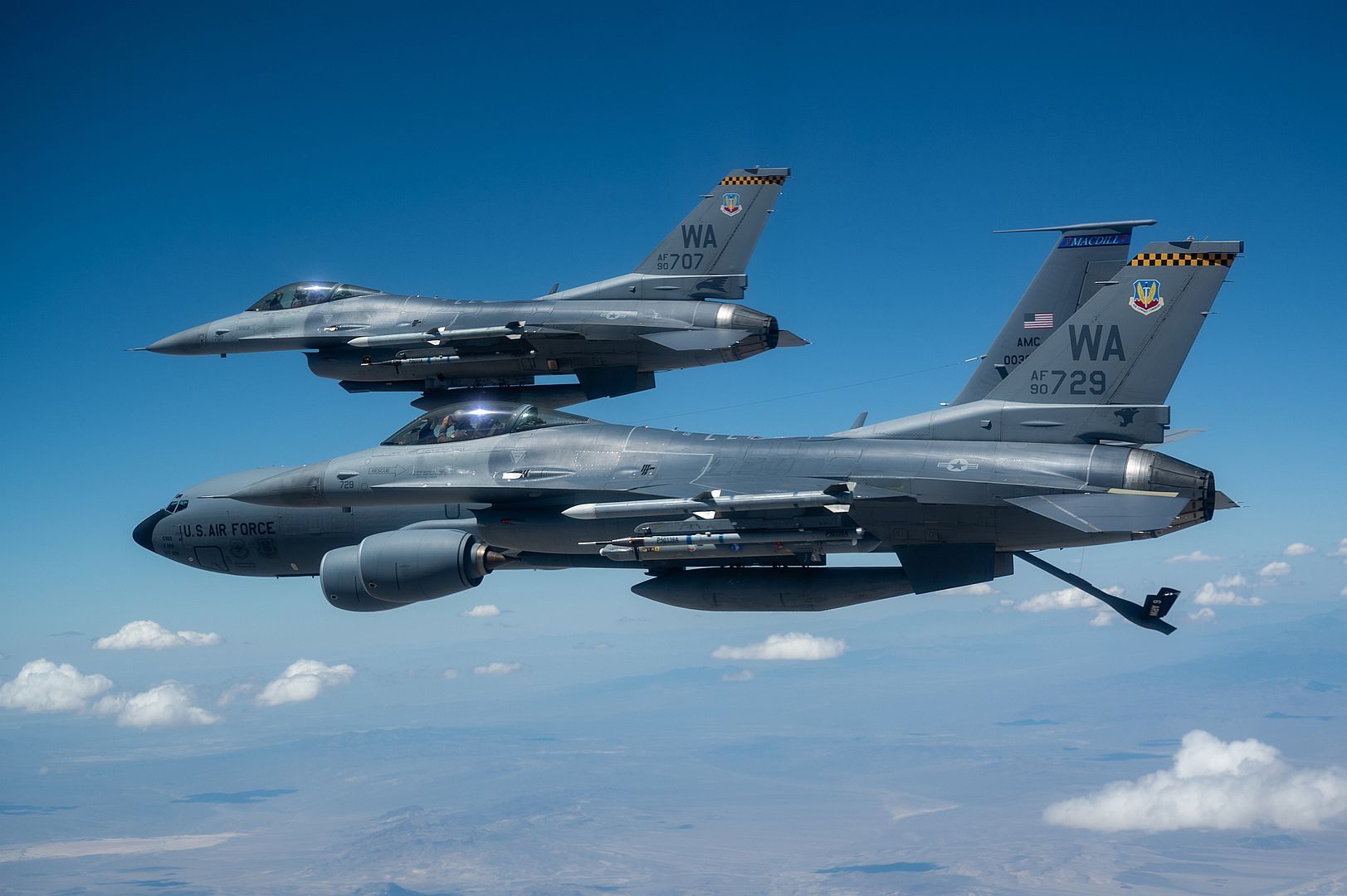
STRATFORD, Conn., July 26, 2022 – The global fleet of the multi-mission Sikorsky S-92 ® helicopters is rapidly accumulating flight hours, surpassing 2 million flight hours in a variety of missions including search and rescue, oil and gas transportation and VIP transportation in 28 countries. Sikorsky is a Lockheed Martin company (NYSE: LMT).
The S-92 was in service for 12 years when it reached 1 million flight hours. Just six years later, the fleet operates in 28 countries and its flight hours have doubled.
“The 2 million flight hours milestone is a testament to the reliability, availability, and cost-effectiveness of the S-92 helicopter in some of the world’s most demanding conditions and no-fail missions,” said Leon Silva, Sikorsky’s interim vice president of Global Commercial and Military Systems. “Sikorsky is committed to supporting these critical missions with continued innovation to ensure operators can respond safely and with confidence, in any scenario.”
Operators utilizing the S-92 aircraft enjoy a better than 93 percent availability rate, a best-in-class safety record—even in extreme conditions—and a proven record when it comes to reliability and adaptability.
The Mission
Sikorsky has delivered 300 S-92s with about 86 percent operated in the offshore oil and gas industry for personnel transport. Every major oil company relies on S-92s in their fleets thanks to the aircraft’s unsurpassed capabilities and capacity that minimize per seat-mile costs while reducing needed trips and risk.
Fleet aircraft are also in service for civil search and rescue and have completed more than 91,000 search and rescue missions, as well as, commercial airline transport, executive transport, and other priority missions including coastal and border patrol, emergency response, and disaster relief. The S-92 is used by 13 nations for head of state missions, and the aircraft is the baseline for the VH-92A® helicopter to be used for the new U.S. presidential helicopter fleet.
“We’re grateful to our customers, our more than 150 suppliers worldwide, and our employees who support our award-winning S-92 program,” Silva added. “They have all contributed to this major milestone and we look forward to continued success.”
Data Driven Sustainment and the Future Fleet
Sikorsky’s advanced predictive maintenance capabilities are a key enabler to sustaining Sikorsky’s commercial and military programs, such as the S-92. Sikorsky captures and analyzes data across millions of flight hours to identify the biggest maintenance drivers to improve readiness and reduce costs.
By combining data sets, analytics, machine learning and prognostic algorithms Sikorsky equips operators with the information and parts they need to perform maintenance actions.
Sikorsky continues to invest in and enhance the S-92 helicopter. For example, this year, an unmodified S-92 made a 1,500-mile flight fueled only by Sustainable Aviation Fuel (SAF), a blend of biofuel and traditional jet fuel. It was the first long duration flight to exclusively use SAF and reflects Lockheed Martin’s commitment to sustainability. SAFs can reduce lifecycle carbon emissions by up to 80 percent when compared to petroleum-based jet fuels.
To learn more, visit our website www.lockheedmartin.com\s-92.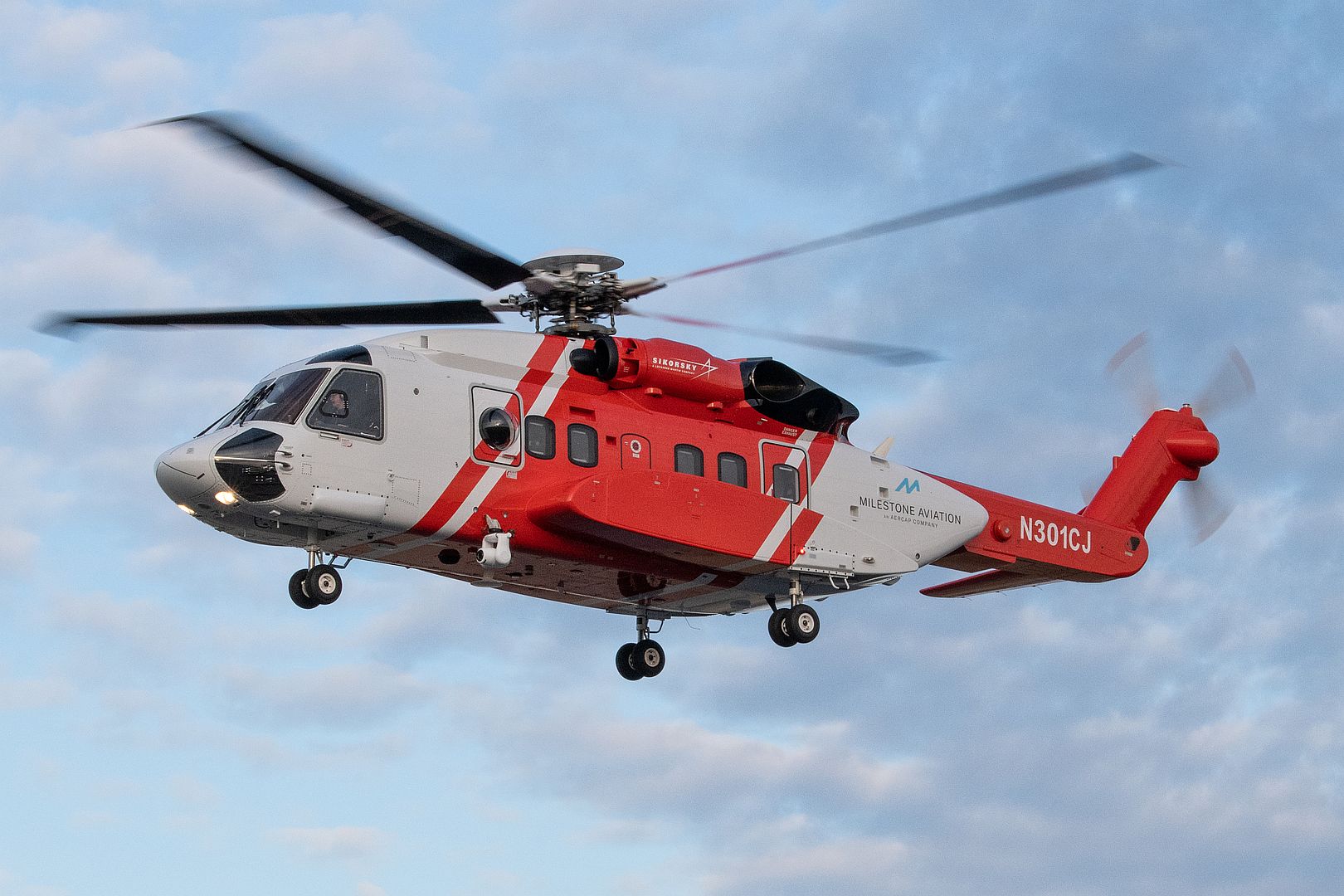
Getafe, 26 July 2022 –Airbus has successfully tested a removable firefighting demonstrator kit on the A400M new generation airlifter during a flight test campaign in Spain.
The test campaign took place in daylight conditions with a minimum operating height of 150ft, flight speeds as low as 125 knots and drops involving up to 20 tonnes of water from the current tank in less than 10 seconds. The main objective of the campaign is to validate the drop water quantity and time as well as the ability of the A400M to carry out this new role with the kit.
The development of this prototype and the tests have been carried out in close collaboration with the 43rd Group of the Spanish Air Force, as well as European authorities in Firefighting operations and the Ministry for Ecological Transition and Demographic Challenge (MITECO).
“The development of this firefighting kit is an intrinsic part of our journey towards helping to create a more sustainable and safer world, not only by our actions but also through our products. We strongly believe the A400M can play a vital role in the fight against the ever increasing threat posed by wildfires and support the restoration of social and environmental systems,” said Mike Schoellhorn, CEO of Airbus Defence and Space.
The Airbus firefighting solution created for the A400M is a roll-on/roll-off (RORO) kit that requires no modification to the aircraft and therefore is interchangeable to any aircraft in the A400M fleet. The water is stored in a fixed tank in the cargo hold, and retained by two independent doors. These doors are connected to two flood pipes, so when the discharge is triggered, the water is expelled through two sections at the end of the ramp. The introduction of this RORO solution allows a rapid reaction to unforeseen fires and reconfiguration of the aircraft to any of its other roles.
Due to its low level flight capability and maneuverability at low speeds, the A400M can accurately drop payloads of water at very low heights, down to 150ft. In the future, in addition to the development of the production version of this kit, Airbus will analyze this operation also in night time conditions, reinforcing the efficiency and effectiveness of the mission.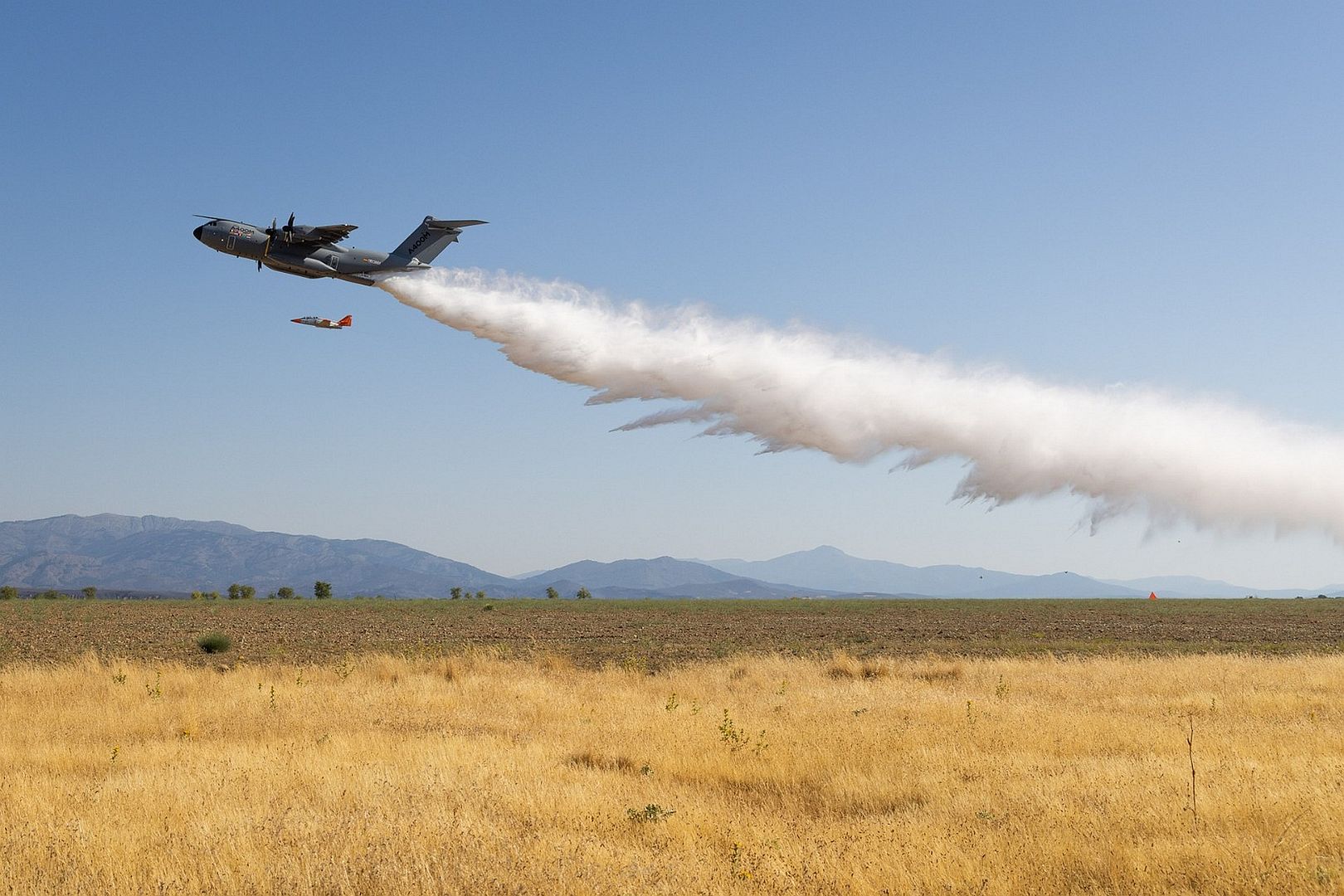
The Cessna Turbo Skylane T182T is making its show debut at EAA AirVenture in Oshkosh. The Skylane returned to Textron Aviation’s legendary piston product lineup this year, bringing with it the latest in avionics suite and interiors.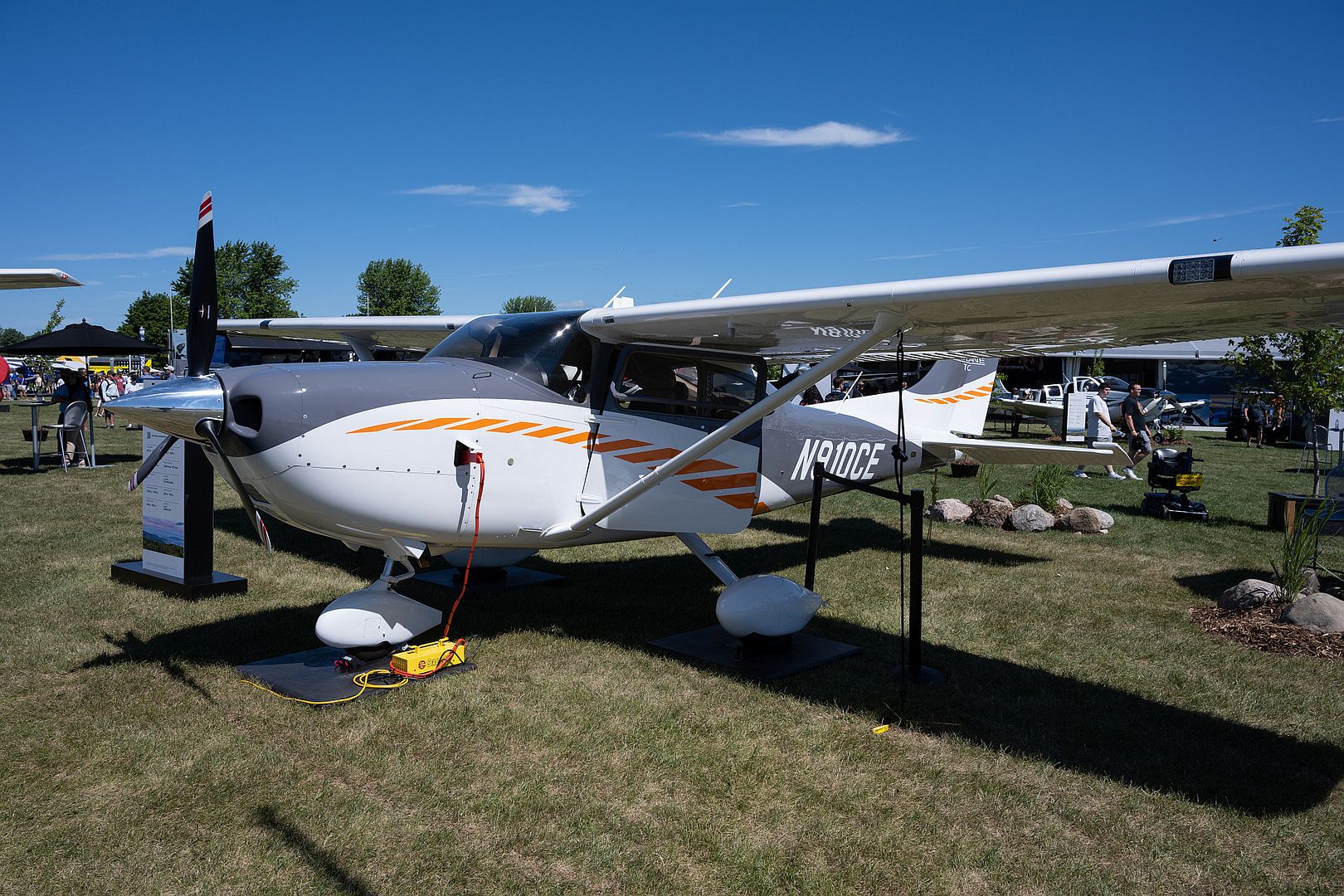
Its turbocharged engine delivers exceptional power, generating optimal climb rates and faster cruise speeds, as well as enhanced utility for operations from high-altitude airfields.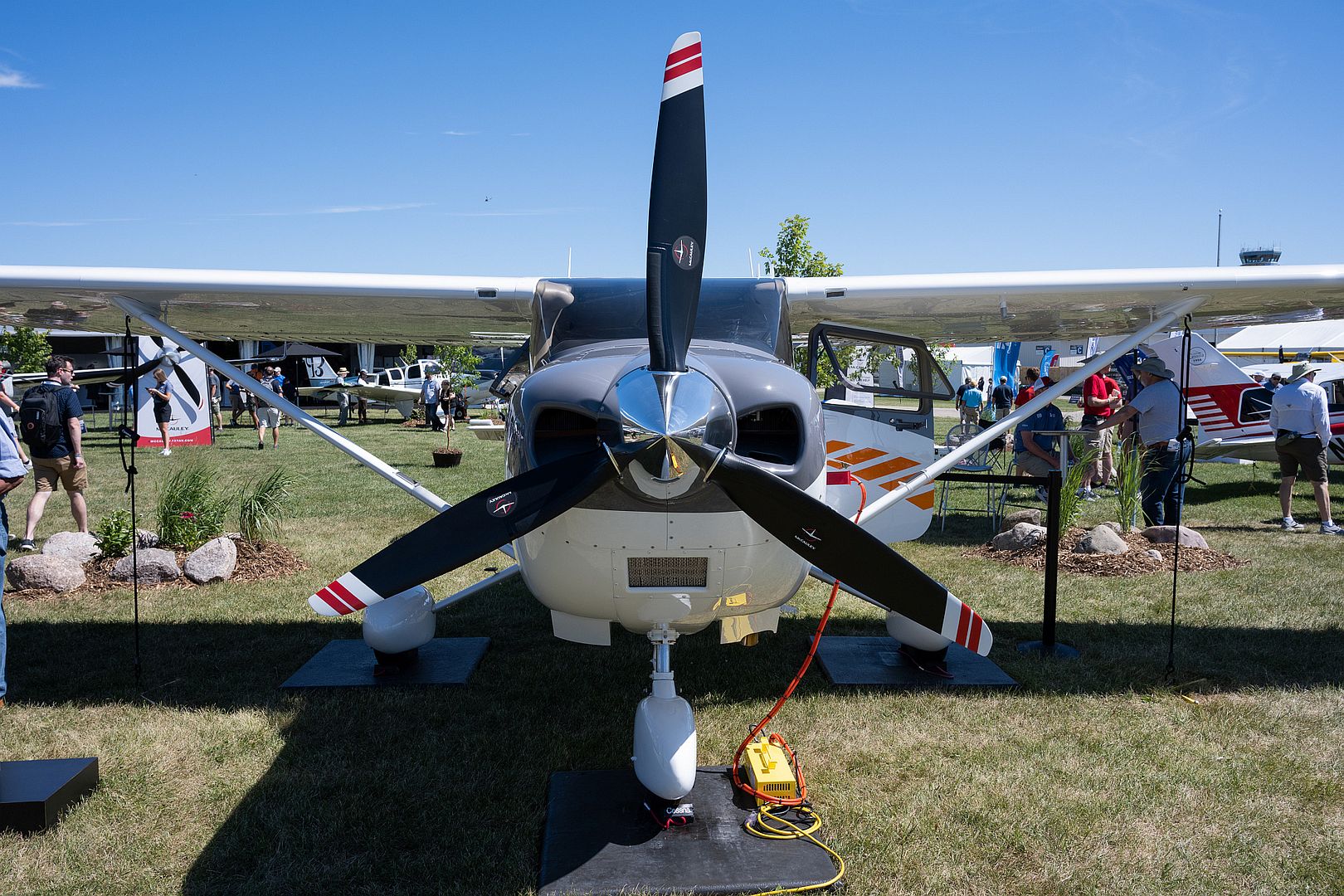
If you’re at EAA, be sure to visit the Textron Aviation booth and take a look at this iconic aircraft that is now better than ever.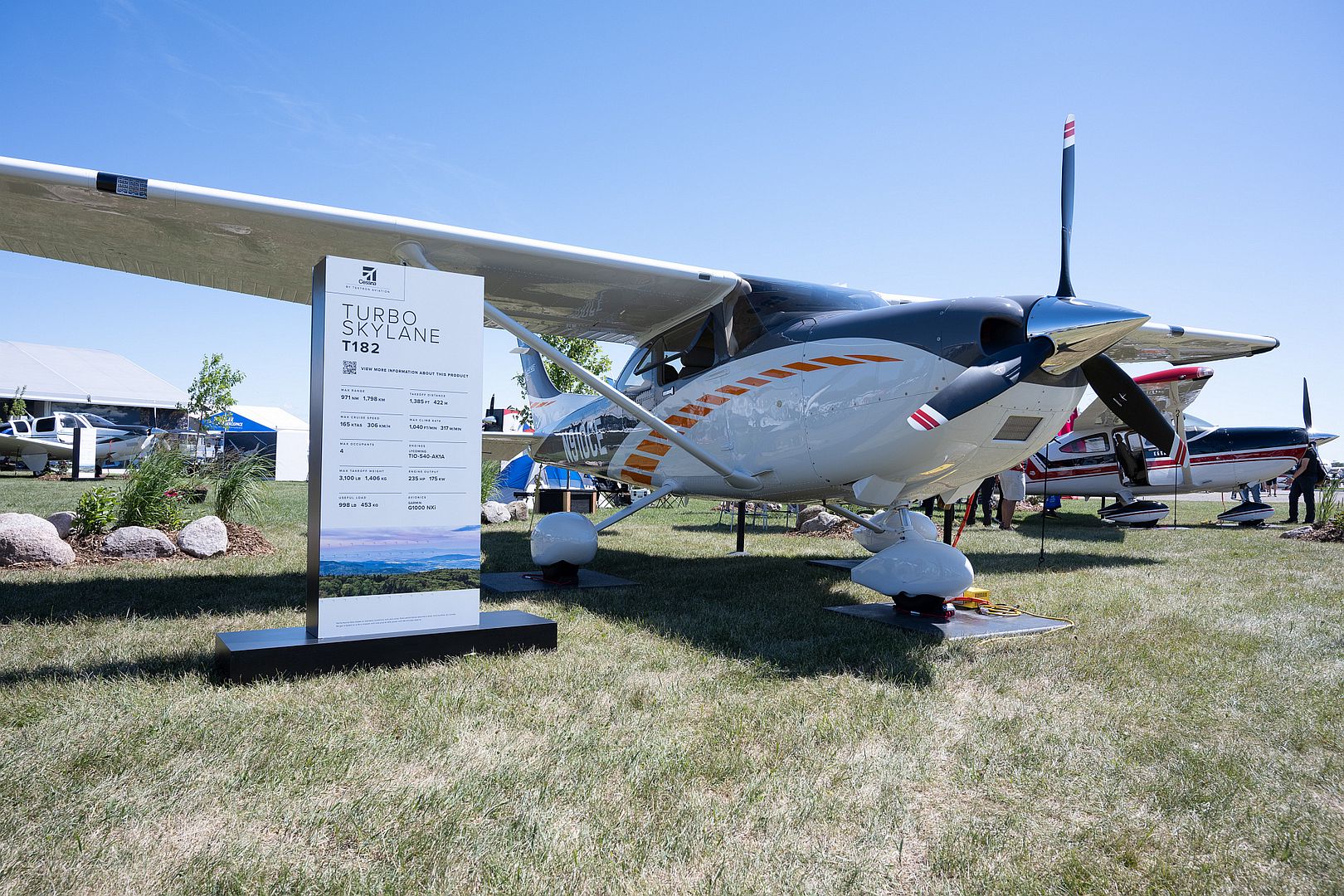
Two 3(F) Squadron Typhoons deployed in Romania for NATO enhanced Air Policing as part of 140 Expeditionary Air Wing, took part in a flypast over Bucharest to recognise Romanian Aviation and Air Force Day.
The celebration, which takes place annually on 20th July at the Monument to the Heroes of the Air in Aviators’ Square, involved a flypast of RAF Typhoons alongside over twenty other aircraft including, Italian Air Force Eurofighter Typhoons and variety of Romanian Air Force fast jet, multi-engine and rotary assets.
"We’ve operated alongside our Romanian Air Force colleagues throughout our time in Romania so to be able to take part in the flypast over Aviators’ Square in Bucharest for Air Force Day was a real privilege and important for us to recognise aviators worldwide.
Flying as part of a display that included a variety of Romanian and Italian aircraft reaffirms the strength of the NATO alliance. We’re proud to have contributed towards that on Op BILOXI 22."
Wing Commander Buchler Officer Commanding 3 (Fighter) Squadron.
(Photo courtesy of the RAF)
-
 Main AdminF-22 Raptors with the 90th Fighter Squadron, 3rd Wing, Joint Base Elmendorf-Richardson, Alaska, land at Royal Air Force Lakenheath, England, July 26, 2022. The U.S. remains dedicated to our security commitments with our NATO Alliance and global Partners and this enhanced posture is a clear expression of NATO’s commitment to readiness which promotes regional security and stability. (U.S. Air Force photos by Airman 1st Class Cedrique Oldaker and Seleena Muhammad-Ali)
Main AdminF-22 Raptors with the 90th Fighter Squadron, 3rd Wing, Joint Base Elmendorf-Richardson, Alaska, land at Royal Air Force Lakenheath, England, July 26, 2022. The U.S. remains dedicated to our security commitments with our NATO Alliance and global Partners and this enhanced posture is a clear expression of NATO’s commitment to readiness which promotes regional security and stability. (U.S. Air Force photos by Airman 1st Class Cedrique Oldaker and Seleena Muhammad-Ali)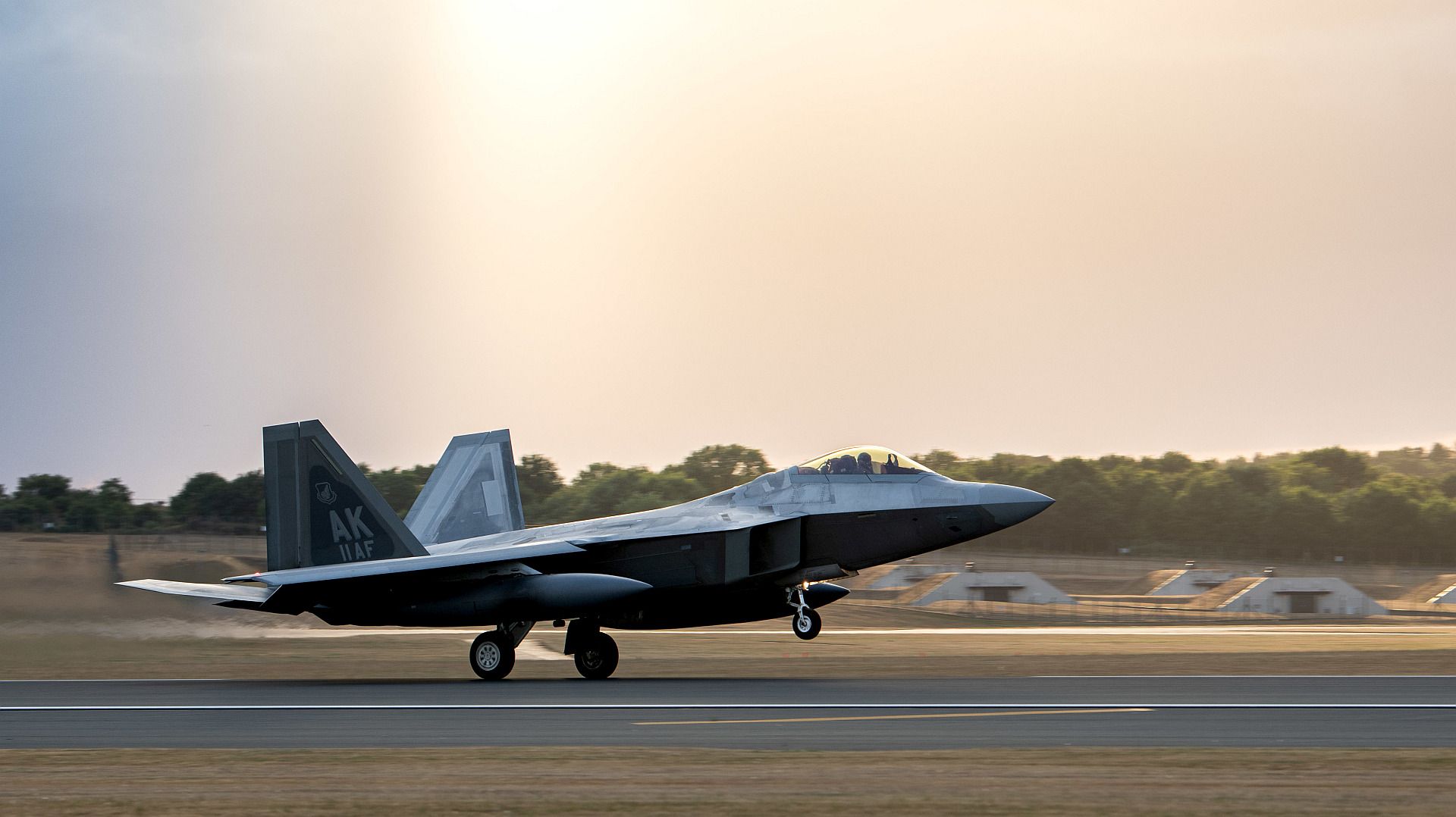
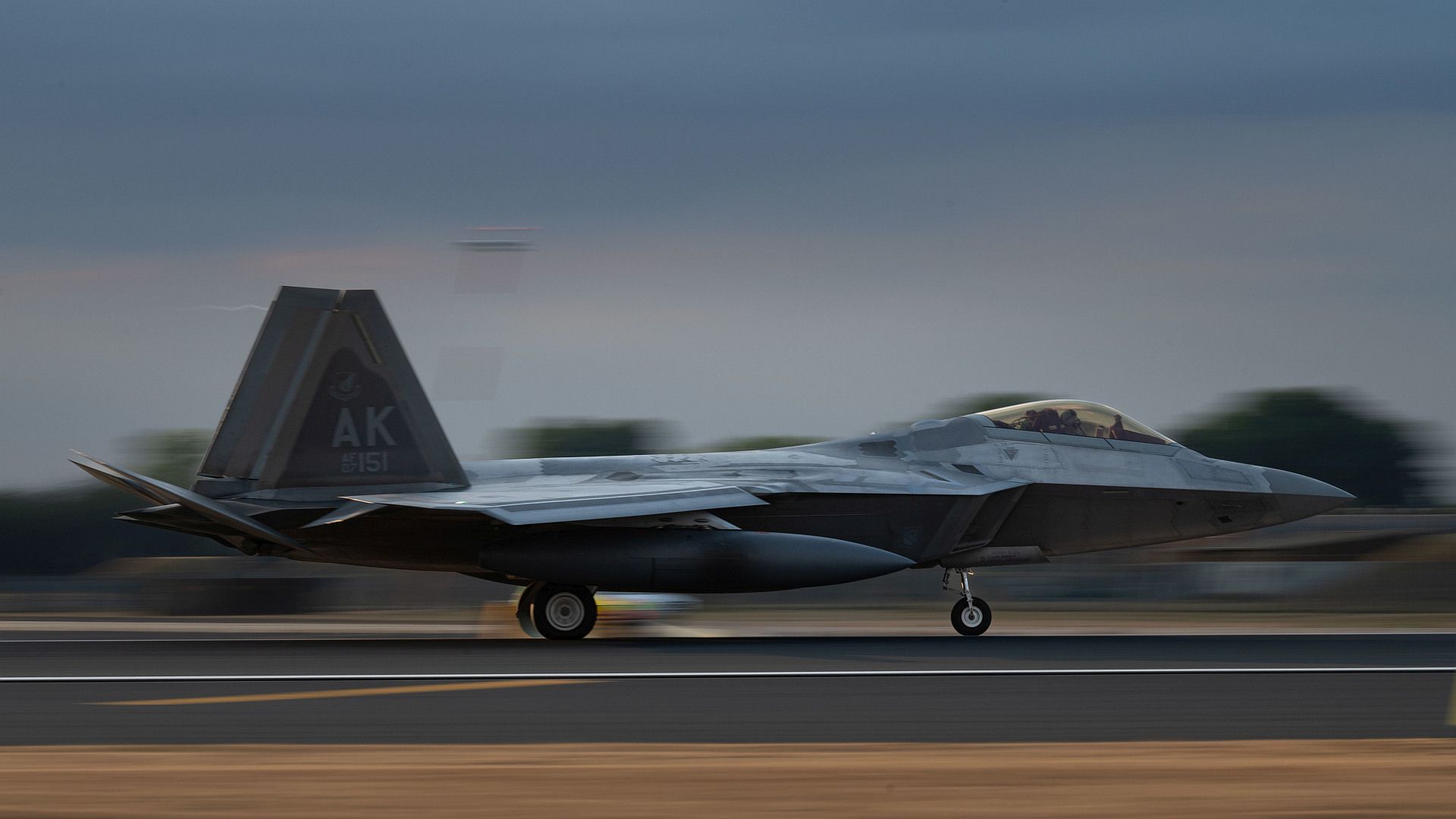
MEDITERRANEAN SEA (July 25, 2022) F/A-18E Super Hornets, attached to Carrier Air Wing 1 (CVW-1) and Belgian Air Force F-16s fly in formation over the Mediterranean Sea, July 25, 2022. The Harry S. Truman Carrier Strike Group is on a scheduled deployment in the U.S. Naval Forces Europe area of operations, employed by U.S. Sixth Fleet to defend U.S., allied and partner interests. (U.S. Navy photos courtesy of Strike Fighter Squadron 11)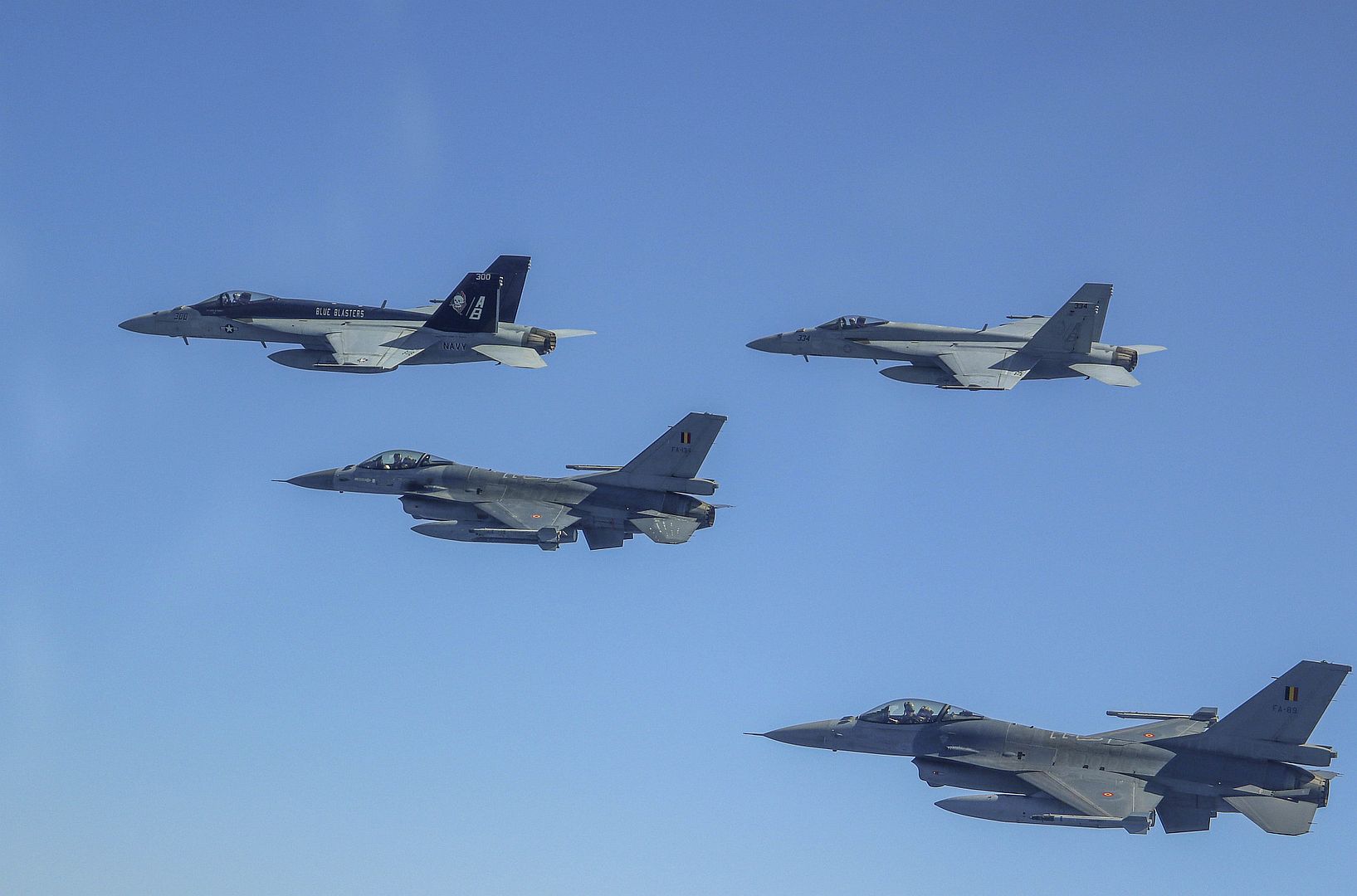
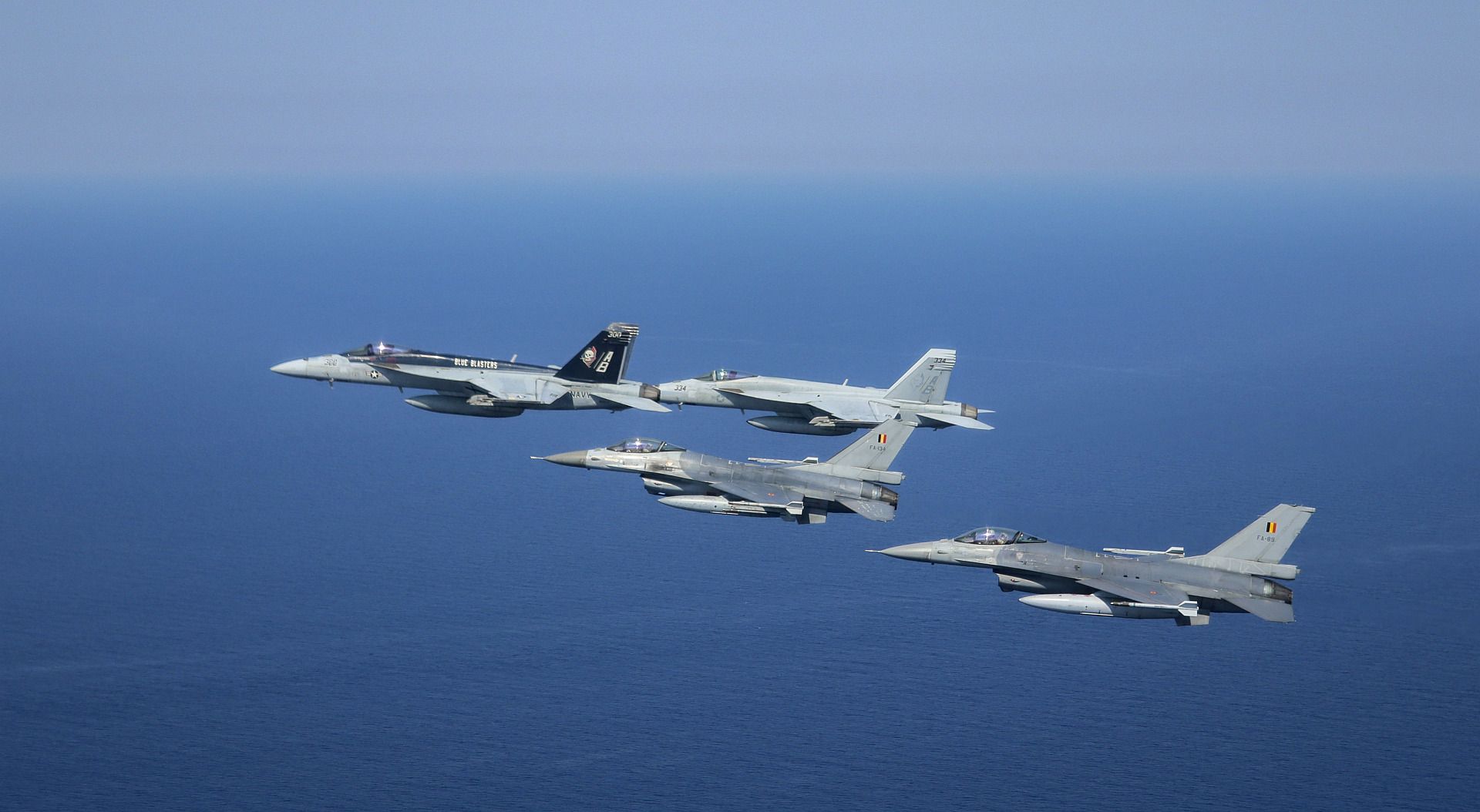
EAST CHINA SEA (July 26, 2022) AH-1Z Cobra helicopter after taking off from the forward-deployed amphibious transport dock ship USS New Orleans’ (LPD 18) flight deck. New Orleans, part of the Tripoli Amphibious Ready Group, along with the 31st Marine Expeditionary Unit, is operating in the U.S. 7th Fleet area of responsibility to enhance interoperability with allies and partners and serve as a ready response force to defend peace and stability in the Indo-Pacific region. (U.S. Navy photo by Mass Communication Specialist 1st Class Desmond Parks)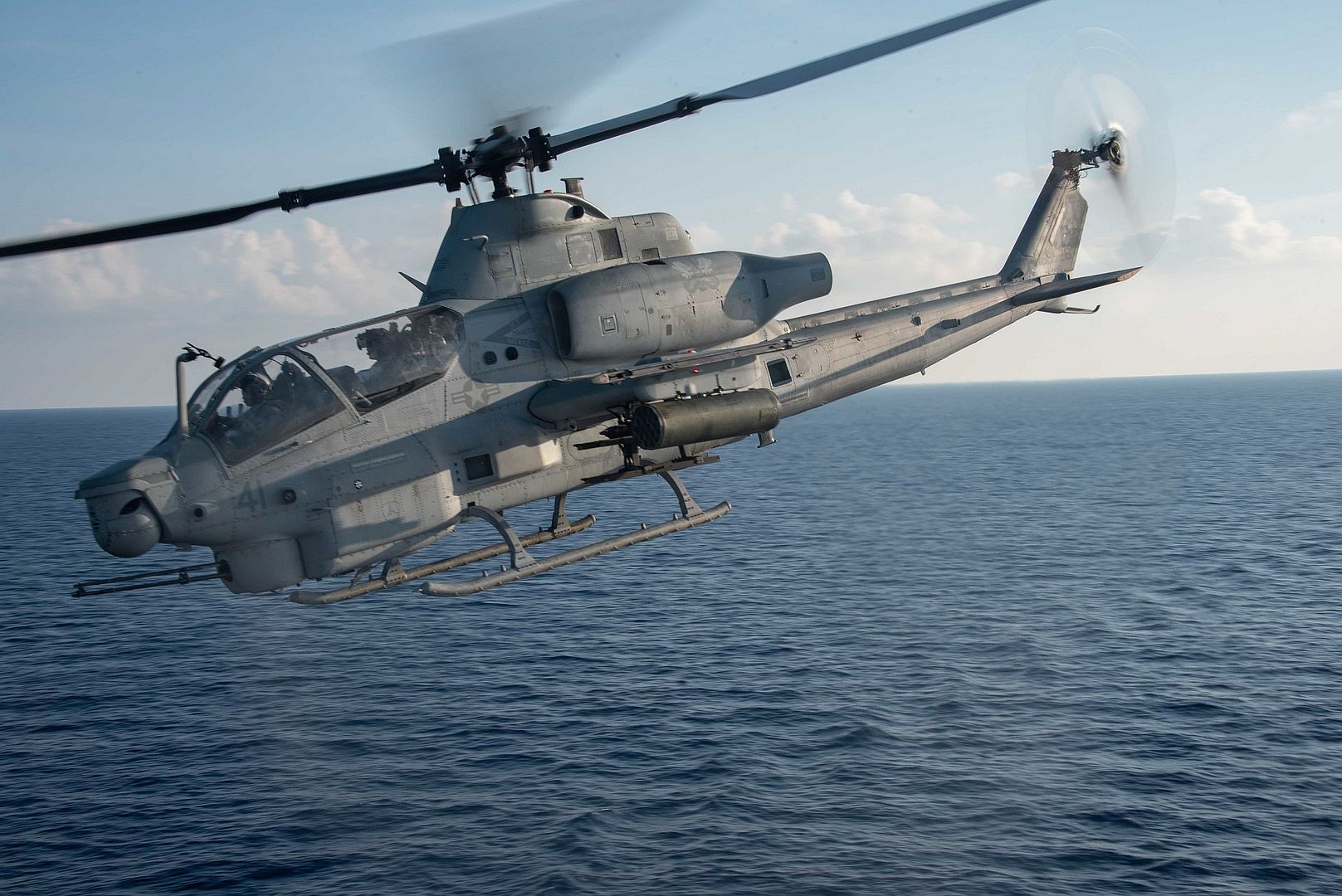
A Finnish NH90 utility helicopter transports troops as part of a multinational hot and cold load training in preparation for exercise Vigilant Fox held at Niinisalo, Finland, July 25, 2022. The 3rd Armored Brigade Combat Team, 4th Infantry Division, and units of the Finnish army began summer training in Finland to strengthen relations and help build interoperability between the two nations. (U.S. Army National Guard photo by Sgt. Agustín Montañez)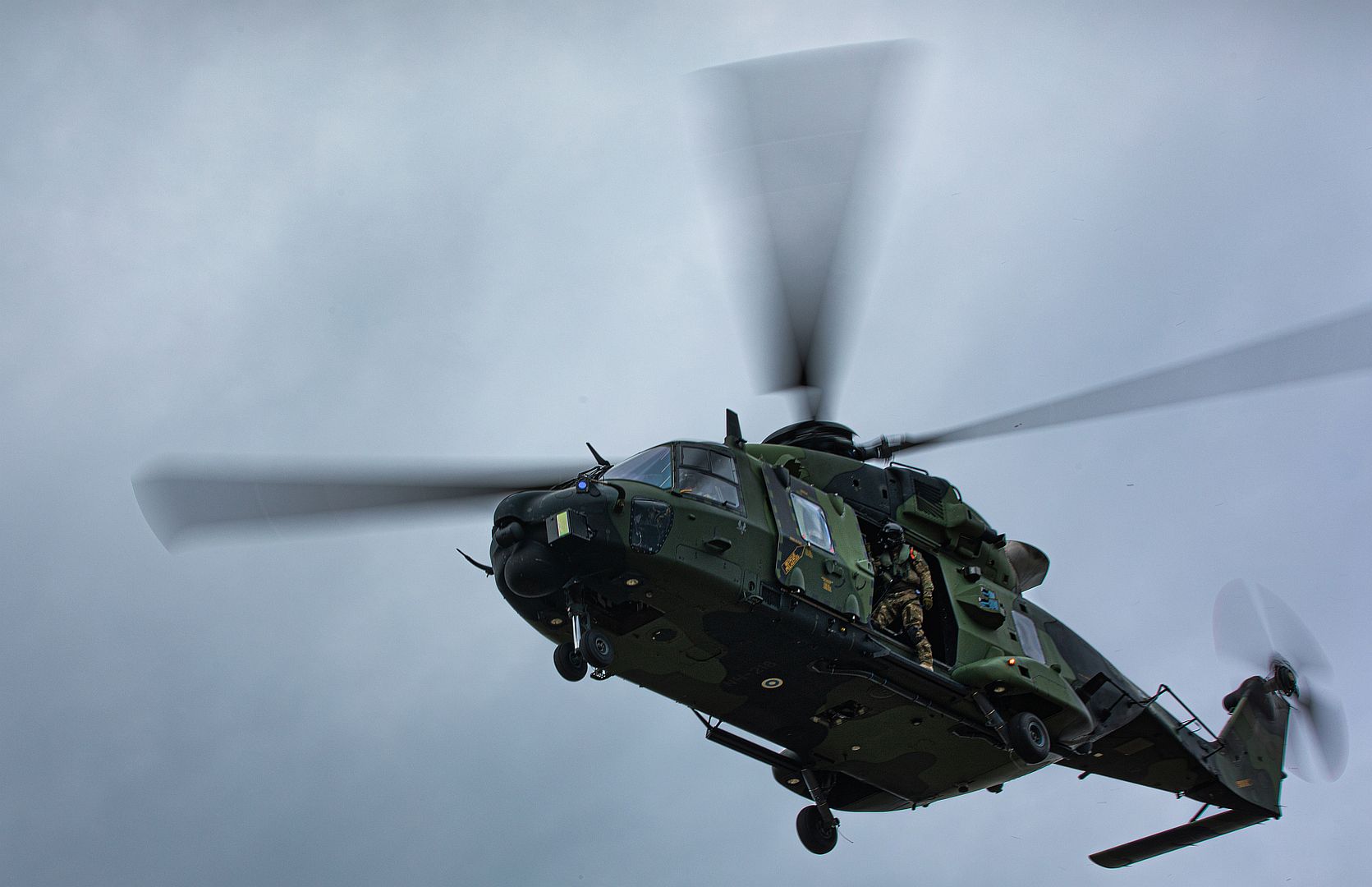
An F-16 Aggressor assigned to the 64th Aggressor Squadron, Nellis Air Force Base, Nevada, takes off for a mission during Red Flag-Nellis 22-3, July 18, 2022. During Red Flag 22-3 the aggressor nation refines threat replication, applies advanced threats and jamming capabilities and increased threat capabilities to maximize training in non-permissive environments. (U.S. Air Force photo by William R. Lewis)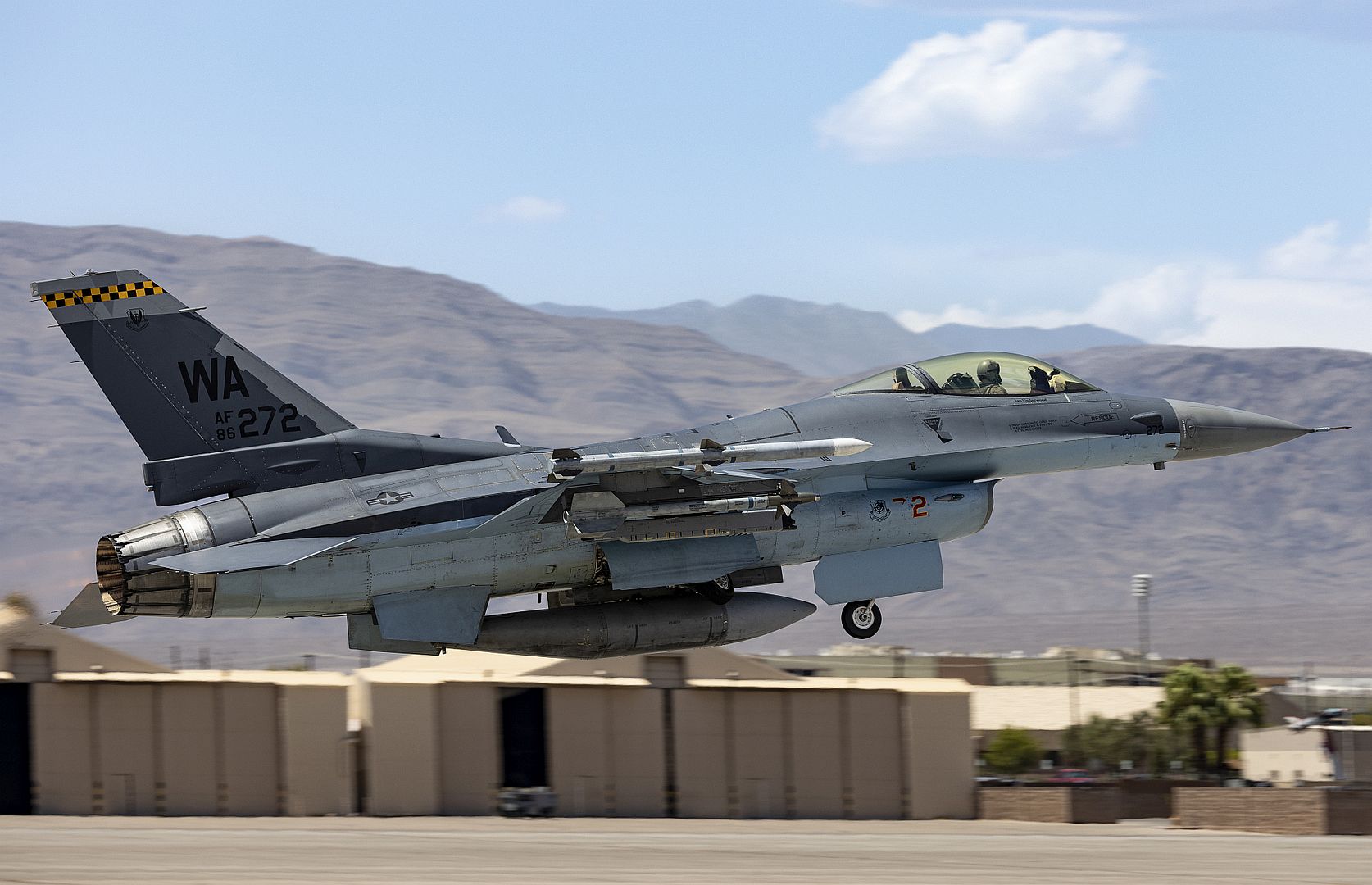
Two F-16 Aggressors assigned to the 64th Aggressor Squadron, Nellis Air Force Base, Nevada, prepare to take off for a mission, during Red Flag-Nellis 22-3, July 20, 2022. The 414th Combat Training Squadron conducts Red Flag exercises to provide aircrews the experience of multiple, intensive air combat sorties in the safety of a training environment. (U.S. Air Force photo by William R. Lewis)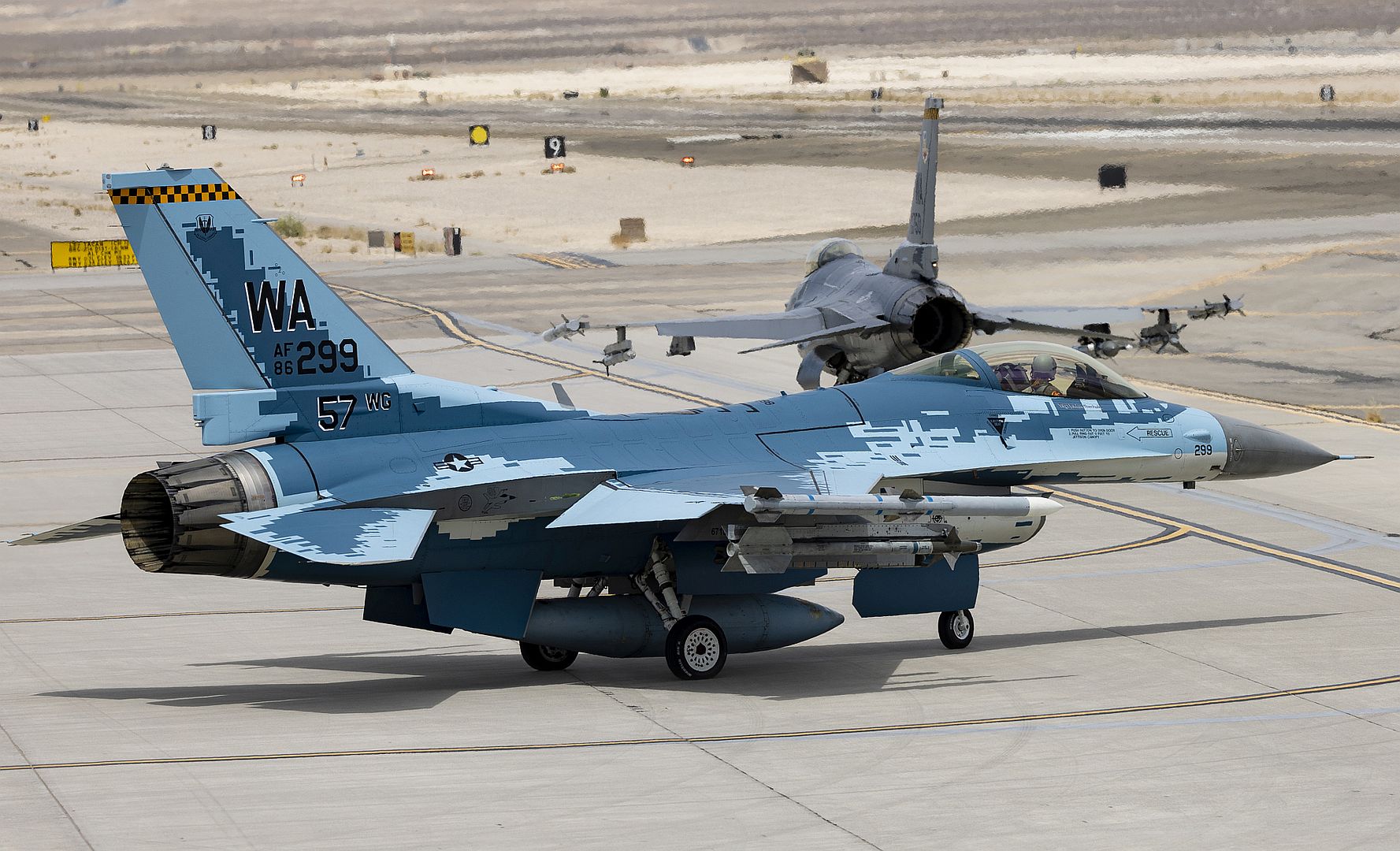
An F-16 Aggressor assigned to the 64th Aggressor Squadron, Nellis Air Force Base, Nevada, waits to take off for a mission during Red Flag-Nellis 22-3, July 20, 2022. During Red Flag 22-3 the aggressor nation refines threat replication, applies advanced threats and jamming capabilities and increased threat capabilities to maximize training in non-permissive environments. (U.S. Air Force photo by William R. Lewis)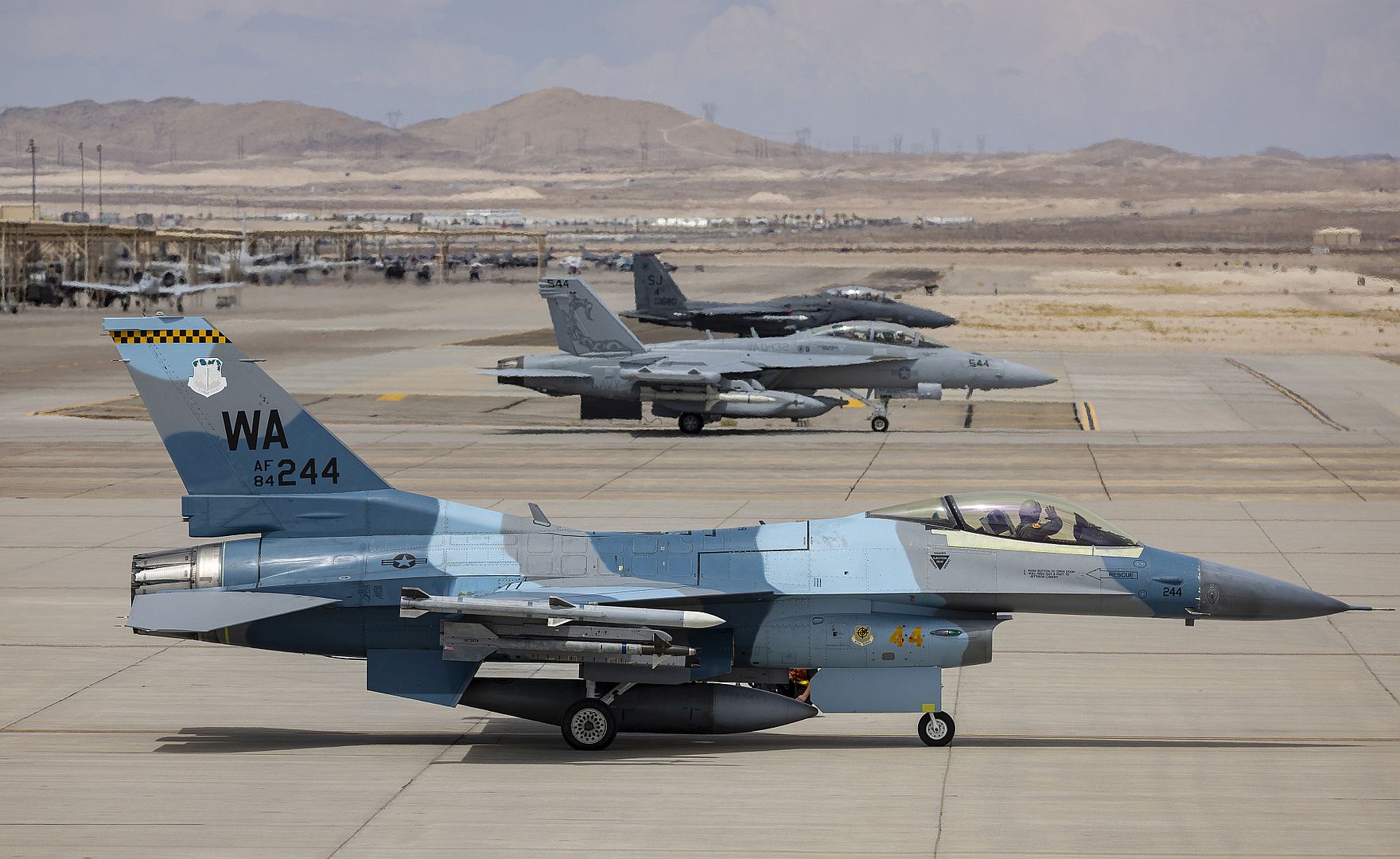
An F-35C Lightning II assigned to Strike Fighter Squadron (VFA) 147, Naval Air Station Lemoore, California, gets ready to take off for a mission during Red Flag-Nellis 22-3, July 12, 2022. Strike Fighter Squadron (VFA) 147 is one of more than 24 units from across the Department of Defense, participating in Red Flag-Nellis 22-3. (U.S. Air Force photo by William R. Lewis)
The U.S. Air Force Air Demonstration Squadron "Thunderbirds" F-16 FIghting Falcon on the ramp at Montana's Military Open House "Flight over the Falls" at Montana Air National Guard Base, Great Falls, Montana, July 23, 2022. The Thunderbirds are the U.S. Air Force's premier air demonstration squadron. (U.S. Air National Guard photo by Master Sergeant Joe A. Davis)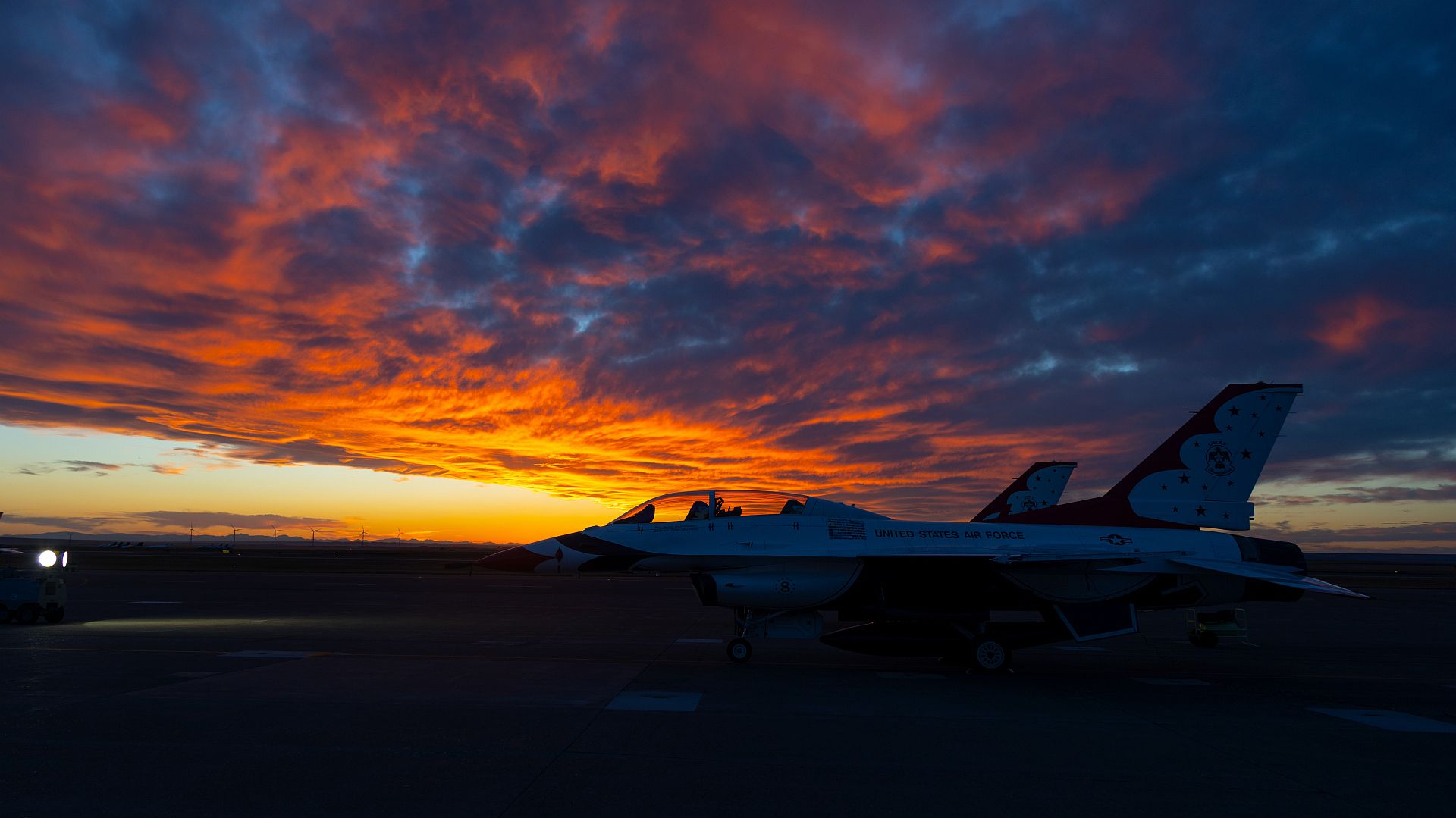
A U.S. Navy EA-18G Growler assigned to the Naval Air Station Whidbey Island, Washington, waits to take off for a late-night, Red Flag-Nellis mission at Nellis Air Force Base, Nevada, July 19, 2022. In the last fifteen years, the EA-18G Growler has spanned the globe in support of all major and rapid reaction action. (U.S. Air Force photo by William R. Lewis)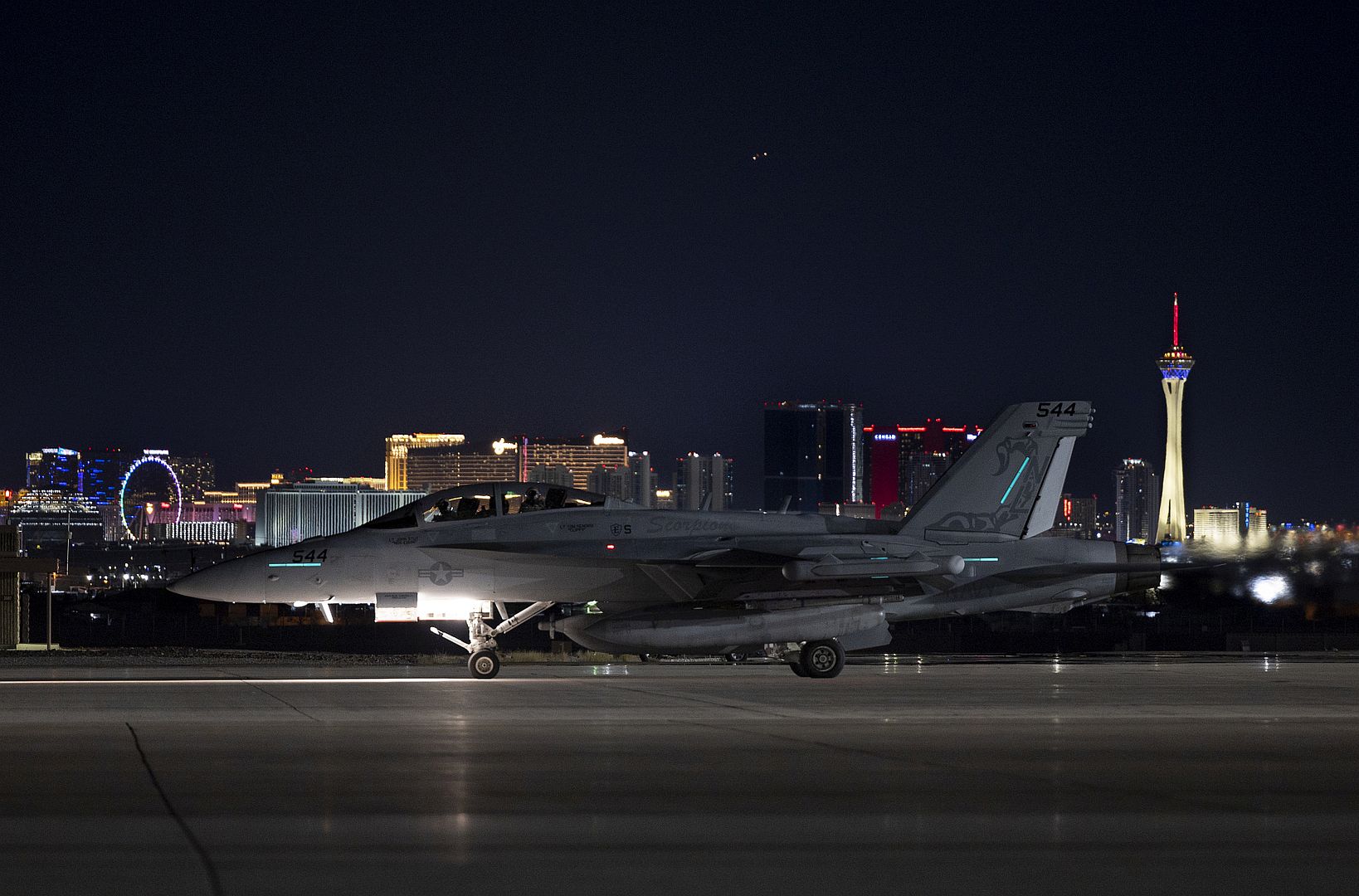
A U.S. Navy EA-18G Growler assigned to the Naval Air Station Whidbey Island, Washington, gets ready to take off from Nellis Air Force Base, Nevada, July 19, 2022. In the last fifteen years, the EA-18G Growler has spanned the globe in support of all major and rapid reaction action. (U.S. Air Force photo by William R. Lewis)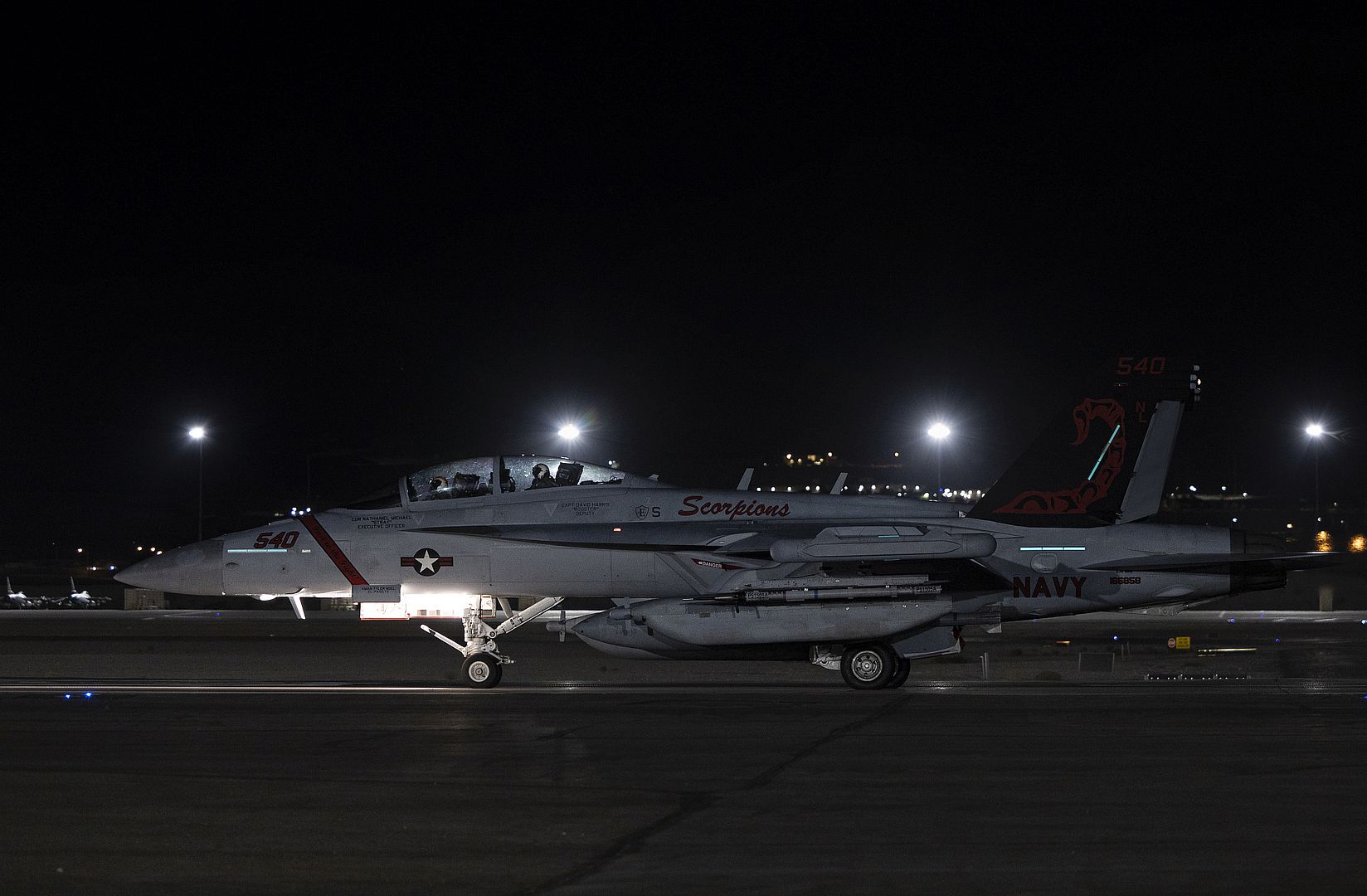
Fort Worth, TX (27 July 2022) – Bell Textron Inc., a Textron Inc. (NYSE:TXT) company, announced today the signed purchase agreement for two SUBARU BELL 412EPX aircraft to the New York Police Department Aviation Unit. The two aircraft will be the ninth Bell product to join the NYPD rotorcraft fleet and will be configured for Search and Rescue (SAR) missions.
“The NYPD is one of the most notable law enforcement agencies in the world, and Bell is proud the Aviation Unit has selected the SUBARU BELL 412EPX and continues to put its trust in Bell,” said Lane Evans, managing director, Americas. “In addition to being highly equipped with the latest technology and avionics, the SUBARU BELL 412EPX will deliver new capabilities and readiness for critical missions.”
“The New York City Police Department is exceptionally pleased to add these high-quality aircraft to our fleet,” said NYPD Deputy Inspector Louis Soviero, commanding officer of the Aviation Unit. “As one of the first airborne law enforcement divisions in the world, the NYPD’s Aviation Unit performs air/sea search-and-rescue missions, tactical support, port security, counterterror operations, patrol functions, and more. This critical work deeply depends on the performance and reliability of our aircraft – and the NYPD is fully confident that today’s additions will improve our fleet and enhance our public-safety mission.”
Bell and NYPD share a long history dating back to 1948 when a Bell 47, the first Bell helicopter to be used as part of an airborne law enforcement team, joined the NYPD Aviation Unit. The NYPD currently operate two Bell 412EPs, a Bell 407 and four Bell 429s in service for a variety of missions, ranging from search and rescue at sea to gathering intelligence. NYPD’s Aviation Unit also relies on a Cessna Caravan 208EX to combat counterterrorism.
Certified in 2018, the SUBARU BELL 412EPX possesses an increased maximum internal weight of 12,200 lbs, external weight of 13,000 lbs and up to 5,000 lbs of goods with a cargo hook. The platform enables large cargo and personnel transportation with its ability to carry up to 5,385 lbs.
The SUBARU BELL 412EPX benefits from a more robust main rotor gearbox dry run capability and mast torque output of +11% at speeds below 60 knots, providing operators the ability to transport more supplies and perform operations more efficiently.
-
 Main AdminU.S. Air Force Airman 1st Class Nicholas VonTomaszewski, 6th Aircraft Maintenance Squadron (AMXS) comm/nav technician, and Staff Sgt. Raymond Walton, 927th AMX comm/nav technician, replace an antenna coupler on a KC-135 Stratotanker aircraft assigned to the 6th Air Refueling Wing at MacDill Air Force Base, Florida, July 26, 2022. The coupler is used to routinely test the effectiveness of the aircraft’s threat detection systems. (U.S. Air Force photos by Airman 1st Class Joshua Hastings)
Main AdminU.S. Air Force Airman 1st Class Nicholas VonTomaszewski, 6th Aircraft Maintenance Squadron (AMXS) comm/nav technician, and Staff Sgt. Raymond Walton, 927th AMX comm/nav technician, replace an antenna coupler on a KC-135 Stratotanker aircraft assigned to the 6th Air Refueling Wing at MacDill Air Force Base, Florida, July 26, 2022. The coupler is used to routinely test the effectiveness of the aircraft’s threat detection systems. (U.S. Air Force photos by Airman 1st Class Joshua Hastings)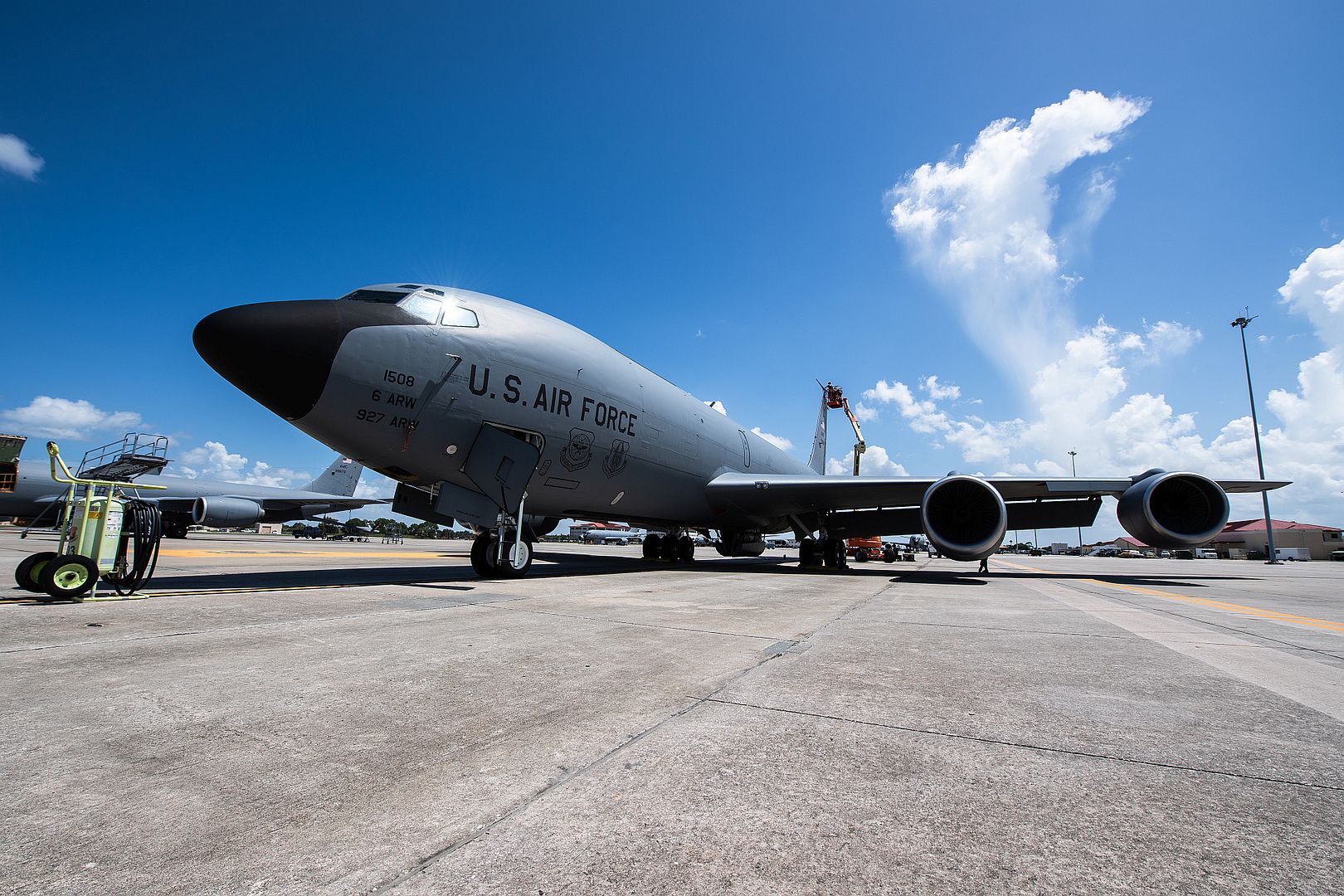
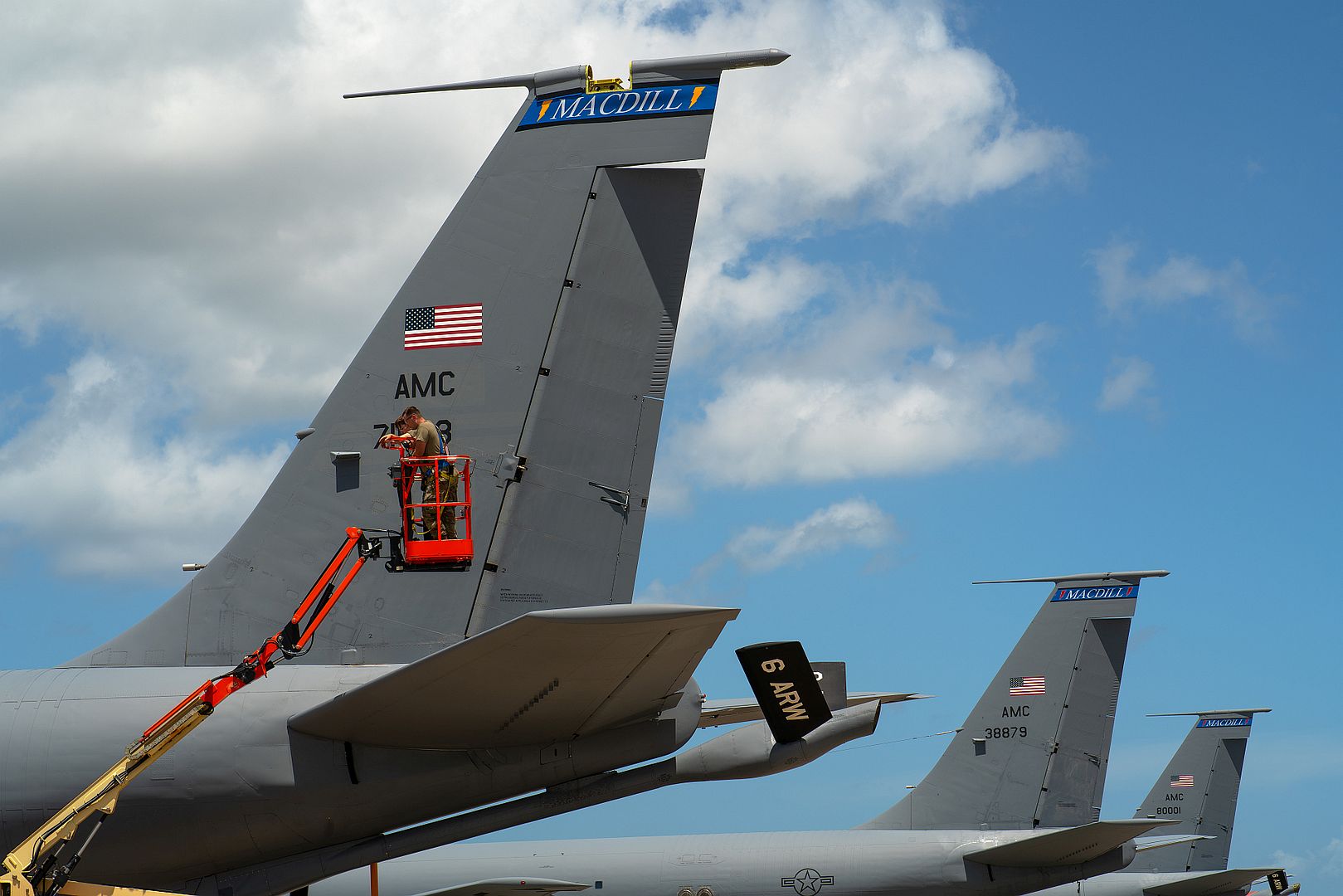
Crew members from the Commemorative Air Force prepare a B-17 Flying Fortress for departure from the Sioux City, Iowa Airport on July 25, 2022 where the aircraft had been on display over the weekend. The aircraft is one of only 5 remaining active Flying Fortress aircraft remaining. U.S. Air National Guard photos Senior Master Sgt. Vincent De Groot .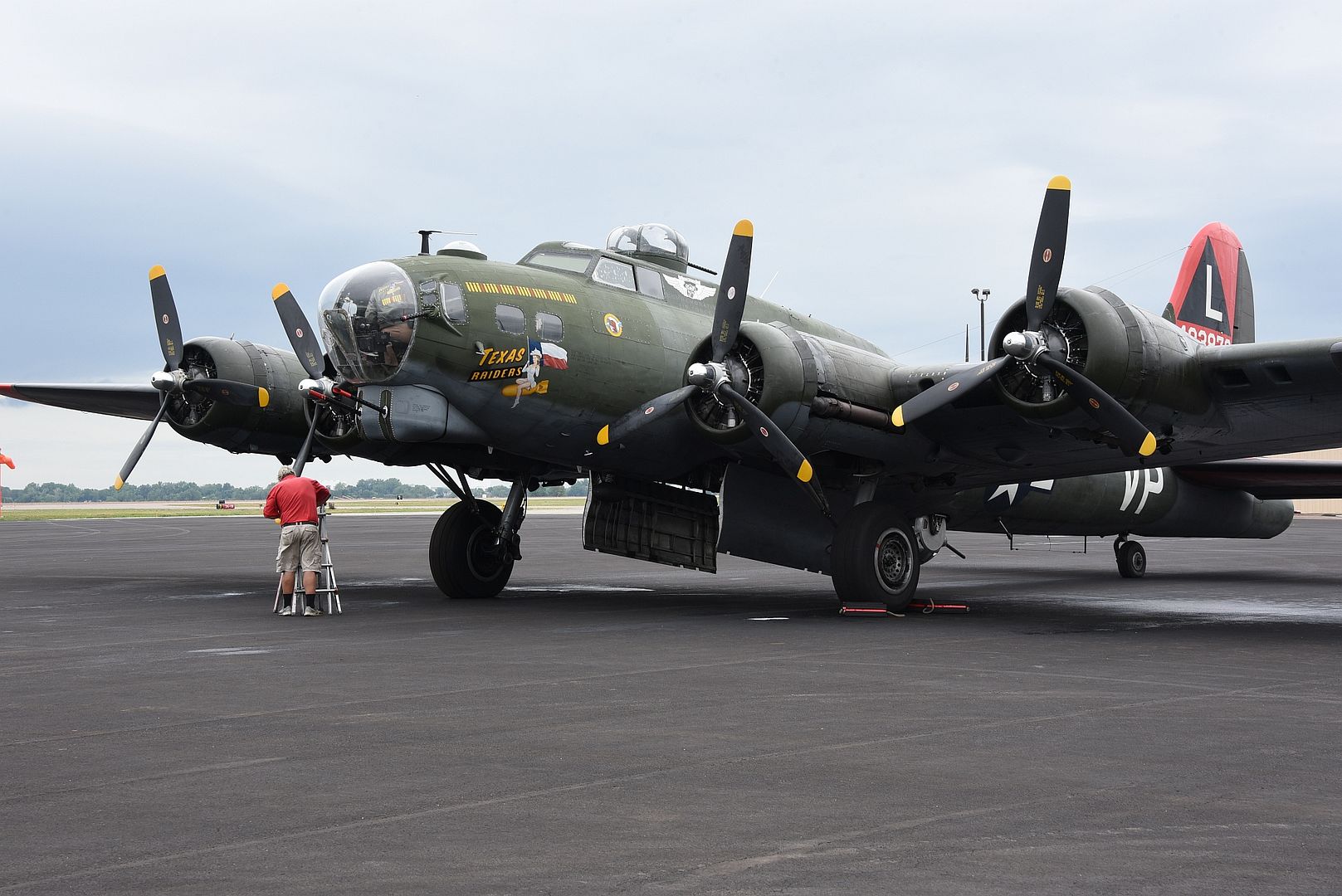

An Indian Navy P-8 Poseidon is positioned in a parking spot during Rim of the Pacific Exercise 2022 at Joint Base Pearl Harbor-Hickam, Hawaii, June 25, 2022. More than 30 nations are participating in this year’s biennial exercise, which is the world’s largest international maritime exercise. (U.S. Air Force photo by Staff Sgt. Alan Ricker)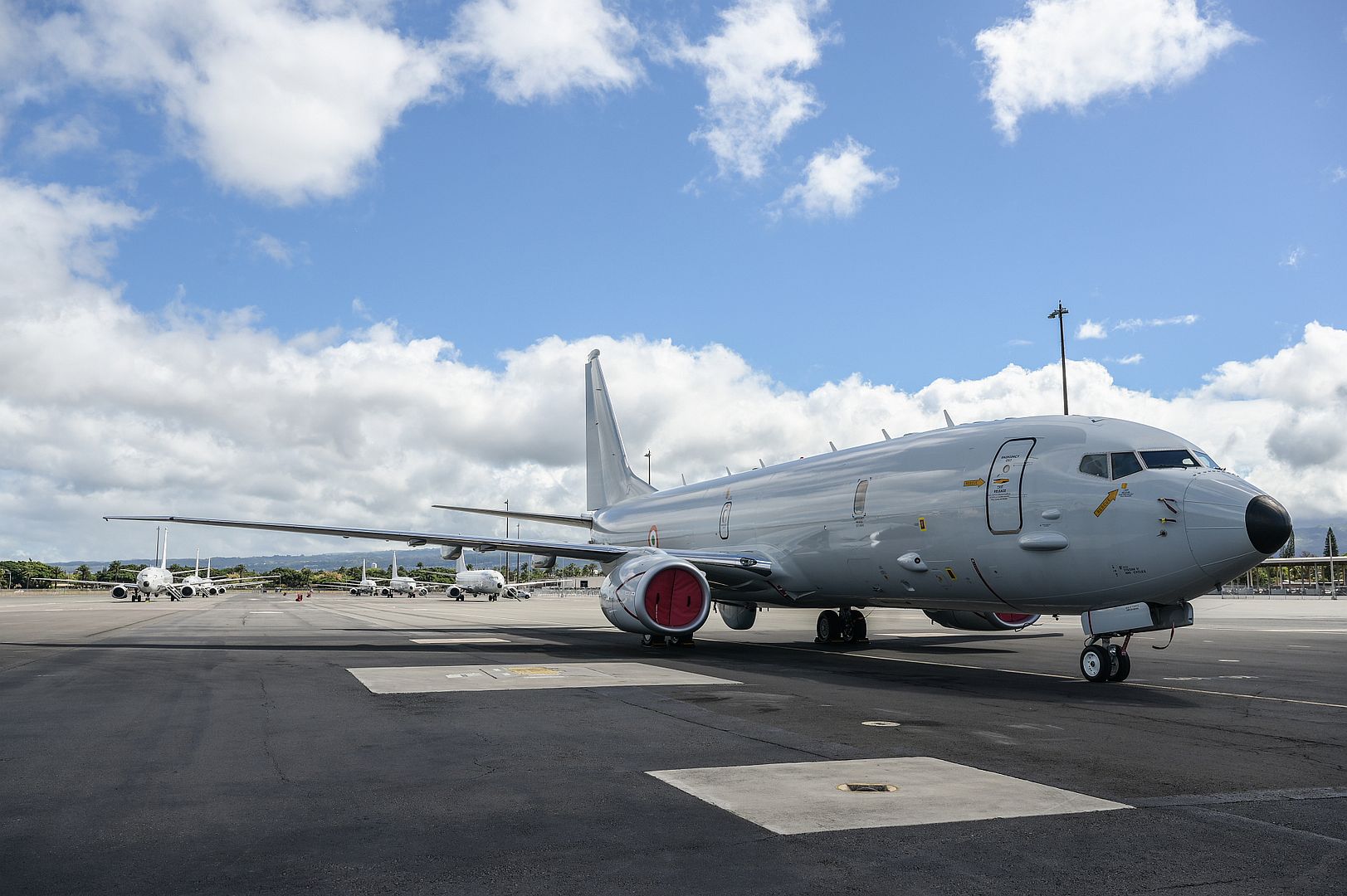
An A-10 Thunderbolt II aircraft from the 924th Fighter Group, Davis-Monthan Air Force Base, Arizona taxis on the runway in support of RIMPAC 22, Marine Corps Base Hawaii on 21 July 2022. Twenty-six nations, 38 ships, three submarines, more than 170 aircraft and 25,000 personnel - including Reserve Citizen Airmen from the 624 RSG -- are participating in #RIMPAC2022 from June 29 to Aug. 4 in and around the Hawaiian Islands and Southern California. The world's largest international maritime exercise, RIMPAC provides a unique training opportunity while fostering and sustaining cooperative relationships among participants critical to ensuring the safety of sea lanes and security on the world's oceans. RIMPAC 2022 is the 28th exercise in the series that began in 1971,
which aims to strengthen partners' collective forces and promote a free and open Indo-Pacific.
(Photo by James Bowman)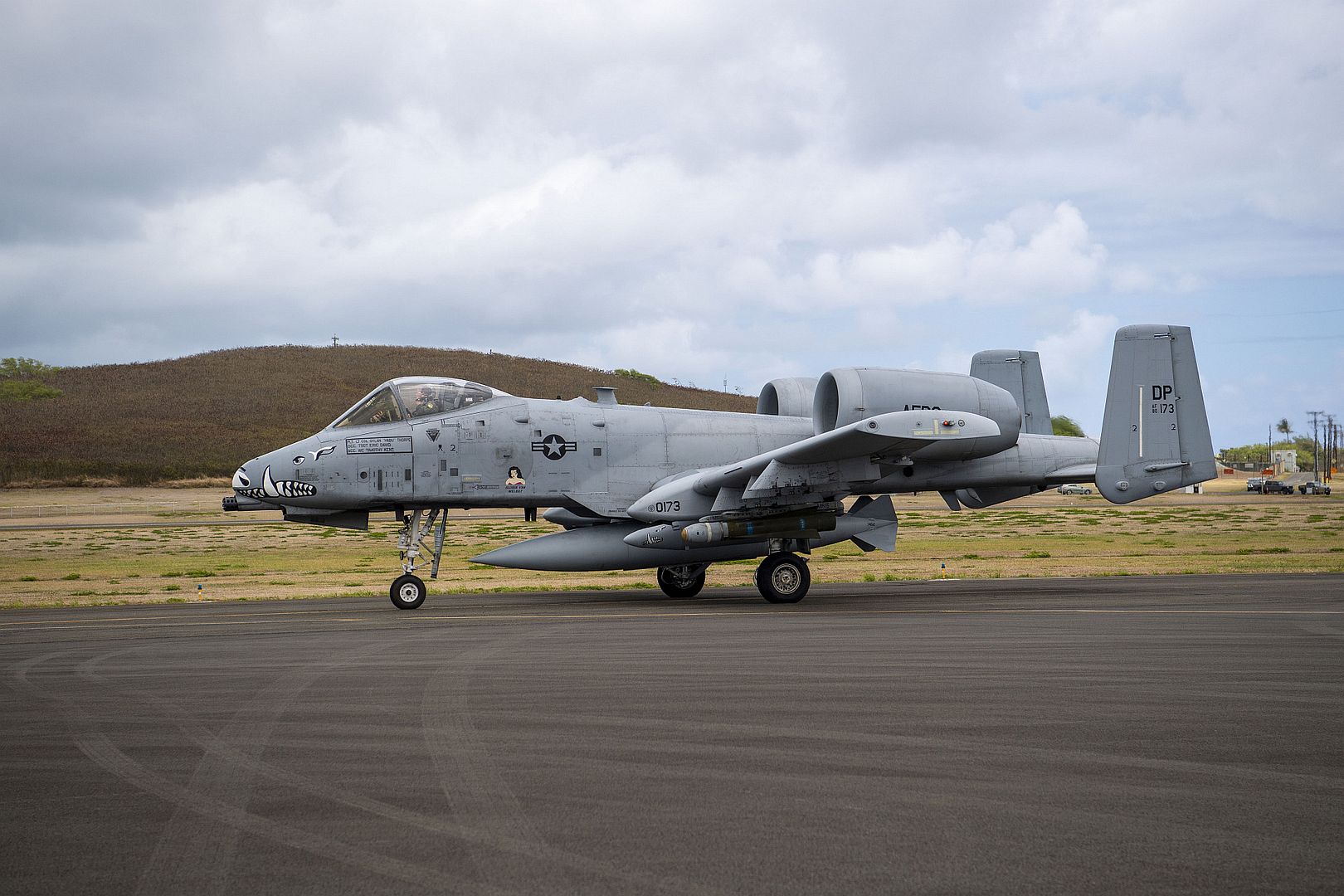
ST. LOUIS, July 28, 2022 — On July 27, 1972, the Boeing [NYSE: BA] F-15 flew for the first time with Chief Test Pilot Irv Burrows at the controls. Fifty years later, the undefeated F-15 continues to evolve and add advanced capability to the U.S. Air Force fighter fleet.
“Boeing is proud of the F-15’s proven performance and of our shared legacy on this platform with the U.S. Air Force and operators around the world,” said Prat Kumar, vice president of F-15 Programs. “With its unrivaled combat performance, five decades-long production run and continuous evolution, the F-15 has a remarkable history and continues today to be a critical asset for U.S. and allied forces. And with the development of new, advanced capabilities and the evolution of the F-15EX, the best is yet to come.”
Boeing’s F-15 program was initiated at the request of the U.S. Air Force, which needed a fighter jet designed to maintain the country’s air superiority. Through its variants, the F-15 has also served that mission internationally with numerous global customers including Japan, Israel, Saudi Arabia, Singapore, South Korea and Qatar.
The newest F-15, the F-15EX Eagle II, delivers a state-of-the-art electronic warfare system, along with contemporary sensors and avionics. The airframe, known for its unrivaled payload capacity, is capable of carrying next-generation hypersonic weapons.
The F-15’s manufacturing process has also evolved over the years to include digital design and automation and tooling, including revolutionary full-size determinant assembly advanced manufacturing processes.
“Boeing’s modernized manufacturing process improves quality while decreasing time and costs,” said Kumar. “We’ve seen increased global interest in the contemporary F-15 and its next-generation capabilities.”
More than 1,500 F-15s are in service worldwide. The U.S. Air Force took delivery of its first F-15EX in March 2021.
As a leading global aerospace company, Boeing develops, manufactures and services commercial airplanes, defense products and space systems for customers in more than 150 countries. As a top U.S. exporter, the company leverages the talents of a global supplier base to advance economic opportunity, sustainability and community impact. Boeing's diverse team is committed to innovating for the future, leading with sustainability, and cultivating a culture based on the company's core values of safety, quality and integrity. Join our team and find your purpose at boeing.com/careers.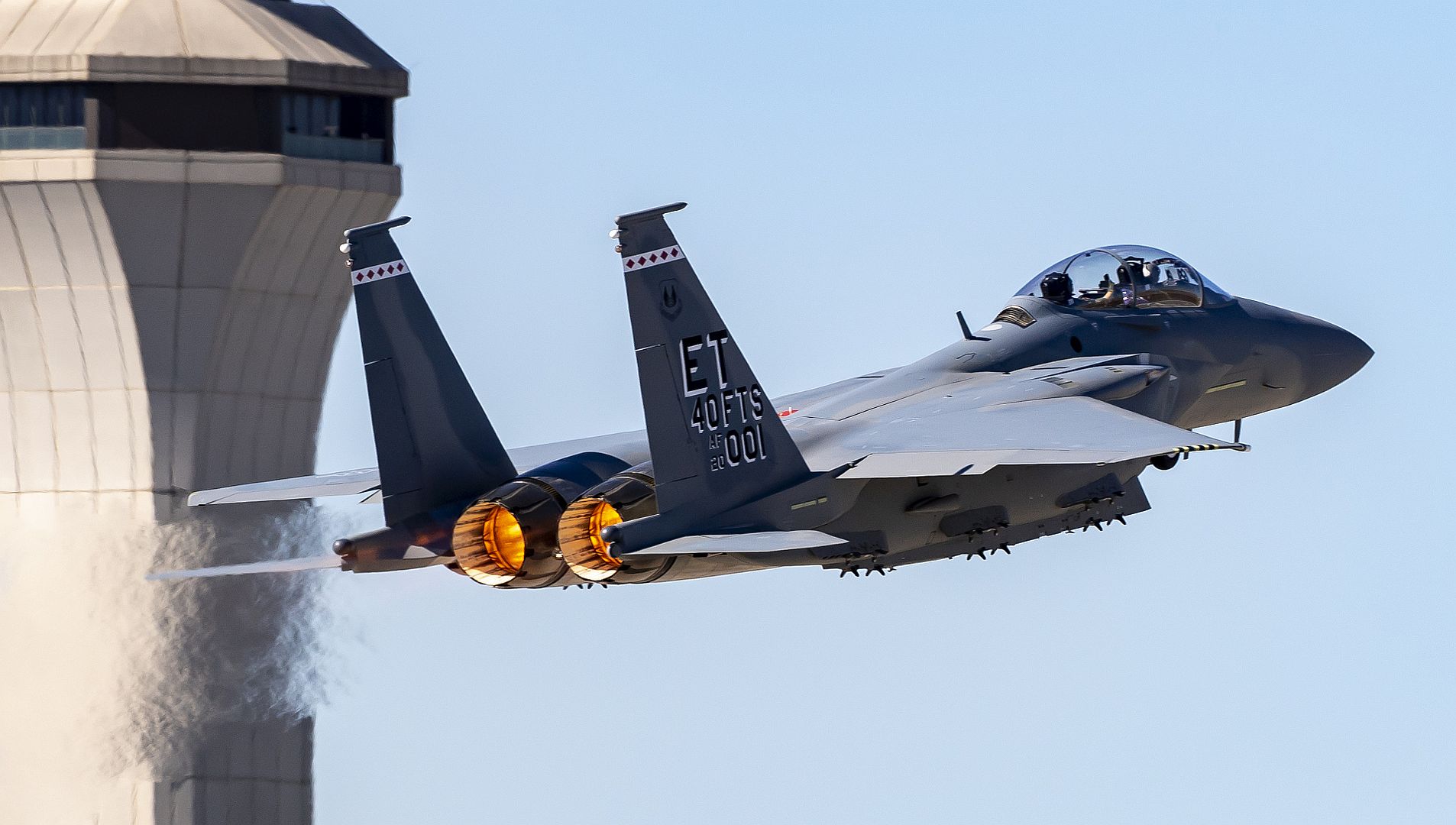
Addis Ababa, Ethiopia 28 July 2022 – Ethiopian Airlines Group, the flag carrier of Ethiopia, Africa’s largest airline group, has upsized four of its A350-900 on order to the largest variant of the A350 Family, the A350-1000, becoming Africa’s first customer for the aircraft.
Ethiopian Airlines has already ordered 22 A350-900s, of which 16 aircraft have been delivered. With the A350-1000 upsizing, Ethiopian Airlines’ backlog consists of four A350-1000s and two A350-900s.
Ethiopian Airlines Group CEO Mr. Mesfin Tasew said, “We are delighted over the upsizing of the A350-900 on order to the largest variant, A350-1000, that helps us stay ahead of the curve in technology. We are the technology leaders in the continent introducing the latest technology and fuel-efficient fleet into Africa. The A350-1000 is the best fit for our dense routes, and we believe that the upsizing will be instrumental in satisfying the increasing demand of customers in our vast global network across five continents. We will continue on keeping ourselves abreast of aviation technology advancements to enhance our service and fulfil customers’ demand.”
”We are proud of our strong partnership with Ethiopian Airlines - the first airline in Africa to order and operate the A350-900. In another first, Ethiopian Airlines is once again leading the way in Africa’s aviation sector by introducing the A350-1000, the largest version of the world’s most efficient and technologically advanced passenger aircraft.” said Mikail Houari, President, Airbus Africa and Middle East. “The A350-900 has delivered extraordinary capability, fuel efficiency, and operational reliability of 99.5 percent together with unbeatable operational flexibility and efficiency, from short to ultra-long-range operations.”
The A350-1000 will increase the East African carrier’s capacity and it will be an addition to its modern wide-body fleet. The airline will benefit from a flexible, high-value Family leveraging Airbus’ unprecedented level of commonality and same type rating.
The Airbus A350’s clean-sheet design features state-of-the-art aerodynamics, a carbon-fibre fuselage and wings, plus the most fuel-efficient Rolls-Royce Trent XWB engines. Together, these latest technologies translate into unrivalled levels of operational efficiency and sustainability for Ethiopian Airlines, with a 25% reduction in fuel-burn and CO2 emissions compared to previous generation twin-aisle aircraft.
By the end of June 2022, the A350 Family had received 940 orders from 52 customers, making it the reference large widebody family for the next decades.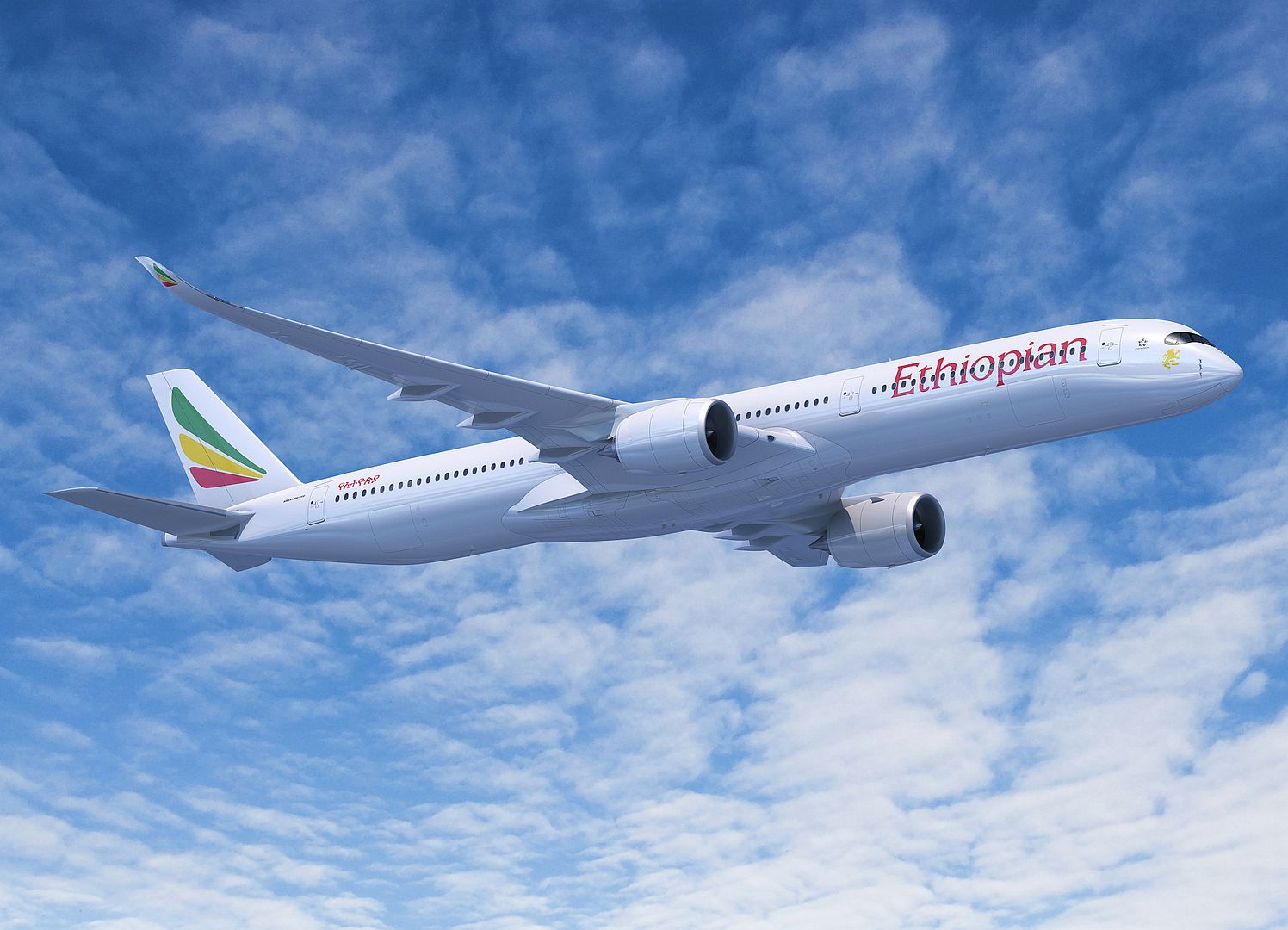
Hamburg, 28 July 2022 – JetSMART, the South American ultra-low-cost carrier (ULCC) operating in Chile, Argentina and Peru, took delivery of its first Airbus A321neo, leased from Aviation Capítal Group. The fuel-efficient single-aisle aircraft will be key in reducing the airline’s environmental footprint.
“The delivery of our first A321neo marks the beginning of a new era for JetSMART, supporting our vision to serve 100 million passengers by 2028. It is also and it is an important step in becoming the leading ULCC in South America. We worked with Airbus to configure our A321neo as the most competitive aircraft in the market, while maintaining our focus on sustainability and ultra low fares," said Estuardo Ortiz, CEO JetSMART.
“The A321neo’s performance and efficiency will allow JetSMART to continue offering low fares, while reducing its carbon footprint,” said Arturo Barreira, President of Airbus Latin America and the Caribbean.
JetSMART’s A321neo is powered by Pratt & Whitney GTF™ engines and can seat up to 240 passengers in Airbus’ award-winning Airspace cabin, which brings unique lighting displays, more personal space and a sleek design to improve passenger experience.
The A321neo incorporates new generation engines and Sharklets, which together deliver more than 20 percent fuel and CO2 savings, as well as a 50 percent noise reduction. To date the A321neo has captured more than 8,100 orders received from over 130 customers.
In Latin America and the Caribbean, Airbus has sold over 1,100 aircraft and has a backlog of over 500, with more than 700 in operation throughout the region, representing almost 60 percent market share of the in-service fleet. Since 1994, Airbus has secured approximately 70 percent of net orders in the region.
@VuelaJetSMART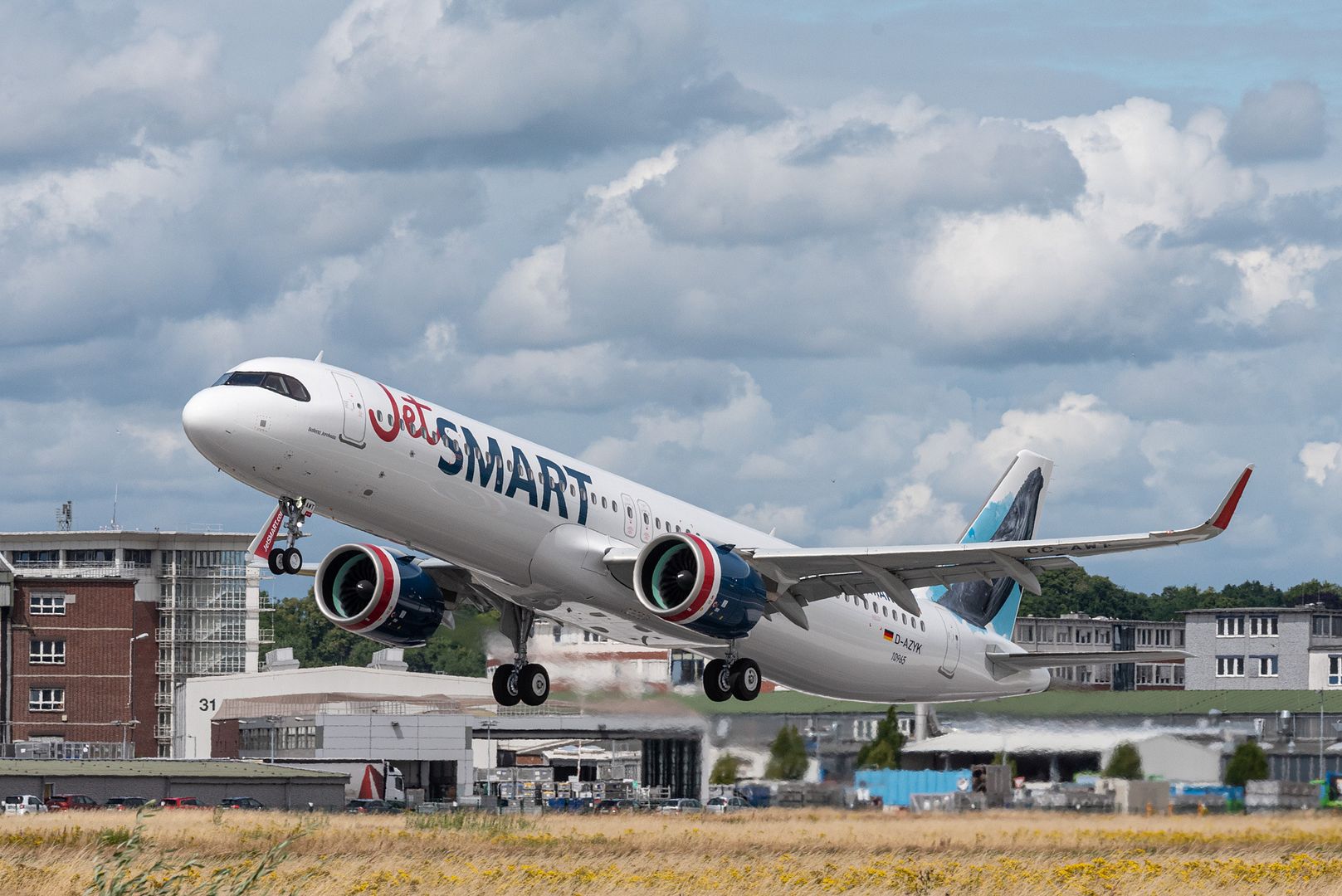
Fort Worth, TX (28 July 2022) – Bell Textron Inc., a Textron Inc. (NYSE:TXT) company, announced today the signed purchase agreement for two Bell 407GXi helicopters to Volusia County Sheriff’s Aviation Unit. This makes a total of five Bell 407 aircraft to serve in multi-mission special operations in their fleet.
“Air One relies on high-performing and reliable aircraft around the clock,” said Lane Evans, managing director, North America. “In addition to other performance enhancements, the Bell 407GXi delivers better hot and high performance and increased higher precision navigation, both critical to Air One’s mission portfolio.”
Operated out of DeLand Municipal Airport in Orlando, Florida, Air One operates 24 hours a day, seven days a week, 365 days a year to support the sheriff’s office’s aerial operations to include, law enforcement, search and rescue (SAR), fire suppression and monitoring, and special missions such as SWAT team fast rope insertions.
“For more than 20 years, Air One has relied on the Bell 407 to complete life-saving missions in Volusia and other neighboring counties,” said Captain Richard Fortin, Special Services Law Enforcement Operations Division, Volusia Sheriff’s Office. “The Bell 407GXi was Air One’s choice aircraft when looking at growing our fleet and expanding our mission efficiency.”
The Bell 407GXi is outfitted with the new Rolls-Royce M250-C47E/4 dual-channel FADEC turbine engine delivering exceptional hot and high performance, fuel efficiency and the ability to cruise at 133 kts/246 km/h. Garmin’s G1000H NXi Integrated Flight Deck, complete with high-definition displays and faster processors, offers increased brightness and clarity, faster startup and map rendering, as well as connectivity to tablets and smartphones.
-
 Main AdminA T-38 Talon four-ship formation flies over the Lamar Hunt U.S. Open Cup semifinals match between the Republic and the Kansas City Sporting July 27, 2022, in Sacramento, California. The U.S. Air Force performs close to 1,000 flyovers a year, which serve as a way to showcase the capabilities of its aircraft while also inspiring patriotism and future generations of aviation enthusiasts. (U.S. Air Force photos by Senior Airman Frederick A. Brown)
Main AdminA T-38 Talon four-ship formation flies over the Lamar Hunt U.S. Open Cup semifinals match between the Republic and the Kansas City Sporting July 27, 2022, in Sacramento, California. The U.S. Air Force performs close to 1,000 flyovers a year, which serve as a way to showcase the capabilities of its aircraft while also inspiring patriotism and future generations of aviation enthusiasts. (U.S. Air Force photos by Senior Airman Frederick A. Brown)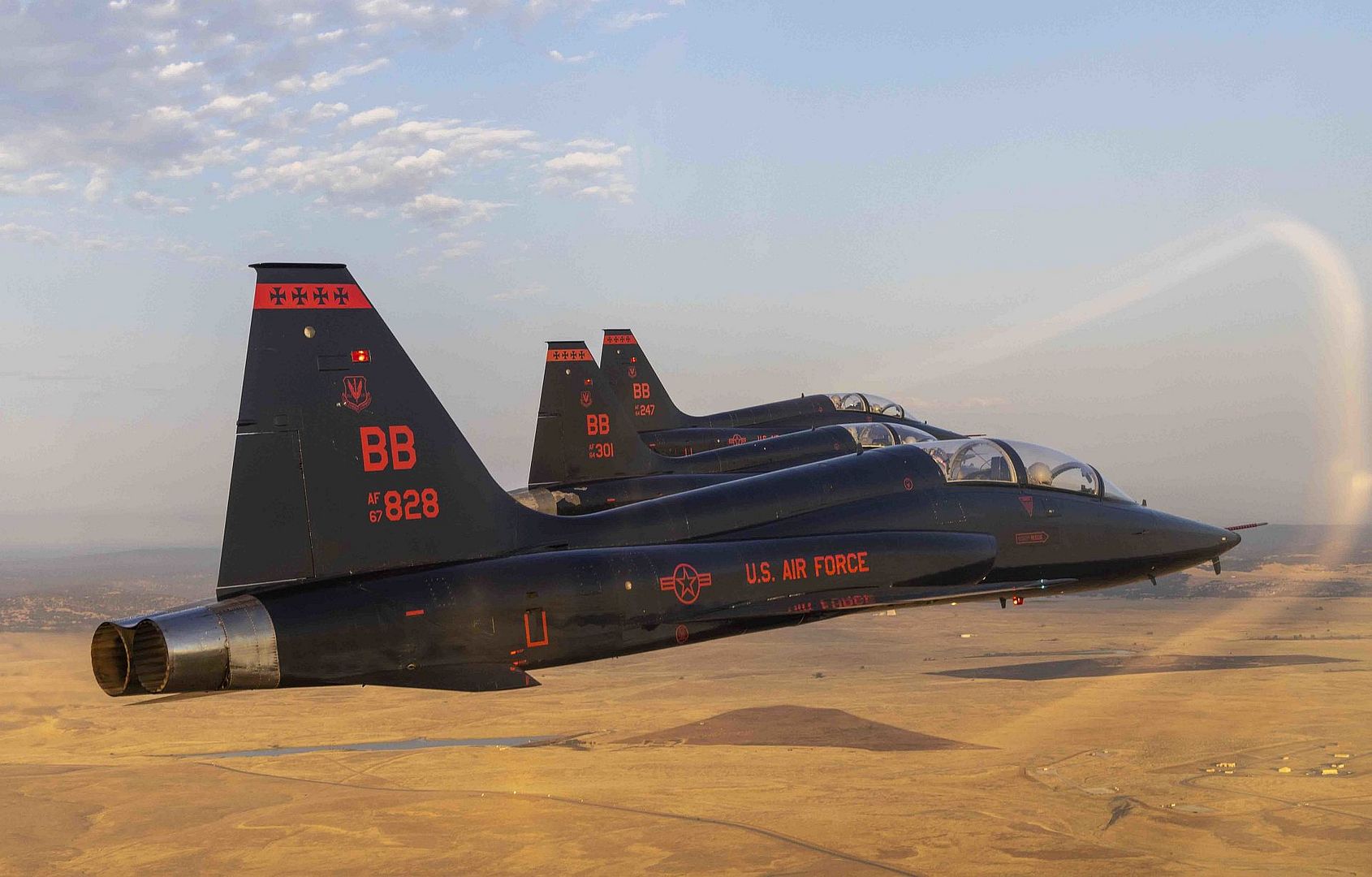
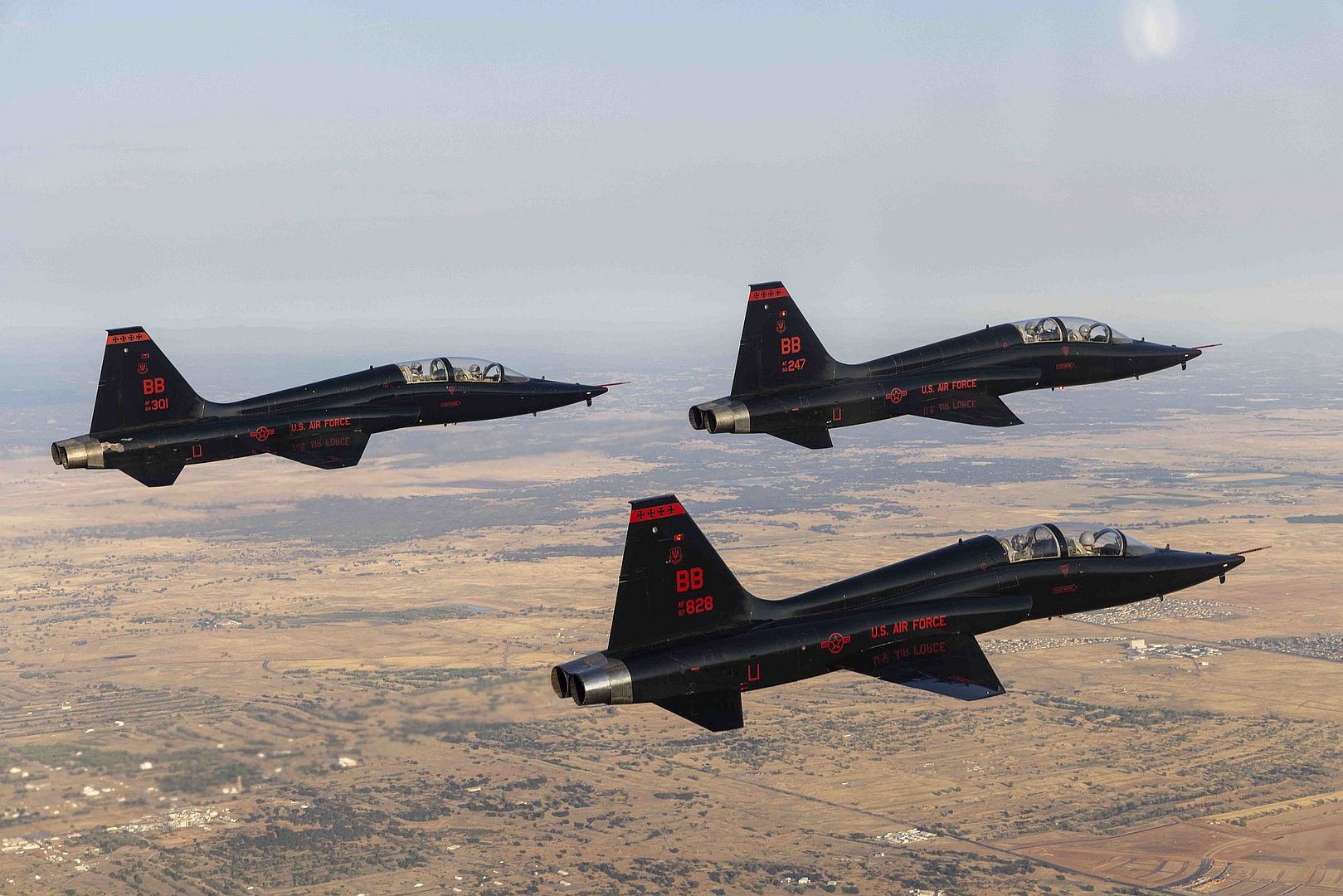
U.S. Air Force Airmen from the 435th Contingency Response Squadron perform hot-pit refueling on a F-15E Strike Eagle assigned to the 492nd Fighter Squadron at Royal Air Force Lakenheath, July 27, 2022. The training taking place gives the U.S. Air Force the ability to employ contingency response teams in support of combat assets in the European and African theaters.(U.S. Air Force photo by Airman Austin Salazar)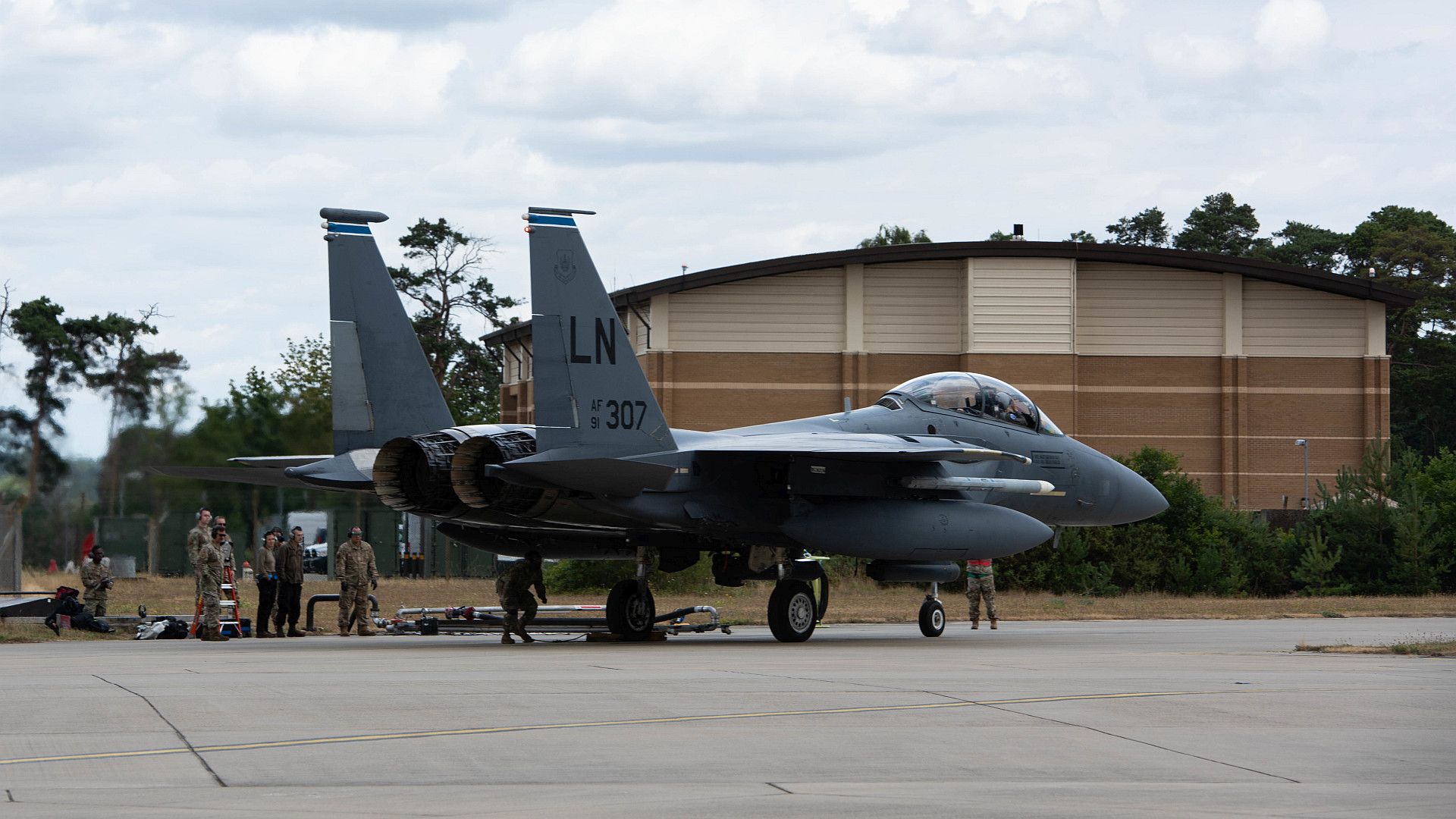
An A-10 Thunderbolt II from the 127th Wing, Selfridge Air National Guard Base, Michigan, prepares for aerial refueling with a KC-135 Stratotanker, also of the 127th Wing, on July 27, 2022. The unit employed a week-long increase in flying July 25-29, 2022, that was designed to bring full-time and drill-status guardsmen together for maximum refueling training exposure in a short amount of time. (U.S. Air National Guard photo by Terry L. Atwell)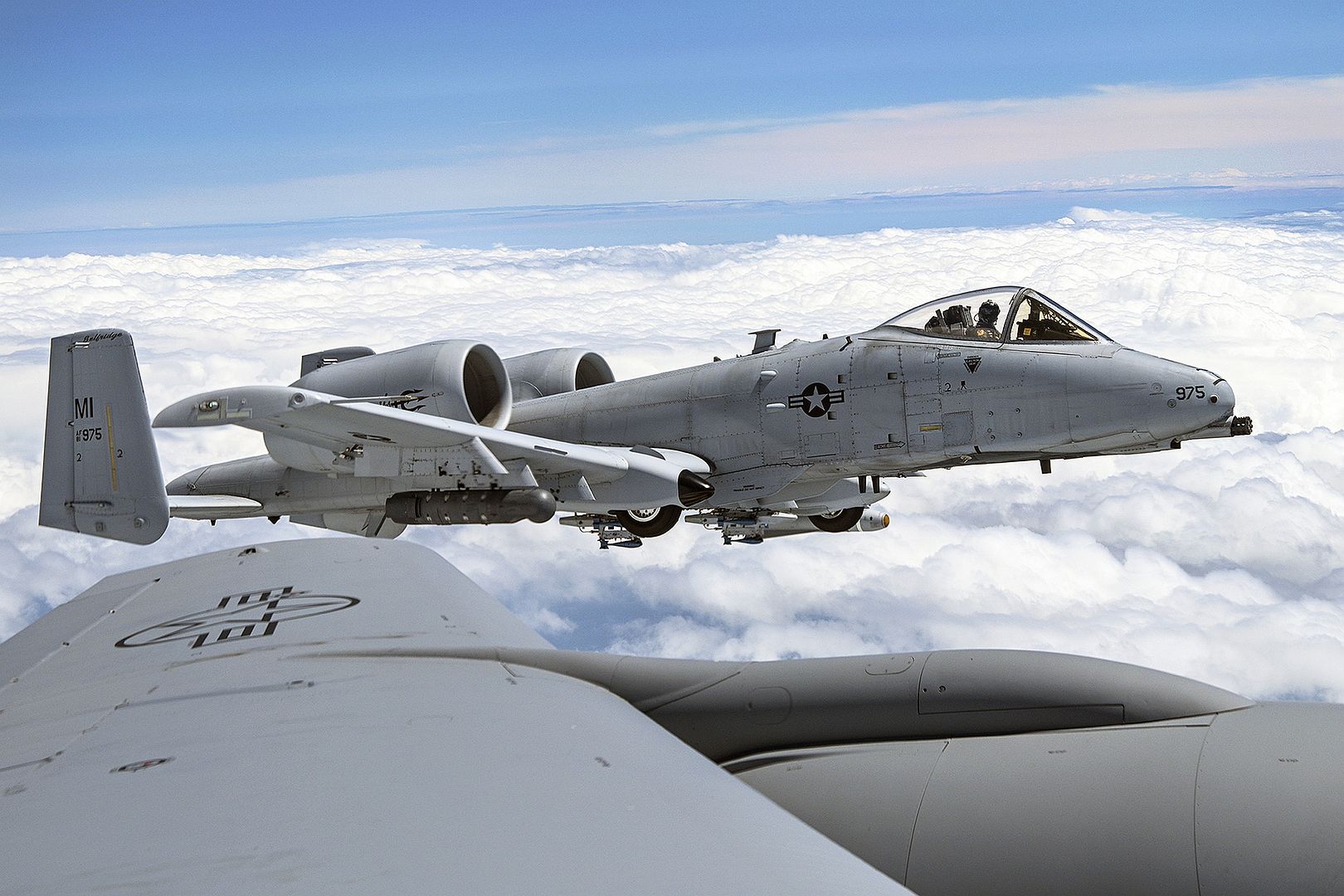
A U.S. Air Force F-16 Fighting Falcon aircraft assigned to the 31st Fighter Wing, Aviano Air Base, Italy, flies behind a U.S. Air Force KC-135 Stratotanker aircraft assigned to the 100th Air Refueling Wing, Royal Air Force Mildenhall, England, during a NATO-related vigilance activity over the Adriatic Sea, July 28, 2022. This exercise involved several NATO nations, led by the USS Harry S. Truman (CVN-75) Carrier Strike Group. These type of activities enhance NATO interoperability and cohesion, providing NATO a valuable opportunity to integrate force capability and enhance Alliance cohesion. This KC-135, which has been passed from the 92nd ARW and 141st ARW to the 100th ARW, contains a unique roll-on line-of-site enhancement (ROBE) system that amplifies the data link network available for U.S., partner nation, and NATO forces in the air. The ROBE system enhanced the 31st FW’s F-16 command and control integration, coordination and interoperability of air, land and sea capabilities, and overlapping operations into the integrated air and missile defense enterprise. (U.S. Air Force photo by Staff Sgt. Kevin Long)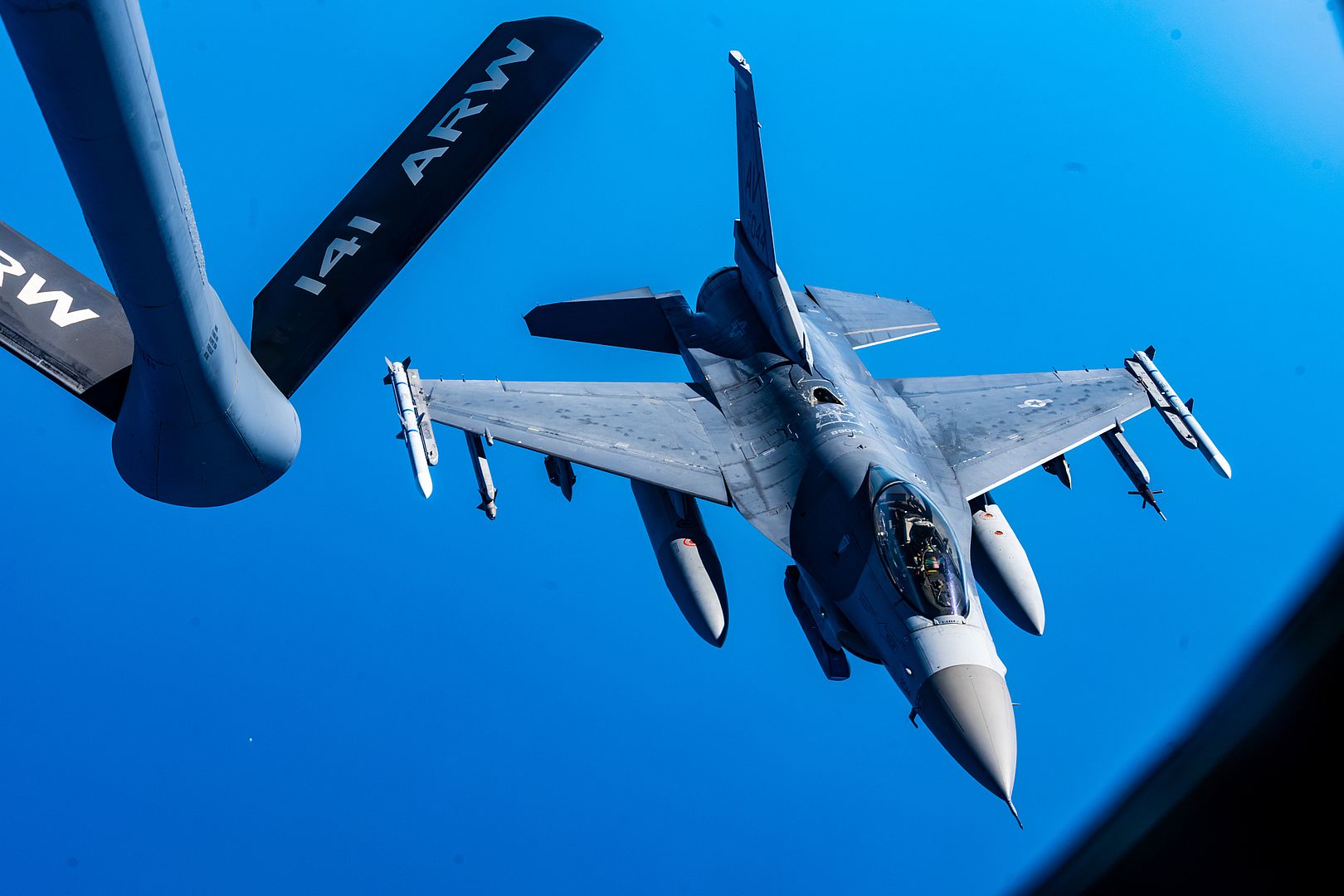
KC-135T Stratotanker aircraft from the 127th Wing, Selfridge Air National Guard base, Michigan, lined up and prepared to fly refueling missions during a surge exercise July 28, 2022. The unit employed a week-long increase in flying July 25-29, 2022, that was designed to bring full-time and drill-status guardsmen together for maximum training exposure in a short amount of time. (U.S. Air National Guard photo by Munnaf H. Joarder)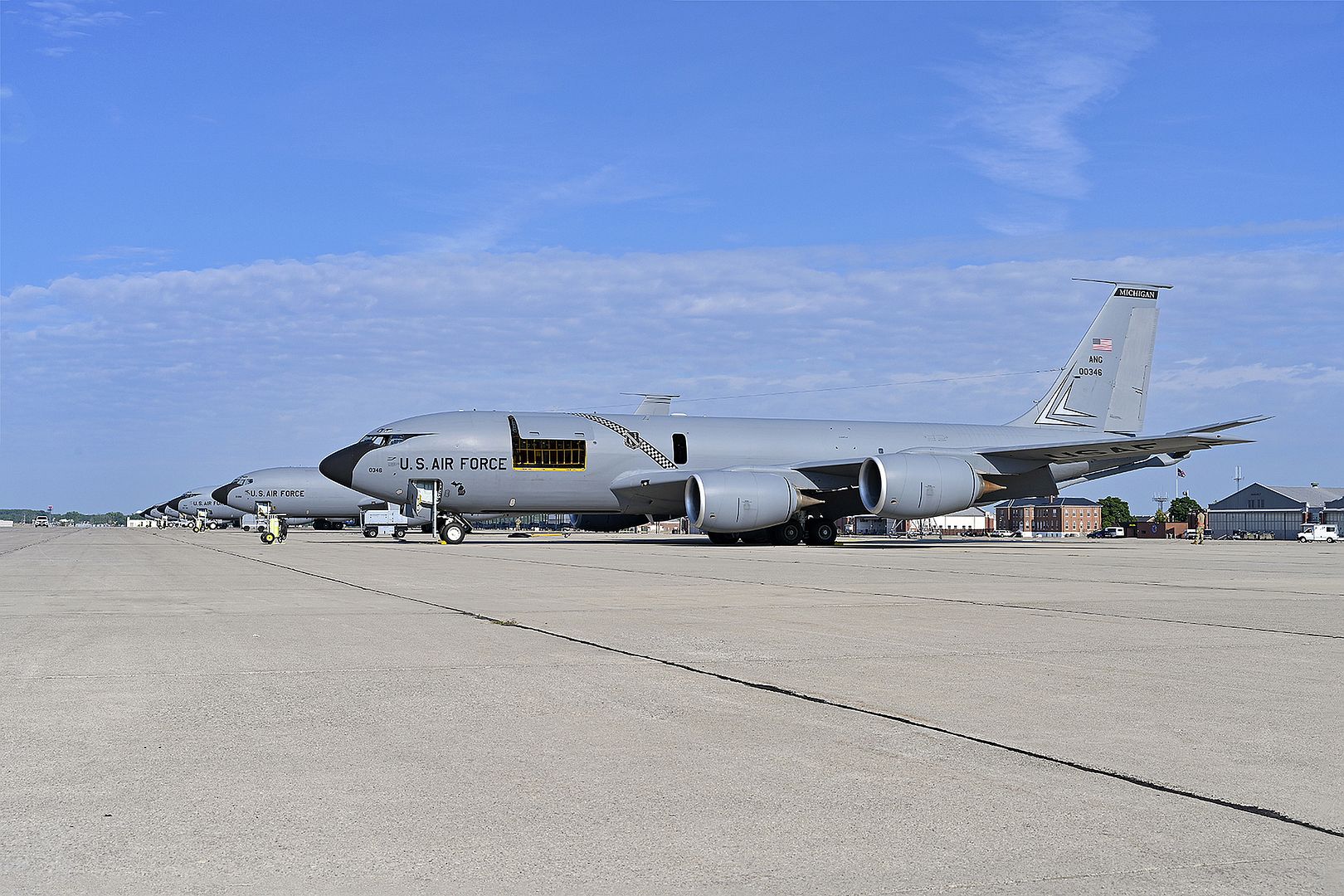
The United States Air Force Air Demonstration Squadron “Thunderbirds” practice after arrival for the Arctic Thunder Open House at Joint Base Elmendorf-Richardson, Alaska, July 28, 2022. The Thunderbirds serve as America’s premier air demonstration squadron, and are entrusted with the vital mission to recruit, retain and inspire past, present and future Airmen. (U.S. Air Force photo by Senior Airman Patrick Sullivan)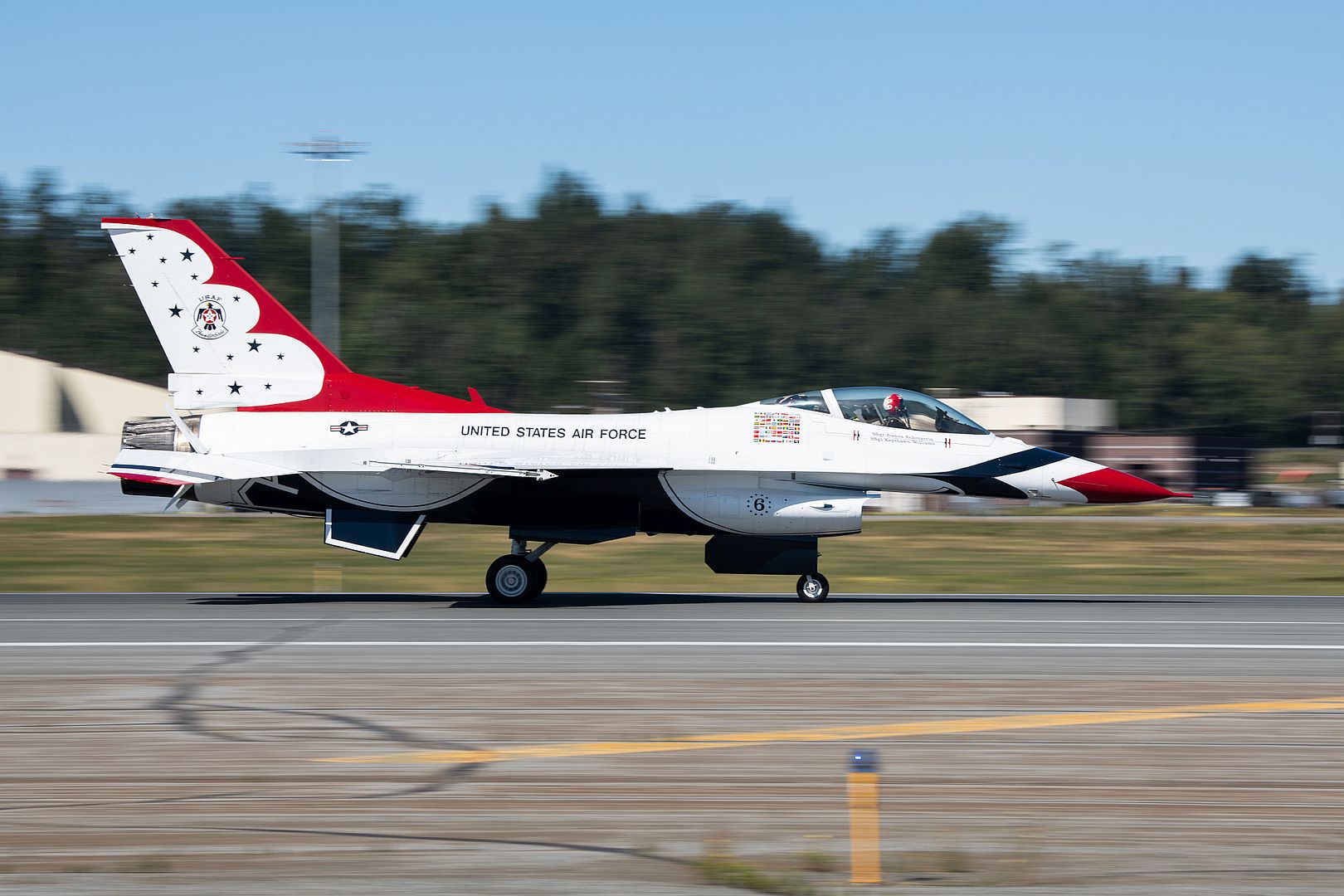
07.29.2022
The last four F-16s belonging to the Royal Netherlands Air Force taxi after landing here today at the Morris Air National Guard Base in Tucson. The Dutch were the first in a long line of foreign partners to train at Morris ANG Base, flying an average of 2,000 hours per year in the F-16 and graduating four student pilots every nine months as part of the 148th Fighter Squadron. (U.S. Air National Guard photo by Maj. Angela Walz)
An F-16 crew chief from the 162nd Wing at Morris Air National Guard Base in Tucson monitors an F-16 as it parks before engine shutdown after its final flight today. The RNLAF has commenced transition from the F-16 to the F-35. (U.S. Air National Guard photo by Maj. Angela Walz)
PACIFIC OCEAN (July 27, 2022) A Chilean Navy AS-532 Cougar idles on the flight deck of U.S. Navy Wasp-class amphibious assault ship USS Essex (LHD 2) during Rim of the Pacific (RIMPAC) 2022, July 27. Twenty-six nations, 38 ships, three submarines, more than 170 aircraft and 25,000 personnel are participating in RIMPAC from June 29 to Aug. 4 in and around the Hawaiian Islands and Southern California. The world's largest international maritime exercise, RIMPAC provides a unique training opportunity while fostering and sustaining cooperative relationships among participants critical to ensuring the safety of sea lanes and security on the world's oceans. RIMPAC 2022 is the 28th exercise in the series that began in 1971. (U.S. Navy photo by Mass Communication Specialist 3rd Class Donita Burks)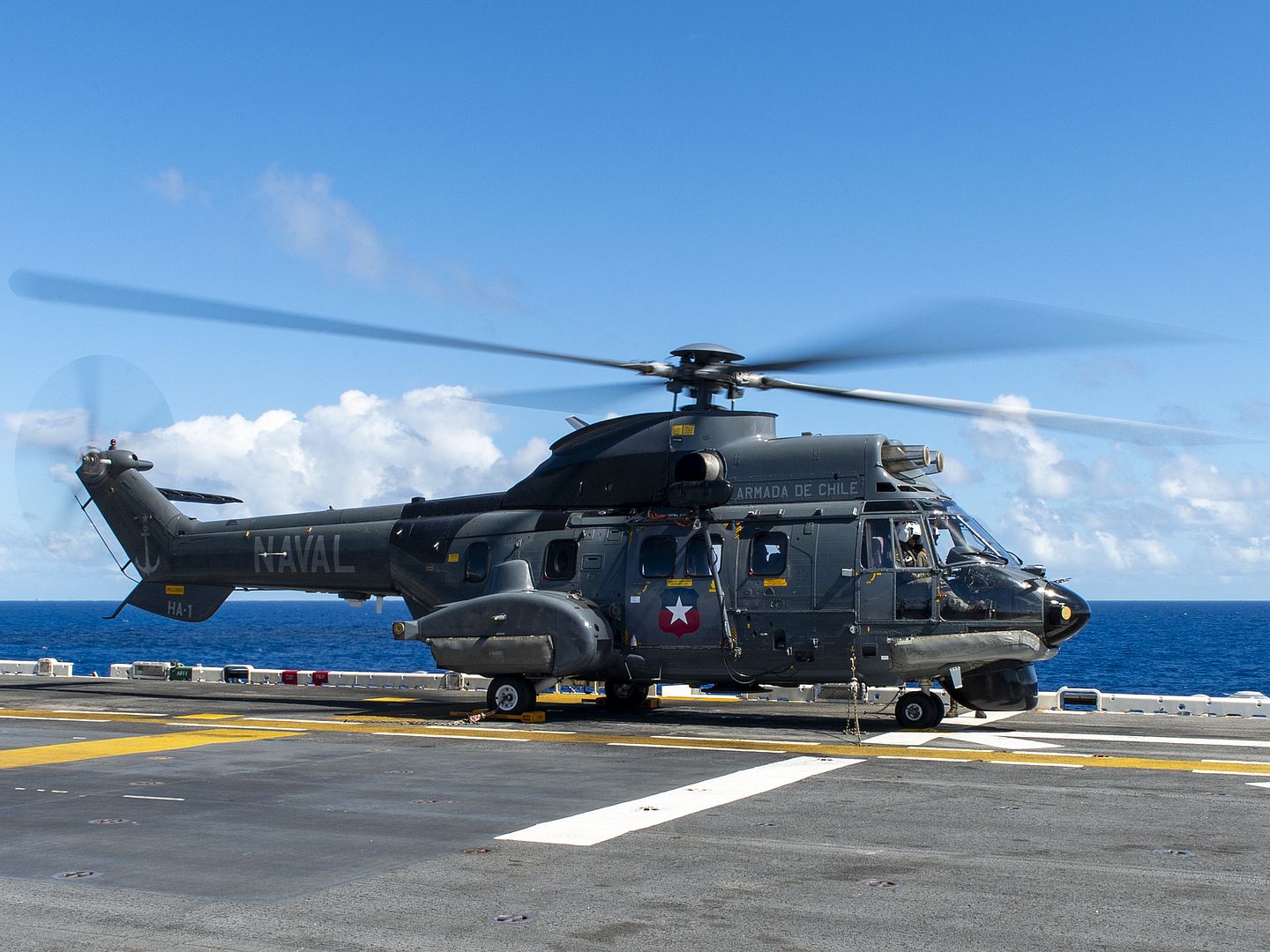
SOUTH CHINA SEA (July 27, 2022) An EA-18G Growler attached to the Shadowhawks of Electronic Attack Squadron (VAQ) 141 launches on the flight deck of the U.S. Navy’s only forward-deployed aircraft carrier USS Ronald Reagan (CVN 76). The primary role of EA-18G Growlers is to disrupt the ability to communicate between units in combat through the use of electronic warfare. Ronald Reagan, the flagship of Carrier Strike Group 5, provides a combat-ready force that protects and defends the United States, and supports alliances, partnerships and collective maritime interests in the Indo-Pacific region. (U.S. Navy photo by Mass Communication Specialist 3rd Class Dallas A. Snider)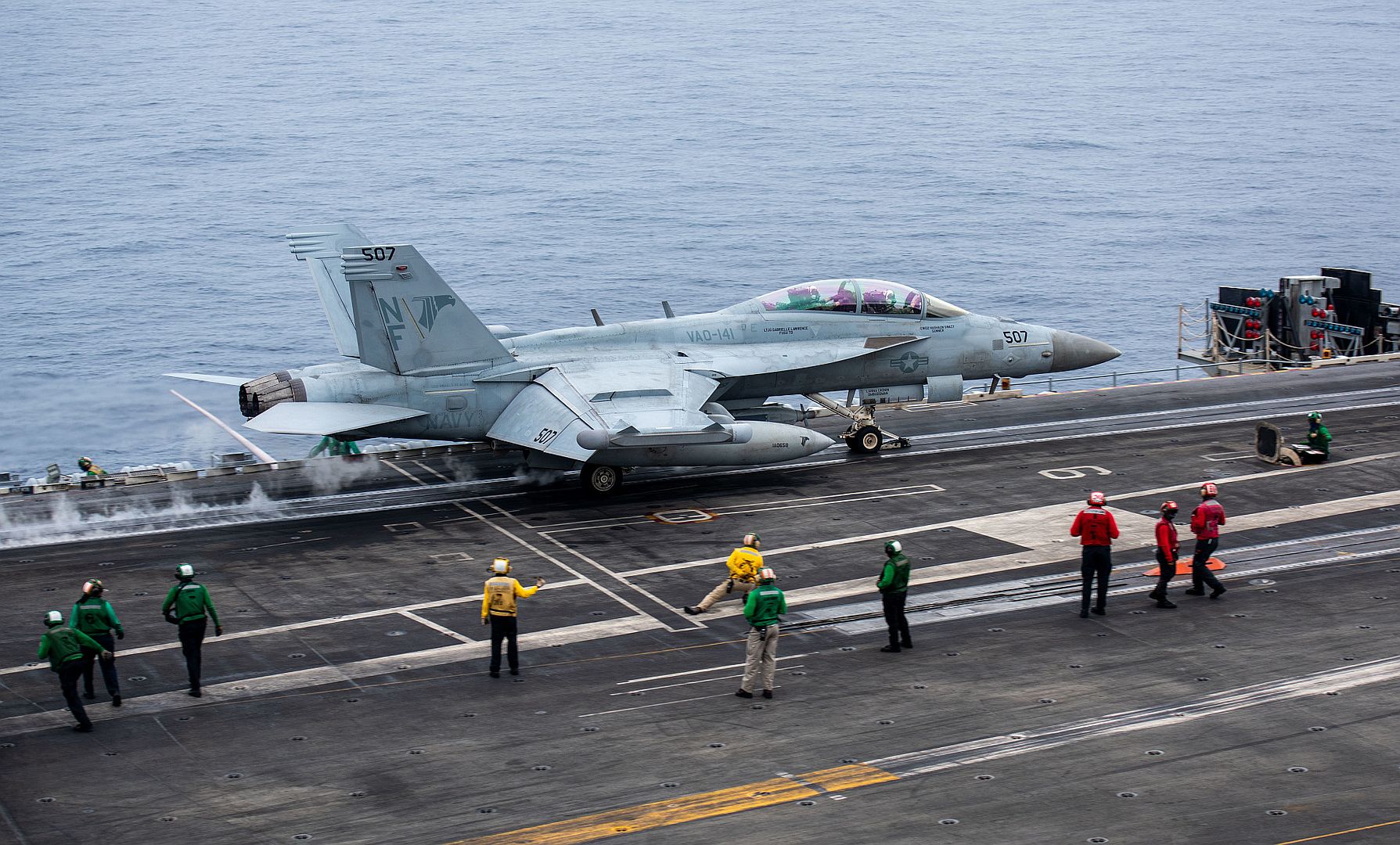
MEDITERRANEAN SEA (July 27, 2022) An E/A-18G Growler, attached to the “Rooks” of Electronic Attack Squadron (VAQ) 137, lands on the flight deck of the Nimitz-class aircraft carrier USS Harry S. Truman (CVN 75), July 27, 2022. The Harry S. Truman Carrier Strike Group is on a scheduled deployment in the U.S. Naval Forces Europe area of operations, employed by U.S. Sixth Fleet to defend U.S., allied and partner interests. (U.S. Navy photo by Mass Communication Specialist 2nd Class Crayton Agnew).jpg?width=1920&height=1080&fit=bounds)
07.22.2022
5th Aircraft Maintenance Squadron Airmen work quickly to prepare B-52Hs for inclement weather conditions. The 5AMX squadron The B-52 is capable of dropping or launching the widest array of weapons in the U.S. inventory. (U.S. Air Force photo by Airman 1st Class Alexander Nottingham)
-
 Main AdminA U.S. Marine Corp Marine Fighter Attack Squadron 225 ordnance technician checks an F-35B Lightning II during RED FLAG-Alaska 22-3 at Eielson Air Force Base, Alaska, July 29, 2022. RF-A is a Pacific Air Forces-sponsored exercise for U.S. and international forces and is designed to provide realistic air combat training and enhance bilateral interoperability in the Indo-Pacific region. (U.S. Air Force photo by Senior Airman Shannon Braaten)
Main AdminA U.S. Marine Corp Marine Fighter Attack Squadron 225 ordnance technician checks an F-35B Lightning II during RED FLAG-Alaska 22-3 at Eielson Air Force Base, Alaska, July 29, 2022. RF-A is a Pacific Air Forces-sponsored exercise for U.S. and international forces and is designed to provide realistic air combat training and enhance bilateral interoperability in the Indo-Pacific region. (U.S. Air Force photo by Senior Airman Shannon Braaten)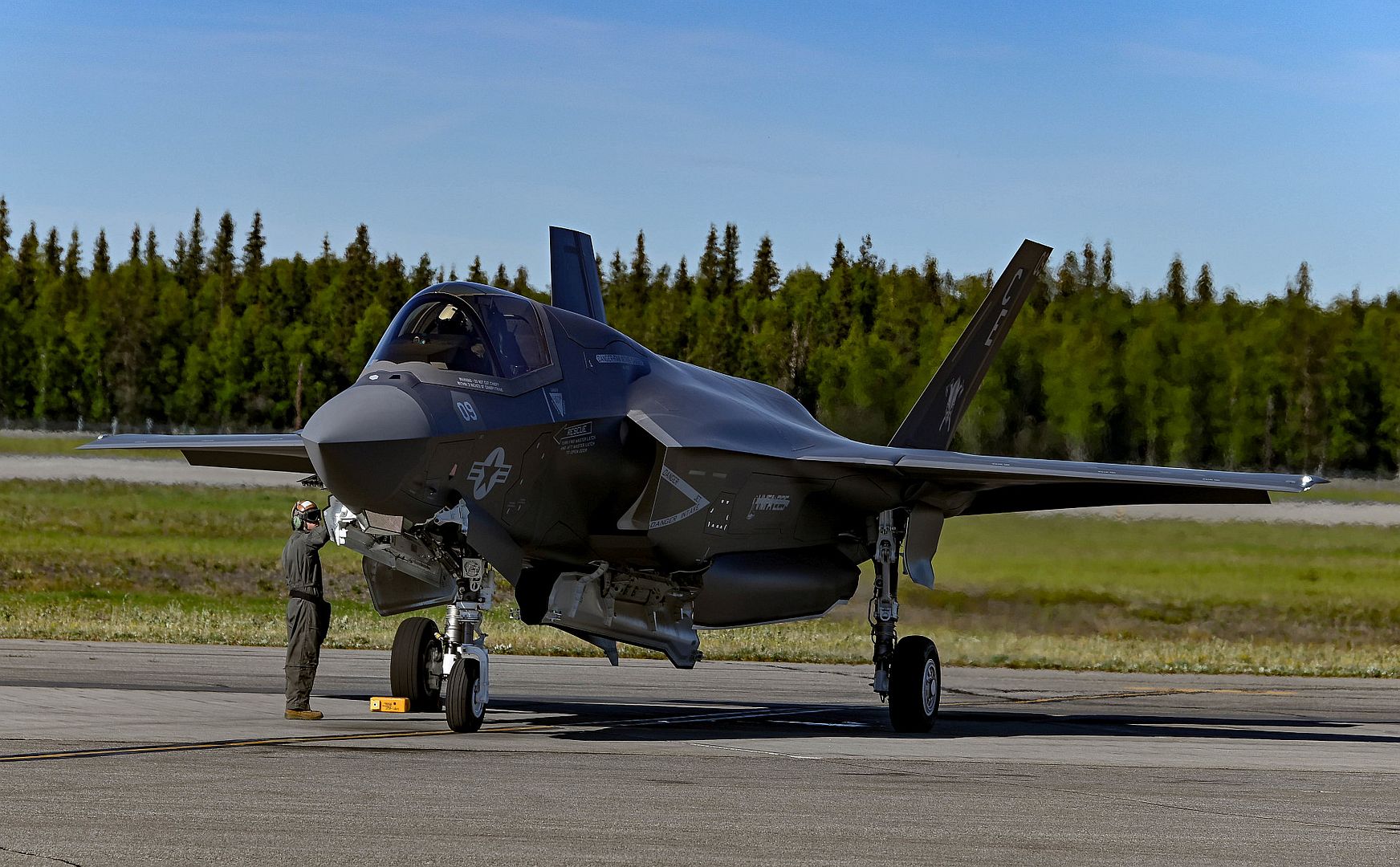
A Royal Australian Air Force FA-18F Super Hornet soars through the sky during RED FLAG-Alaska 22-3 at Eielson Air Force Base, Alaska, July 29, 2022. RF-A is a Pacific Air Forces-sponsored exercise for U.S. and international forces and is designed to provide realistic air combat training and enhance bilateral interoperability in the Indo-Pacific region. (U.S. Air Force photo by Senior Airman Shannon Braaten)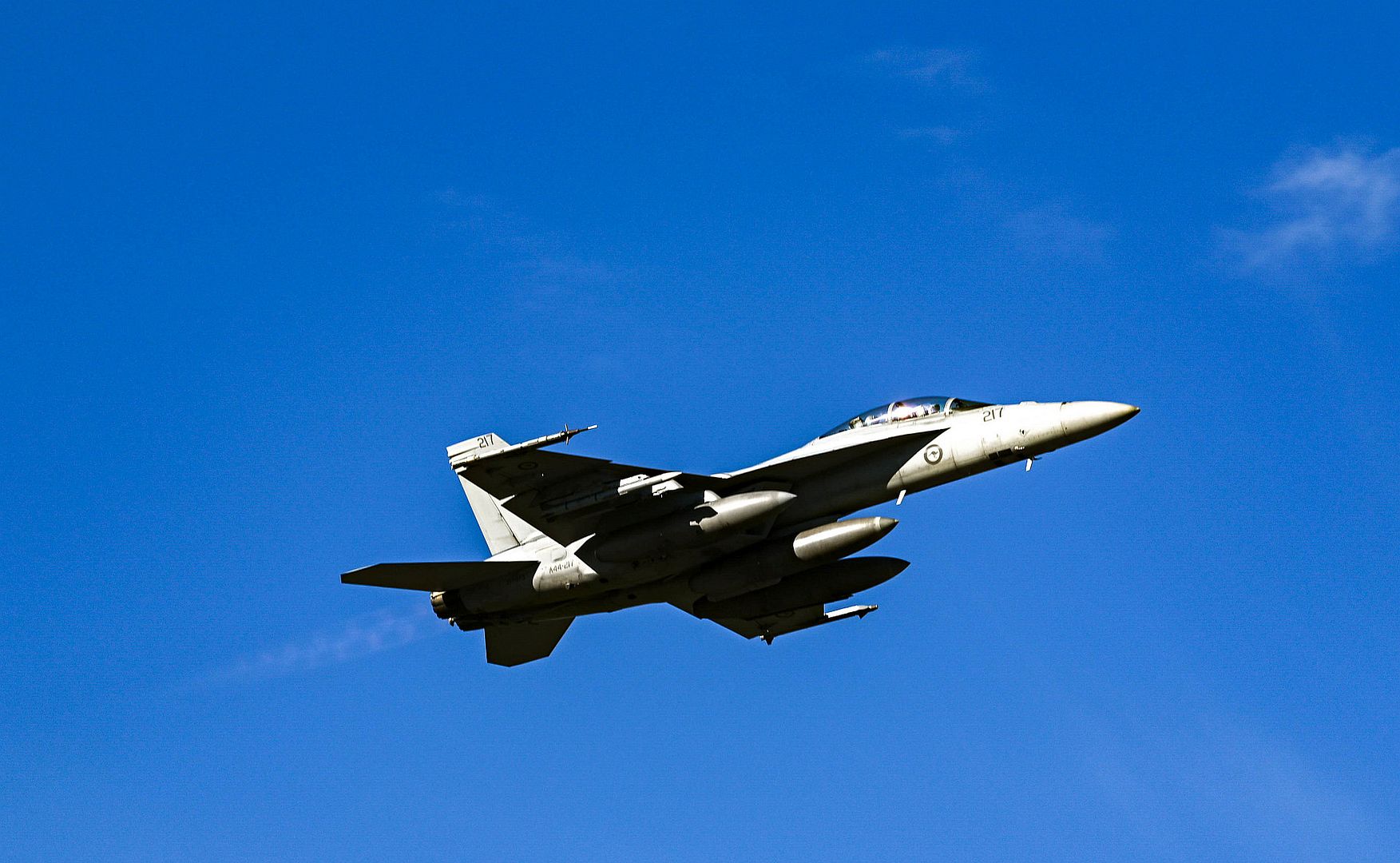
PACIFIC OCEAN (July 29, 2022) An F-35C Lightning II, assigned to the "Black Knights" of Marine Fighter Attack Squadron (VMFA) 314, prepares to make an arrested landing on the flight deck of U.S. Navy Nimitz-class aircraft carrier USS Abraham Lincoln (CVN 72) during Rim of the Pacific (RIMPAC) 2022. Twenty-six nations, 38 ships, three submarines, more than 170 aircraft and 25,000 personnel are participating in RIMPAC from June 29 to Aug. 4 in and around the Hawaiian Islands and Southern California. The world’s largest international maritime exercise, RIMPAC provides a unique training opportunity while fostering and sustaining cooperative relationships among participants critical to ensuring the safety of sea lanes and security on the world’s oceans. RIMPAC 2022 is the 28th exercise in the series that began in 1971. (U.S. Navy photo by Mass Communication Specialist 3rd Class Kassandra Alanis)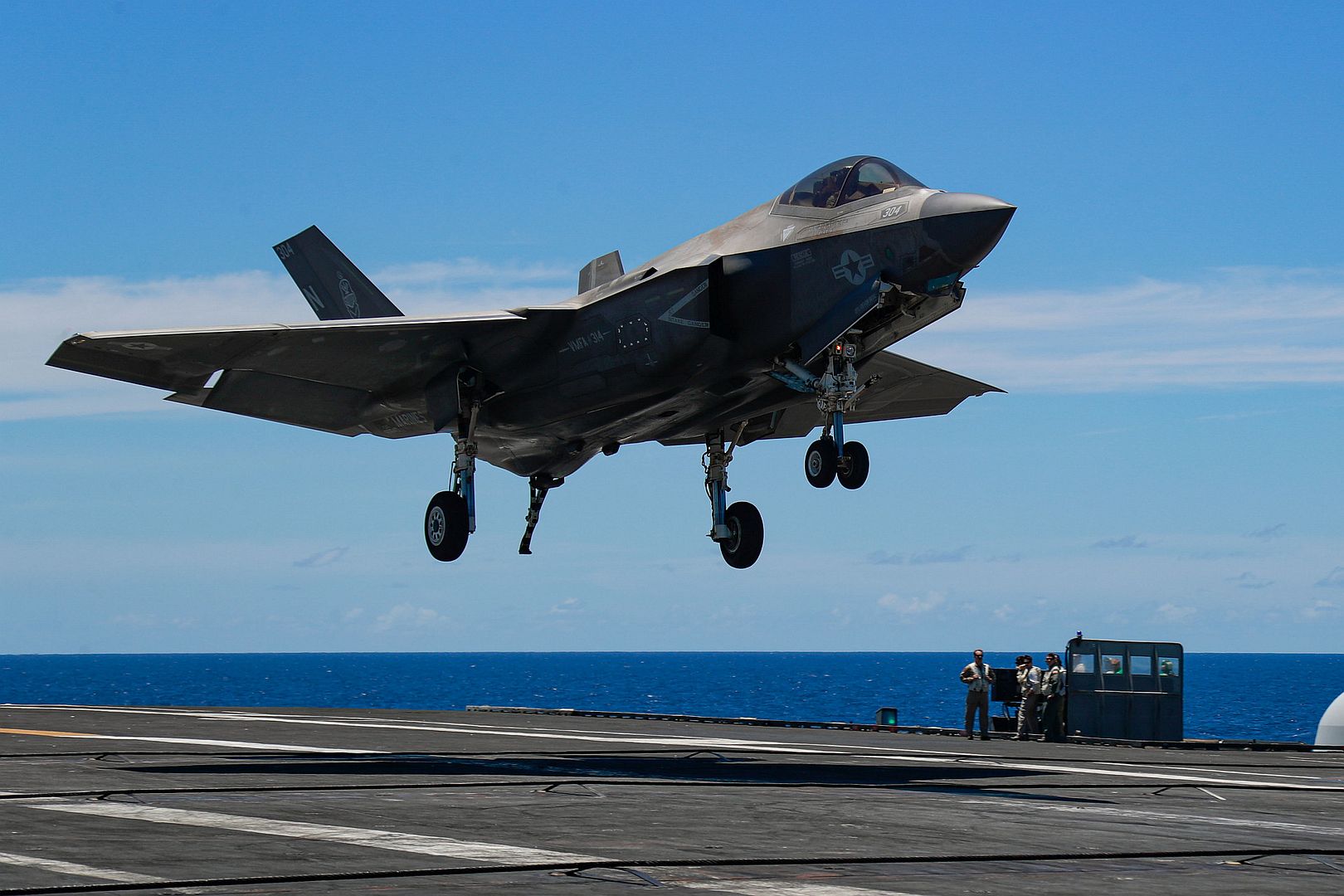
PACIFIC OCEAN (July 29, 2022) An E-2D Hawkeye, assigned to the "Wallbangers" of Carrier Airborne Early Warning Squadron (VAW) 117, makes an arrested landing on the flight deck of U.S. Navy Nimitz-class aircraft carrier USS Abraham Lincoln (CVN 72) during Rim of the Pacific (RIMPAC) 2022. Twenty-six nations, 38 ships, three submarines, more than 170 aircraft and 25,000 personnel are participating in RIMPAC from June 29 to Aug. 4 in and around the Hawaiian Islands and Southern California. The world’s largest international maritime exercise, RIMPAC provides a unique training opportunity while fostering and sustaining cooperative relationships among participants critical to ensuring the safety of sea lanes and security on the world’s oceans. RIMPAC 2022 is the 28th exercise in the series that began in 1971. (U.S. Navy photo by Mass Communication Specialist 3rd Class Kassandra Alanis)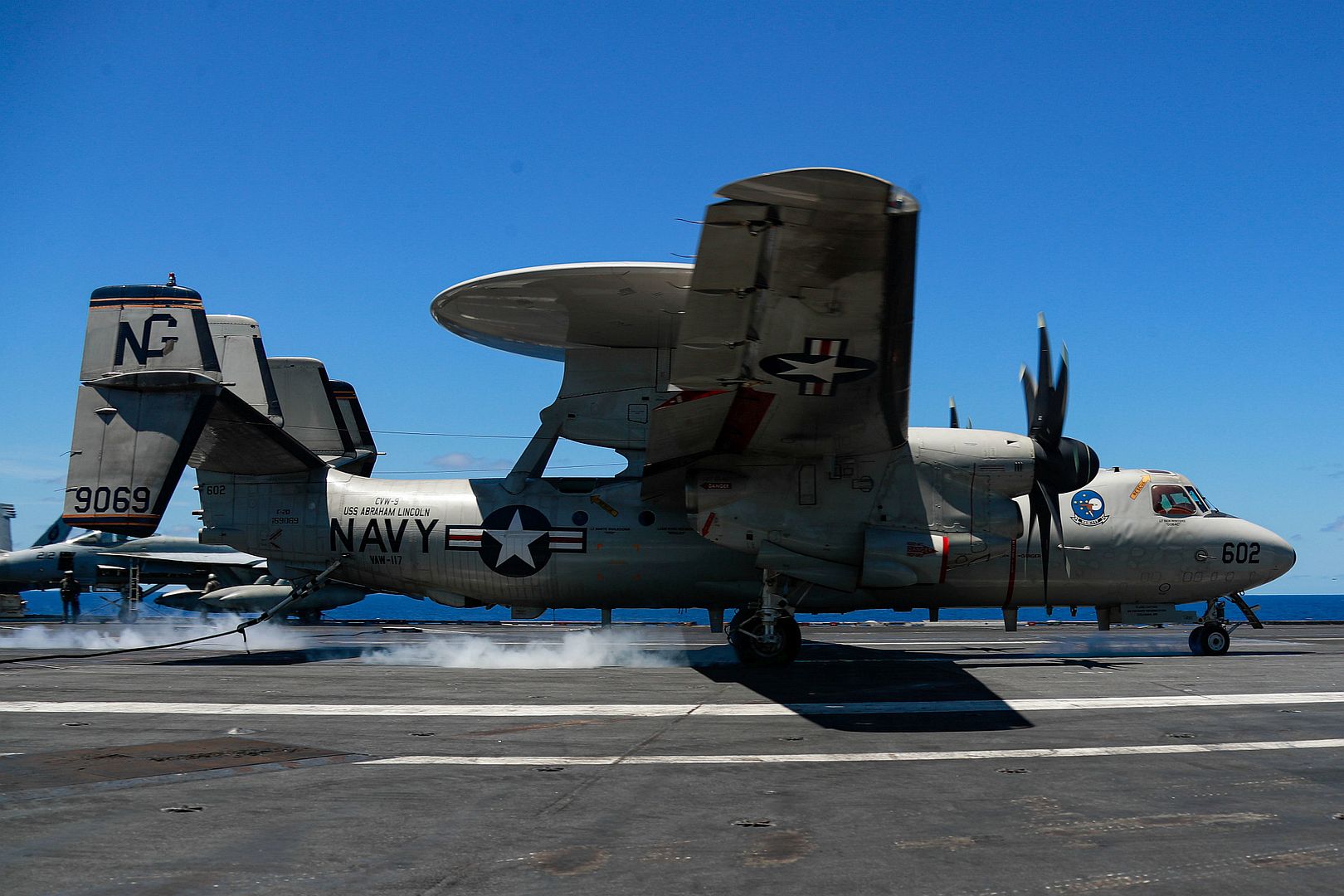
PACIFIC OCEAN (July 29, 2022) An F/A-18F Super Hornet, assigned to the "Black Aces" of Strike Fighter Squadron (VFA) 41, makes an arrested landing on the flight deck of U.S. Navy Nimitz-class aircraft carrier USS Abraham Lincoln (CVN 72) during Rim of the Pacific (RIMPAC) 2022. Twenty-six nations, 38 ships, three submarines, more than 170 aircraft and 25,000 personnel are participating in RIMPAC from June 29 to Aug. 4 in and around the Hawaiian Islands and Southern California. The world’s largest international maritime exercise, RIMPAC provides a unique training opportunity while fostering and sustaining cooperative relationships among participants critical to ensuring the safety of sea lanes and security on the world’s oceans. RIMPAC 2022 is the 28th exercise in the series that began in 1971. (U.S. Navy photo by Mass Communication Specialist 3rd Class Kassandra Alanis)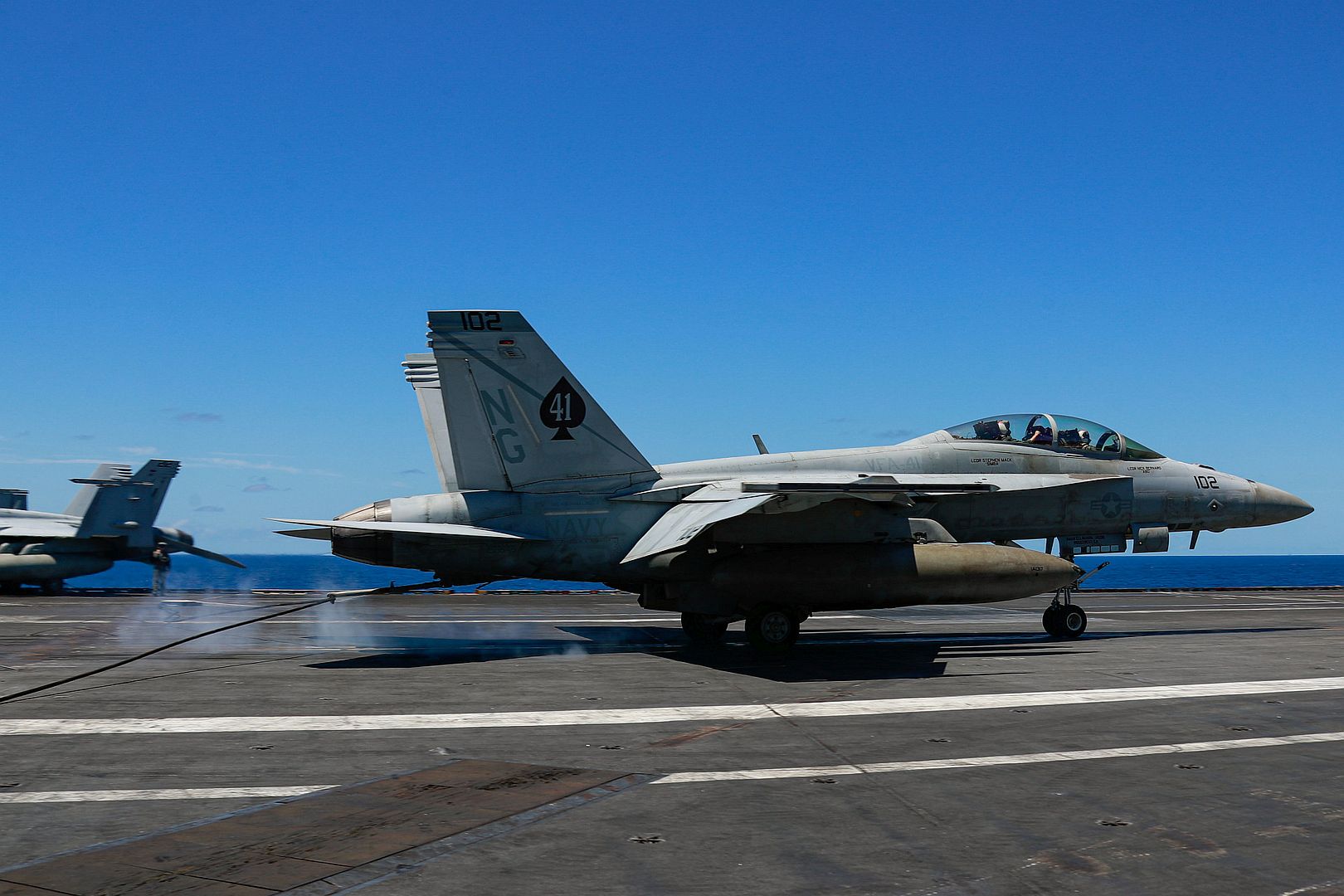
PACIFIC OCEAN (July 29, 2022) An F/A-18E Super Hornet, assigned to the “Vigilantes” of Strike Fighter Squadron (VFA) 151, makes an arrested landing on the flight deck of U.S. Navy Nimitz-class aircraft carrier USS Abraham Lincoln (CVN 72) during Rim of the Pacific (RIMPAC) 2022. Twenty-six nations, 38 ships, three submarines, more than 170 aircraft and 25,000 personnel are participating in RIMPAC from June 29 to Aug. 4 in and around the Hawaiian Islands and Southern California. The world’s largest international maritime exercise, RIMPAC provides a unique training opportunity while fostering and sustaining cooperative relationships among participants critical to ensuring the safety of sea lanes and security on the world’s oceans. RIMPAC 2022 is the 28th exercise in the series that began in 1971. (U.S. Navy photo by Mass Communication Specialist 3rd Class Kassandra Alanis)
The Royal Air Force’s newest aircraft fleet has reached full-service capability with the delivery of a second Envoy IV CC Mk1 jet transport to Royal Air Force Northolt
Operated in the Command Support Air Transport (CSAT) role, the aircraft provide assured, secure, timely and discreet air transport of high priority military personnel and small items of mission critical freight to, from and within operational areas.
They provide a step change in range, efficiency, and operating costs. From April 2024, the aircraft will be modified with military upgrades and operated solely by RAF crews from 32 (The Royal) Squadron.
(Photos courtesy of the RAF)
Deployed since March 13 to strengthen NATO's deterrence and defense mechanism on the eastern side of Europe, the French Aviators were replaced by their German counterparts ????????on July 29.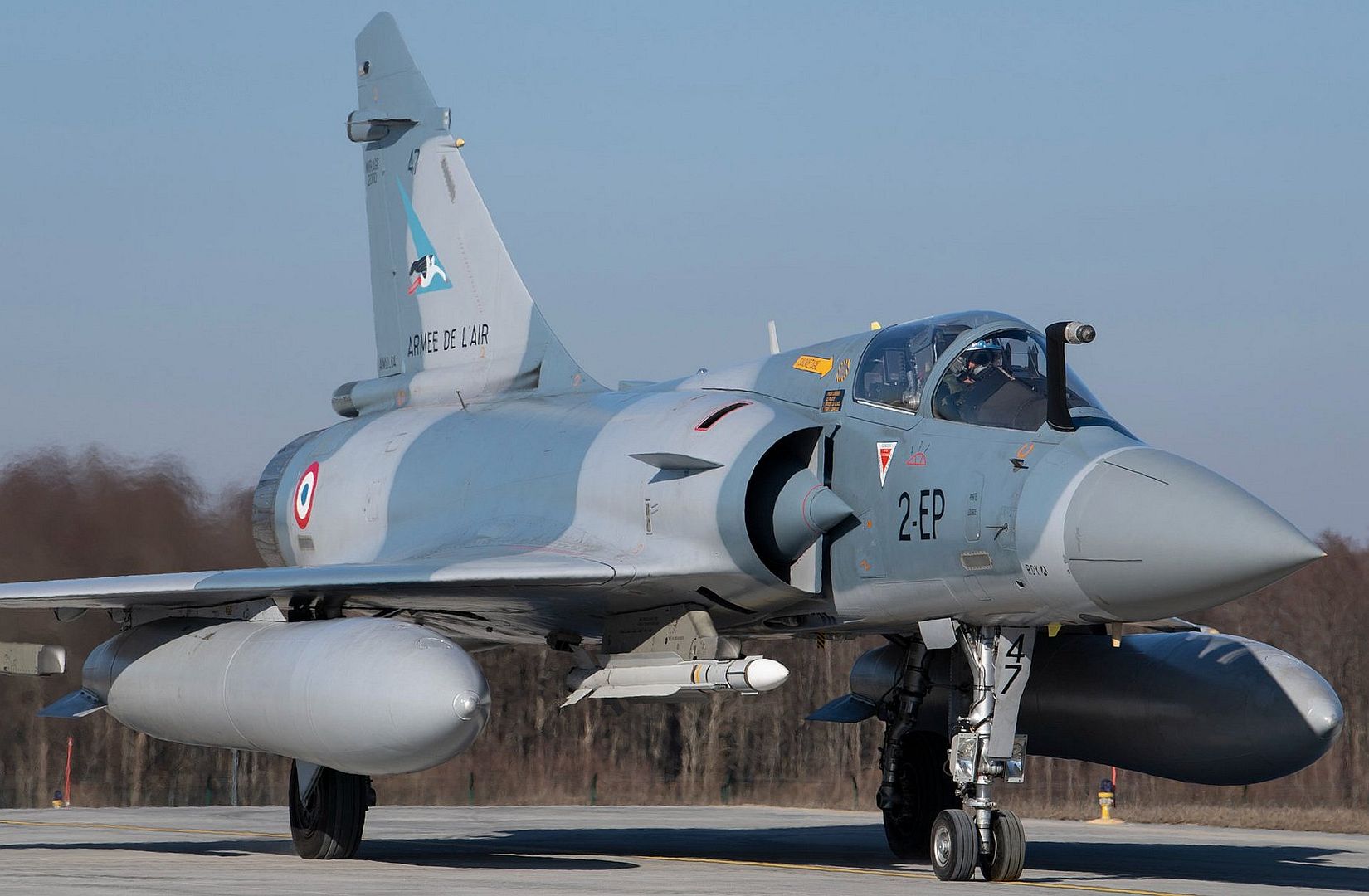
During the five months in office, French pilots carried out more than 180 flights involving two of the four Mirage 2000-5F present in Estonia each time
The Enhanced Air Policing mission is part of NATO's sky policing missions in the Baltic countries, called "Baltic Air Policing". These missions aim to ensure the integrity of the Baltic airspace in peacetime and France has been deployed regularly since 2004.
The storks are returning to the nest!
(Photos courtesy of the Armée de l'Air et de l'Espace)
-
 Main AdminAir Force Operational Test and Evaluation Center Detachment 6 team members recently participated in two of the first developmental and operational test missile shots for the F-15EX Eagle II.
Main AdminAir Force Operational Test and Evaluation Center Detachment 6 team members recently participated in two of the first developmental and operational test missile shots for the F-15EX Eagle II.
Engineers and analysts from the AFOTEC Detachment 6 F-15 division traveled to Eglin Air Force Base and Tyndall AFB, both in Florida, to draw results from the AIM-120D and AIM-120C3 missile shots performed as part of the Weapons System Evaluation Program, or WSEP, conducted by Eglin’s 53rd Wing. These missile shots showed how the F-15 EX can be employed in theater and provided the context needed for Detachment 6 to verify its combat capability.
“One of the main takeaways from these live fire shots is that the jet can clearly function as a long-range, standoff weapons system,” said Capt. Max Denbin, the team’s lead test engineer. “The F-15EX can shoot from a significantly increased range – farther than any other fighter in the U.S. Air Force arsenal – and provides the unique capability of holding 12 AMRAAMs or other large ordinance.”
This long-range, standoff capability is a fundamental pillar of ensuring U.S. power projection on a global scale.
“As adversaries continue to develop combat capability, the weapons systems with standoff capability, like the EX, are going to be critical in maintaining a tactical advantage,” Denbin said.
While the data gathered from the WSEP shots were useful, Detachment 6 analysts and engineers focused on more than just data collection. In the past two months, they have explored exactly how the F-15 EX performs as part of a force package with fifth-generation fighters.
“Analyzing data elements is always important,” said 1st Lt. Hagan Strader, lead analyst. “As an operational test organization, we’re focused on communicating exactly what pilots can expect from the EX when it’s time to fight. Even at the unclassified level, the new capabilities that the F-15 EX offers push it squarely into the future of combat. This is a platform that can work with penetrating assets in a network-enabled battlespace with the potential to cause significant problems for our adversaries.”
WSEP and other dedicated F-15E and F-15EX missions have also generated key insights on the performance of the Eagle Passive Active Warning Survivability System, or EPAWSS. EPAWSS provides both the F-15E and F-15EX with fully integrated radar warning as well as advanced jamming and countermeasure employment capability in highly contested environments, according to EPAWSS manufacturer BAE Systems. BAE Systems also highlights that EPAWSS provides pilots and battle managers with “maximum situational awareness by collecting and processing electromagnetic energy, instantaneously creating a comprehensive, 360-degree picture of the battlespace.”
“Participating in WSEP events shows us exactly how useful EPAWSS is,” Denbin said. “We’ve already seen that the F-15EX can serve as a standoff asset, but EPAWSS proves that the jet can also get into the middle of a fight and cause massive issues for our adversaries.”
AFOTEC Detachment 6 analysts have also examined EPAWSS data generated from F-15E participation in several F-35A Lighning II operational test missions.
“Whether in a more passive jamming role, or as a follow-on strike package, an F-15E or EX with EPAWSS causes detrimental impacts to opposing forces decision space,” Strader said. “This system gives aircrews many more options when fighting through contested airspace and enables other stealth assets in a force package – like an F-22 (Raptor), F-35, or other futuristic penetrating assets – to more efficiently neutralize threats.”
“The Air Force is currently planning to acquire 80 F-15EX aircraft. AFOTEC Detachment 6 is responsible for delivering the operational truth about the F-15EX, and the F-15 test team aims to do so at the speed of relevance,” said Lt. Col. Ken Juhl, F-15 test director and AFOTEC Detachment 6 deputy commander. “This program is unique in that we’re not acquiring aircraft on decades-long time scales – we’re seeing this program evolve weekly.”
To stay ahead of this rapid development tempo, the team has released a series of Operational Impact Reports, or OIRs, detailing precise findings from test events, which includes important implications for the fleet.
“In an agile acquisitions program, results from testing have to match the speed at which the program is moving otherwise they quickly become obsolete,” Juhl said.
While OIRs are designed to inform stakeholders of results from AFOTEC Detachment 6 testing, they also provoke inputs from all organizations that play a role in the F-15EX program.
“OIRs allow us to report results quickly so that all stakeholders in the acquisition process have plenty of time to address any concerns or changes that need to be made to the platform before the aircraft is fielded,” Denbin said.
Having confirmed the F-15EX long range, standoff capability as well as the effectiveness of EPAWSS in a heavily contested combat battlespace, the team is now shifting gears toward preparing for the second round of dedicated operational test missions for the aircraft.
“These missions will happen at Nellis AFB in fall 2022,” Juhl said. “AFOTEC Detachment 6 is confident these missions will continue to show exactly why EPAWSS and the EX are the kind of weapons systems we need to remain the most lethal Air Force in the world.”
Published Aug. 3, 2022
By 2nd Lt. Cameron B. Greer
(U.S. Air Force photo by Tech. Sgt. John McRell)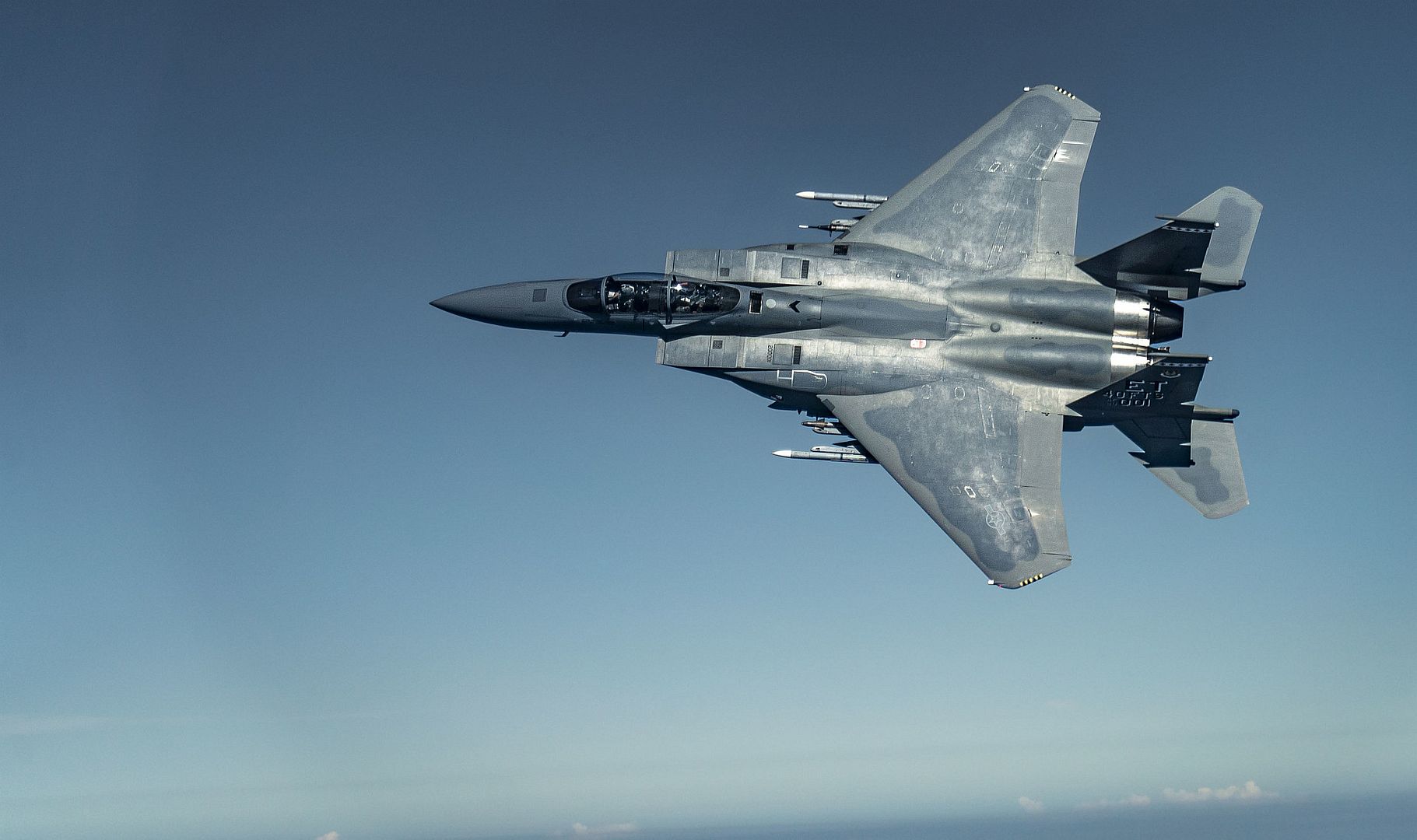
A U.S Air Force F-16 Fighting Falcon from the 120th Fighter Squadron, 140th Wing, Colorado Air National Guard, lands at Miramar Marine Corp Air Station, San Diego, California, Aug. 1, 2022. The 140th Wing is performing aerial maneuver training exercises with the F-35 Lightening II fighter jets, stationed at Miramar Marine Corp Air Station, to enhance their wartime readiness capabilities utilizing the latest combat scenarios. (U.S. Air National Guard photo by Master Sgt. Amanda Geiger)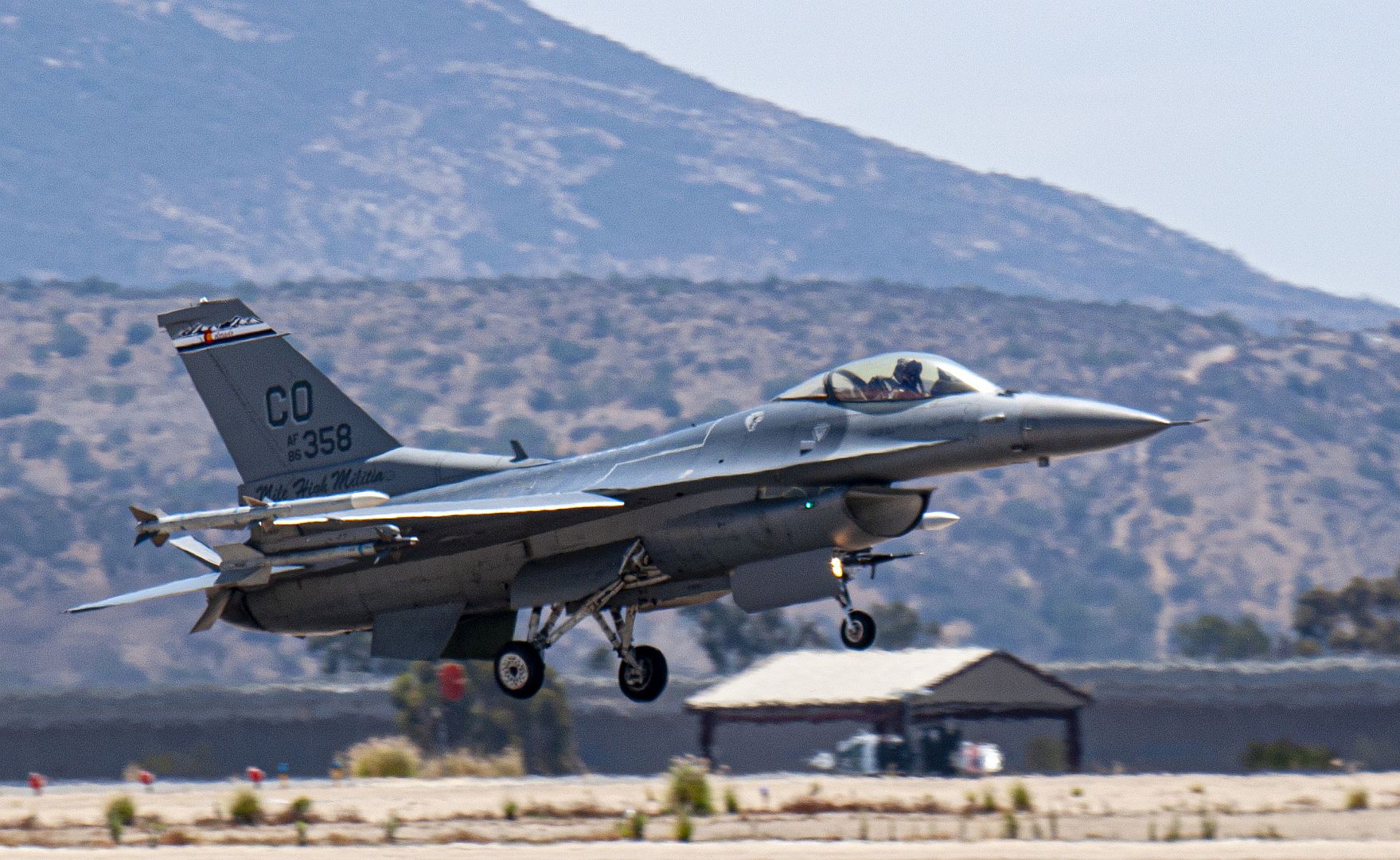
Two F-35A Lightning II aircraft assigned to the 158th Fighter Wing, Vermont Air National Guard, prepare to take off from Spangdahlem Air Base, Germany, August 2, 2022. Eight fighters from Vermont arrived at Spangdahlem on May 2, 2022, to continue to support and integrate, hardening the alliance’s solidarity, collective resolve, overall increasing NATOs ability to adapt to a dynamic warfighting environment. (U.S. Air Force photo by Tech. Sgt. Warren D. Spearman Jr.)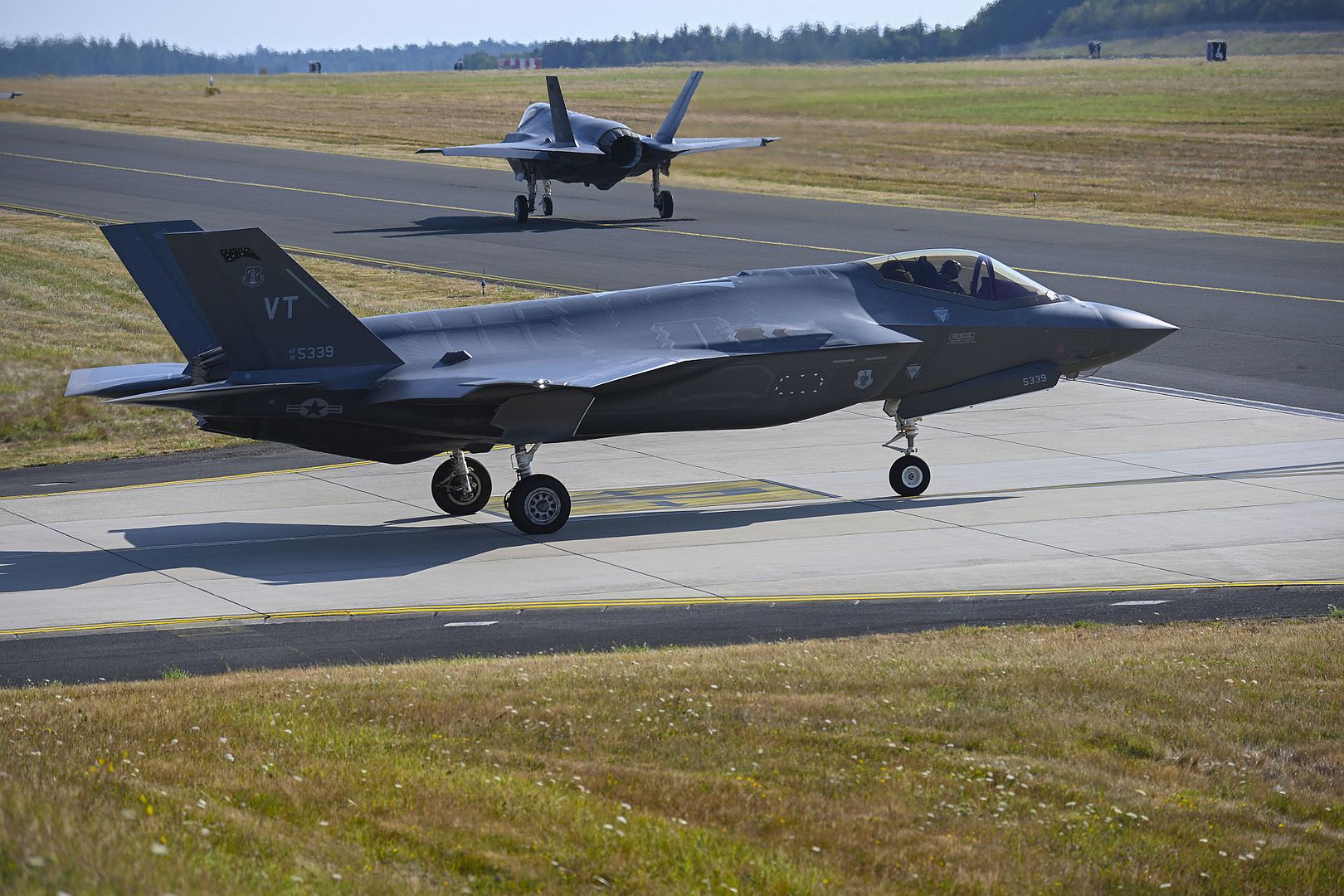
U.S. Air Force Senior Airman Brendan McNeely, 35th Fighter Generation Squadron crew chief, stands at parade rest before marshaling an F-16 Fighting Falcon during RED FLAG-Alaska 22-3 at Eielson Air Force Base, Alaska, Aug. 1, 2022. RF-A 22-3 offers U.S. and allied service personnel and aircraft the opportunity to leverage forces in support of bilateral or multilateral exercises. (U.S. Air Force photo by Senior Airman Shannon Braaten)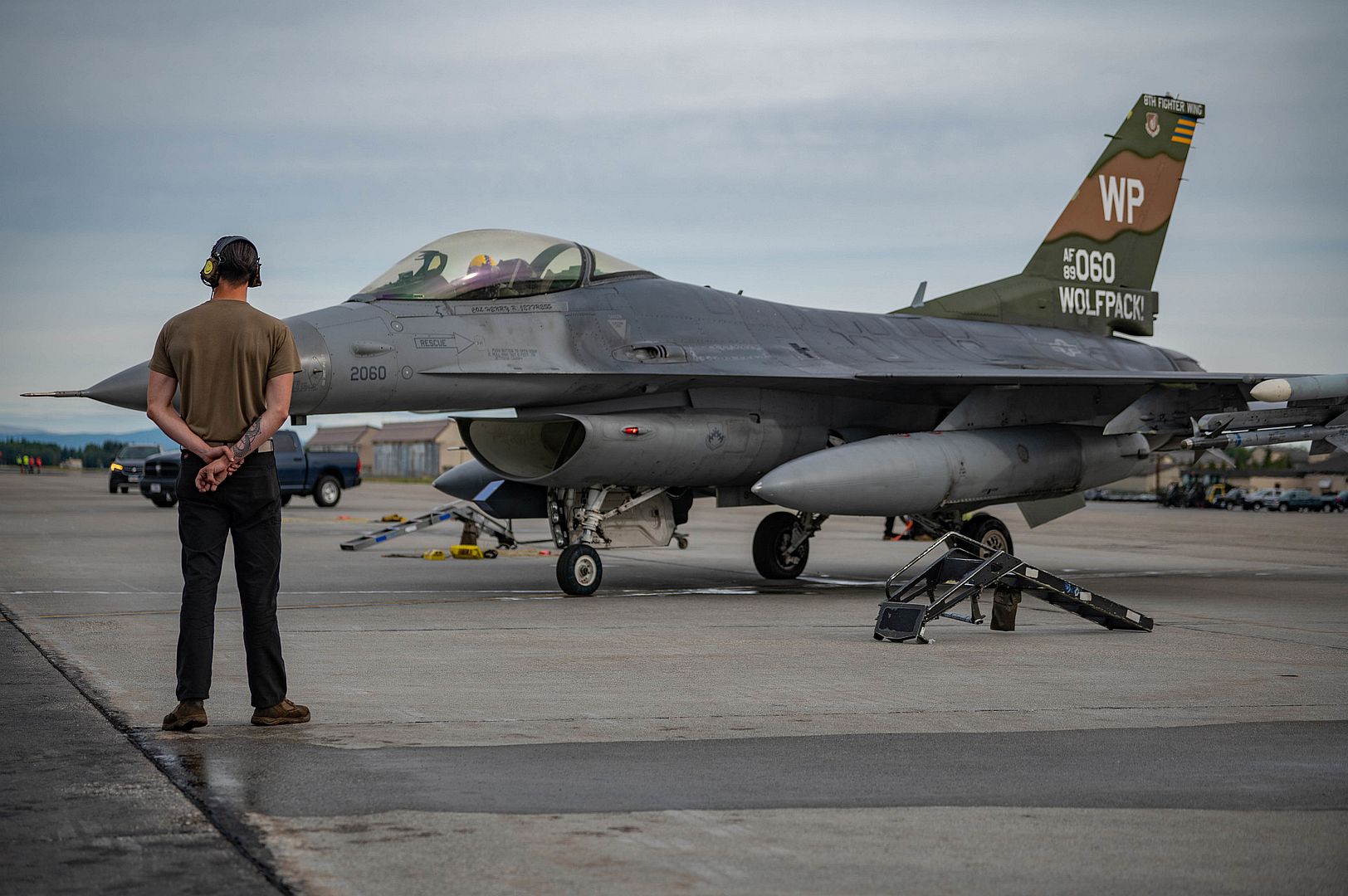
PACIFIC OCEAN (Aug. 1, 2022) A U.S. Marine Corps UH-1Y Venom helicopter prepares to land beside a U.S. Marine Corps AH-1Z Viper helicopter on the flight deck of Royal Australian Navy Canberra-class landing helicopter dock HMAS Canberra (L02) during Rim of the Pacific (RIMPAC) 2022. Twenty-six nations, 38 ships, three submarines, more than 170 aircraft and 25,000 personnel are participating in RIMPAC from June 29 to Aug. 4 in and around the Hawaiian Islands and Southern California. The world's largest international maritime exercise, RIMPAC provides a unique training opportunity while fostering and sustaining cooperative relationships among participants critical to ensuring the safety of sea lanes and security on the world's oceans. RIMPAC 2022 is the 28th exercise in the series that began in 1971. (Photo by Royal Australian Navy Leading Seaman Matthew Lyall)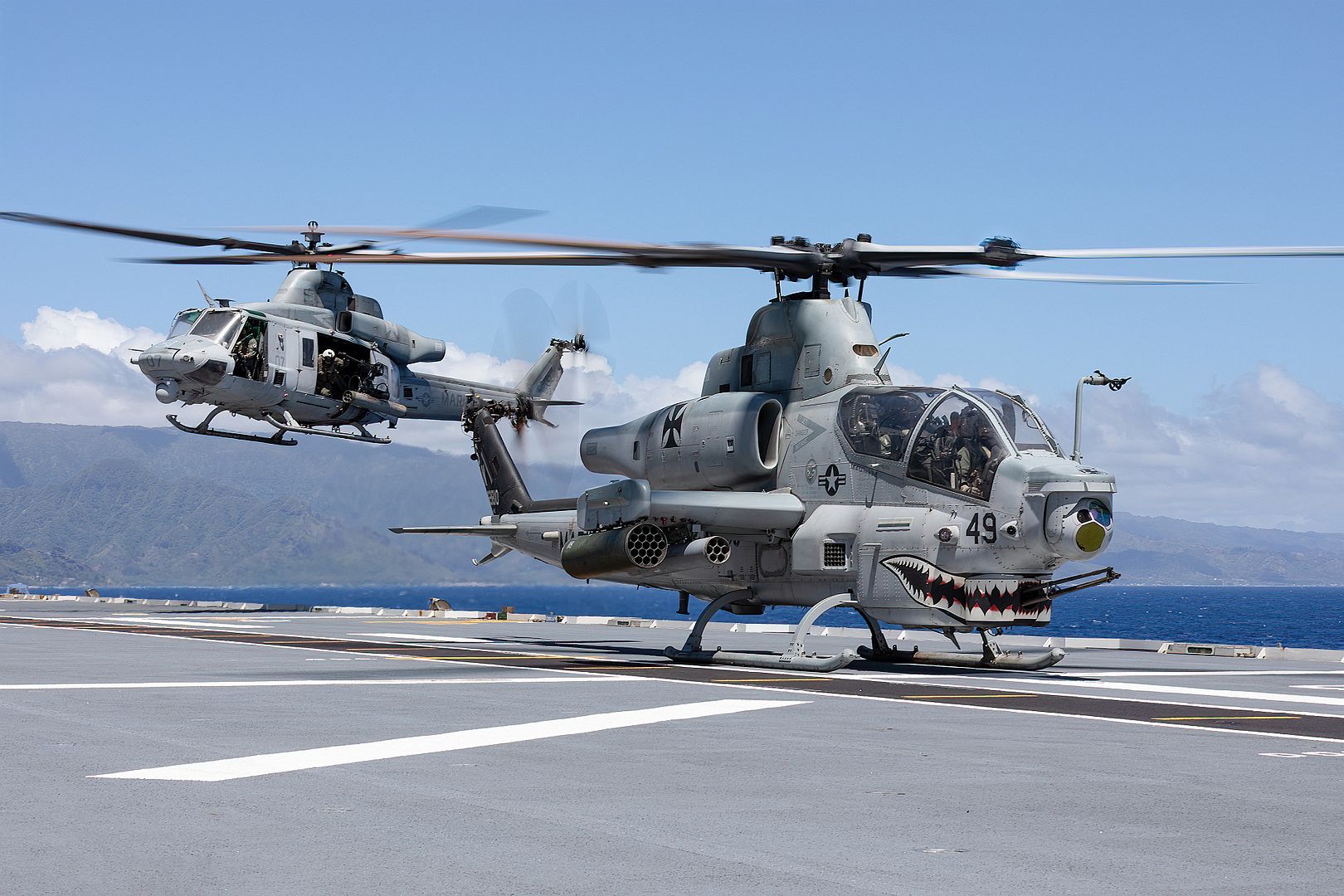
PHILIPPINE SEA (Aug. 2, 2022) Capt. Fred Goldhammer, commanding officer of the U.S. Navy’s only forward-deployed aircraft carrier USS Ronald Reagan (CVN 76), launches from the flight deck in an E-2D Hawkeye attached to the Tigertails of Airborne Early Warning Squadron (VAW) 125 in the Philippine Sea, Aug. 2. E-2D Hawkeyes perform tactical airborne early warning missions to provide valuable information to Carrier Strike Group 5 as it plans and executes operations. Ronald Reagan, the flagship of Carrier Strike Group 5, provides a combat-ready force that protects and defends the United States, and supports alliances, partnerships and collective maritime interests in the Indo-Pacific region. (U.S. Navy photo by Mass Communication Specialist 3rd Class Gray Gibson)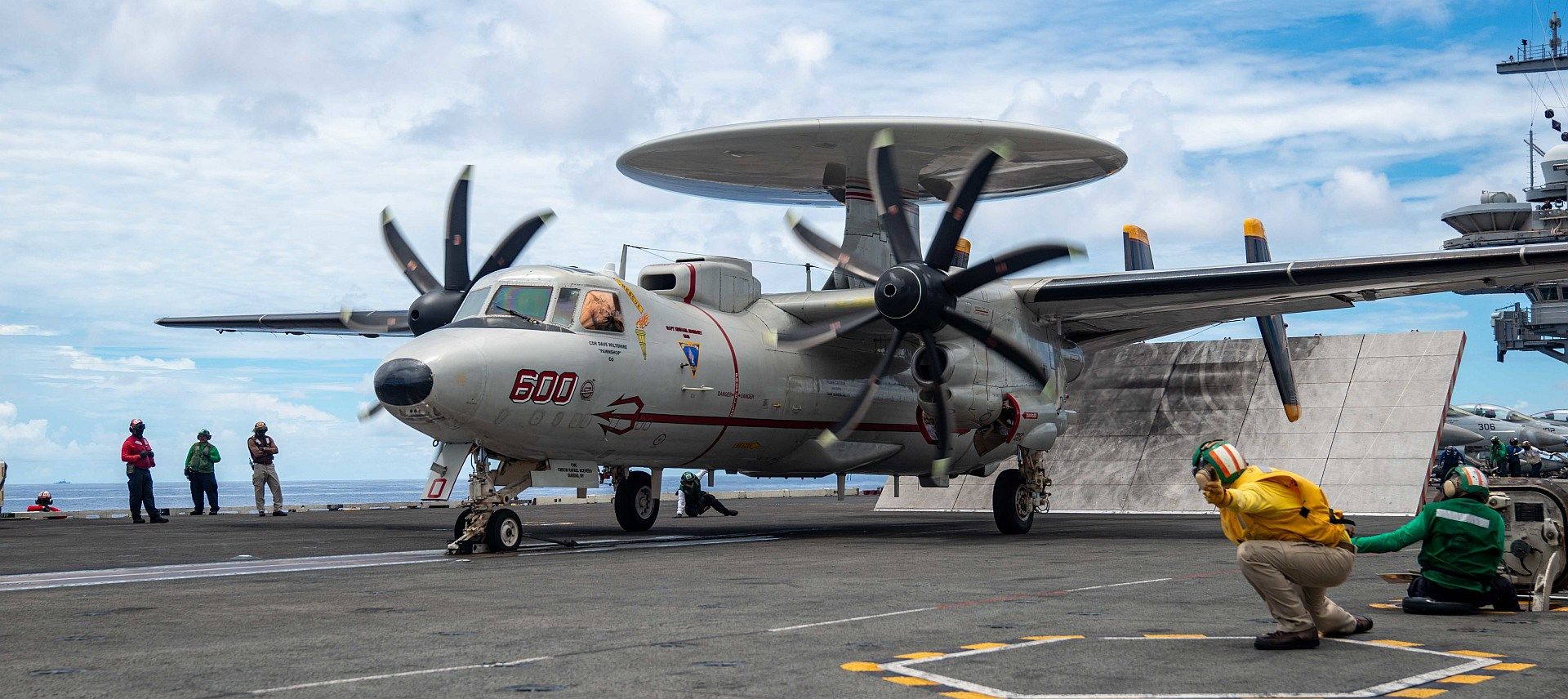
DANISH STRAITS (Aug. 2, 2022) An AV-8B Harrier, attached to the 22nd Marine Expeditionary Unit, sits on the flight deck of the Wasp-class amphibious assault ship USS Kearsarge (LHD 3) as the ship transits the Danish Straits to enter the Baltic Sea, Aug. 2, 2022. The Kearsarge Amphibious Ready Group and embarked 22nd Marine Expeditionary Unit, under the command and control of Task Force 61/2, is on a scheduled deployment in the U.S. Naval Forces Europe area of operations, employed by U.S. Sixth Fleet to defend U.S., allied and partner interests. (U.S. Navy photo by Mass Communication Specialist 2nd Class Jesse Schwab)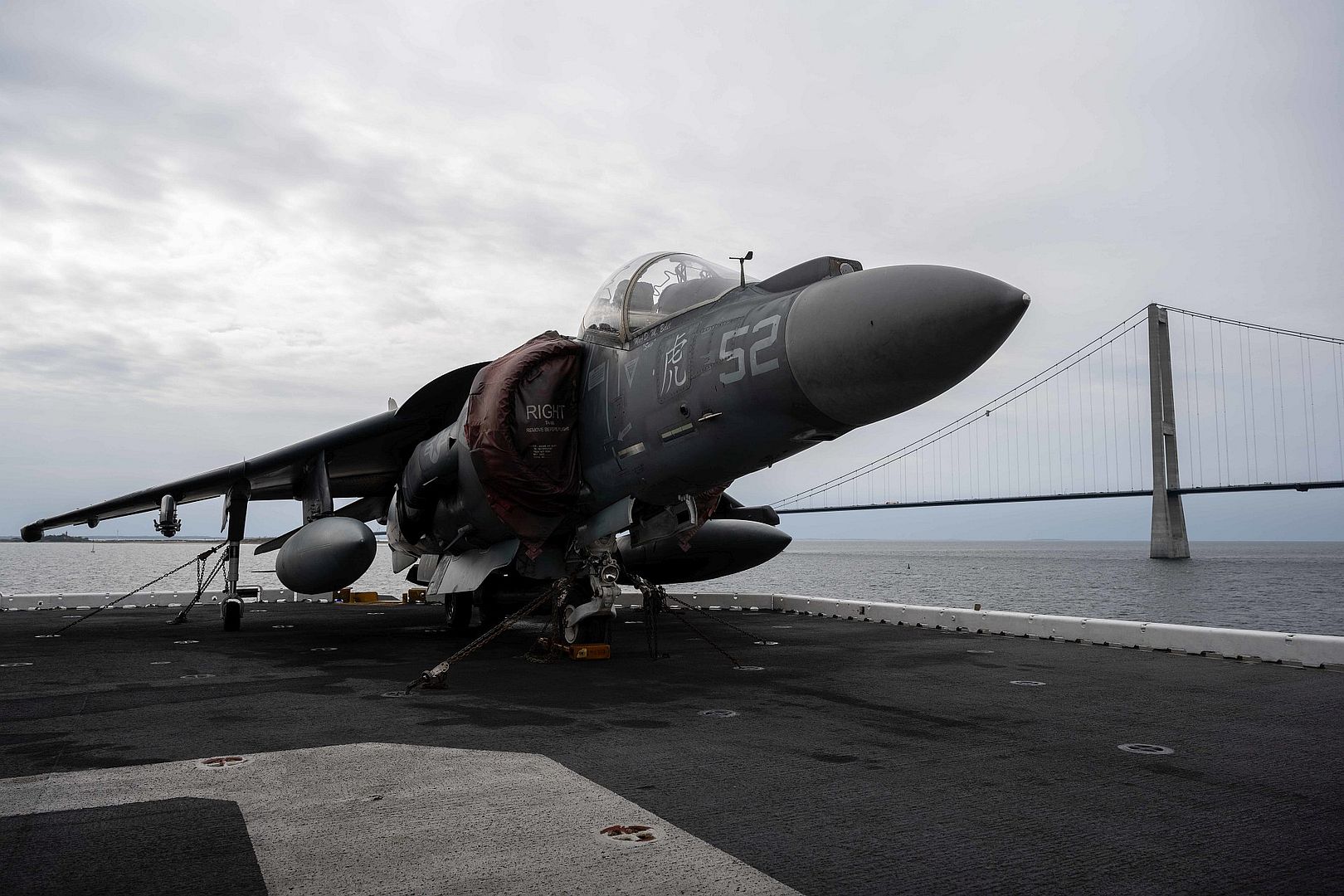
ROMA, Italy, Aug. 3, 2022 – Boeing [NYSE: BA] and the Directorate for Air Armaments and Airworthiness (DAAA) have signed an order for the company to continue providing full Performance Based Logistics (PBL) support to the Italian Air Force (ItAF) four KC-767A tankers through December 2025.
Under the contract, Boeing will deliver “tip to tail” support for the four ItAF refueling tankers, including line and heavy maintenance, repair, and overhaul (MRO), supply chain, engineering support, publications revisions, and flight and maintenance training.
“These aircraft are truly a strategic and highly visible Italian national asset,” said Lt. Gen. Giuseppe Lupoli, Director of DAAA in Rome. “Through the partnership with Boeing, the Italian Air Force aims at having continued high mission readiness and success throughout the 41-month extended PBL agreement period of performance.”
Boeing has provided integrated fleet support for the ItAF’s refueling tankers since 2011. The sustainment and training have enabled high utilization, including more than 9,000 missions, over 36,000 flight hours, and more than 123 million pounds of fuel offloaded. On average, ItAF KC-767s operate at twice the utilization rate per aircraft of legacy military tankers.
“Boeing is committed to strengthening the more than 70-year partnership with the Italian Armed Forces and industry,” said Indra Duivenvoorde, Senior Director, Boeing Government Services Europe & Israel. “We have exceeded our KC-767 strategic partnership requirements to date and will continue to support Italian industry under this new contract. And Boeing remains committed to continuing our excellent relationship with the Italian defence forces and industry.”
In recent years, Boeing’s sustainment and training have assisted critical missions including Operation Inherent Resolve, the Operation Aquila Omnia evacuation missions from Kabul, and COVID-related missions to repatriate Italian citizens and transport vital supplies.
About Boeing in Italy
Boeing has enjoyed a long-standing cooperative relationship with Italy, working closely with the Italian aerospace industry and the Italian armed forces for over 70 years. Italy is a key player in Boeing’s global network of customers, partners and suppliers and is one of the most important sources of suppliers for Boeing in Europe. Boeing has almost 40 direct and many indirect suppliers in Italy
UAE, Abu Dhabi 3 August 2022 – Etihad Airways has firmed up its order with Airbus for seven new generation A350F freighters, following its earlier commitment announced at the Singapore Airshow. The freighters will upgrade Etihad’s freight capacity by deploying the most efficient cargo aircraft available in the market.
This order of the A350F sees the national carrier of the UAE expanding its relationship with Airbus, and adding to its existing order of the largest passenger version of A350-1000s, five of which have been delivered.
Tony Douglas, Group Chief Executive Officer, Etihad Aviation Group, said: “In building one of the world’s youngest and most sustainable fleets, we are delighted to extend our long-term partnership with Airbus to add the A350 Freighter to our fleet. This additional cargo capacity will support the unprecedented growth we are experiencing in the Etihad Cargo division. Airbus has developed a remarkable fuel-efficient aircraft that, in tandem with the A350-1000 in our passenger fleet, supports our commitment to reaching net-zero carbon emissions by 2050.”
“Airbus is delighted to extend its long standing partnership with Etihad Airways, who recently introduced the A350 passenger services and is continuing to build on the Family with the game-changing freighter version, the A350F,” said Christian Scherer, Chief Commercial Officer and Head of Airbus International. “This new generation large freighter brings unprecedented and unmatched benefits in terms of range, fuel efficiency and CO₂ savings, that support customers by enhancing operational efficiencies at the same time as reducing environmental impact.”
Etihad has also firmed up a long term agreement for Airbus’ Flight Hour Services (FHS) to support its entire A350 fleet, to maintain aircraft performance and optimise reliability. This marks the first agreement for an Airbus FHS contract for an A350-fleet in the Middle East. Separately, Etihad has also opted for Airbus' Skywise Health Monitoring, allowing the airline to access real-time management of aircraft events and troubleshooting, saving time and decreasing the cost of unscheduled maintenance.
As part of the world’s most modern long-range family, the A350F provides a high level of commonality with the A350 passenger versions. With a 109 tonne payload capability, the A350F can serve all cargo markets. The aircraft features a large main deck cargo door, with its fuselage length and capacity optimised around the industry’s standard pallets and containers.
More than 70% of the airframe of the A350F is made of advanced materials, resulting in a 30 tonne lighter take-off weight and generating at least 20% lower fuel consumption and emissions over its current closest competitor. The A350F fully meets ICAO’s enhanced CO₂ emissions standards coming into effect in 2027. Including today’s commitment the A350F has won 31 firm orders by six customers.
The A350F meets the imminent wave of large freighter replacements and the evolving environmental requirements, shaping the future of air freight. The A350F will be powered by the latest technology, fuel-efficient Rolls-Royce Trent XWB-97 engines..jpg?width=1920&height=1080&fit=bounds)
-
 Main AdminMELBOURNE, Fla. — U.S. Special Operations Command (USSOCOM) has selected L3Harris Technologies (NYSE:LHX) and Air Tractor, Inc.’s AT-802U Sky Warden™ system for its Armed Overwatch program. Award of the Indefinite Quantity, Indefinite Delivery contract includes a cost ceiling of $3 billion. The program includes delivery of up to 75 manned, fixed wing aircraft, with an initial program contract award of $170 million.
Main AdminMELBOURNE, Fla. — U.S. Special Operations Command (USSOCOM) has selected L3Harris Technologies (NYSE:LHX) and Air Tractor, Inc.’s AT-802U Sky Warden™ system for its Armed Overwatch program. Award of the Indefinite Quantity, Indefinite Delivery contract includes a cost ceiling of $3 billion. The program includes delivery of up to 75 manned, fixed wing aircraft, with an initial program contract award of $170 million.
The fleet of modern multi-mission aircraft will address SOCOM’s need for a deployable, sustainable single-engine fixed-wing, crewed and affordable aircraft system. It will provide close air support, precision strike, armed intelligence, surveillance and reconnaissance (ISR), strike coordination and forward air controller requirements for use in austere and permissive environments. The aircraft will be used in irregular warfare operations.
“An important part of our Trusted Disruptor strategy is listening closely to combatant commanders’ needs, and responding faster than the evolving threats,” said Christopher E. Kubasik, Chair and Chief Executive Officer, L3Harris. “We want to deliver game-changing, modular solutions to U.S. special operators for their hardest missions, and Sky Warden does just that.”
L3Harris expects to rapidly modify last summer’s Armed Overwatch prototype demonstrator into the production configuration and provide for customer weapon system testing in approximately six months. Production of new, fully-modified, Armed Overwatch mission-configured aircraft will begin in 2023 at L3Harris’ Tulsa, Okla. modification center, following initial production at Air Tractor’s Olney, Texas aircraft manufacturing facility. Six new aircraft will be delivered under the low-rate initial production Lot 1.
“Sky Warden will bring powerful and affordable close air support, precision strike, armed ISR, and command and control capabilities directly to special operations forces in the battlefield,” said Sean Stackley, President, Integrated Mission Systems, L3Harris. “We are ready now to begin work on this modern, multi-mission system for the SOCOM Armed Overwatch program.”
The production-ready Sky Warden system is tailorable for a variety of mission requirements to meet U.S. mission needs.
“The Sky Warden design reflects our commitment to America’s national security and the AT-802U will be equipped with everything we’ve learned manufacturing aircraft over the past 46 years,” said Jim Hirsch, President, Air Tractor, Inc. “The L3Harris team is an excellent partner, and our production and engineering staff are ready to immediately deliver this world-class product to our nation’s special forces.”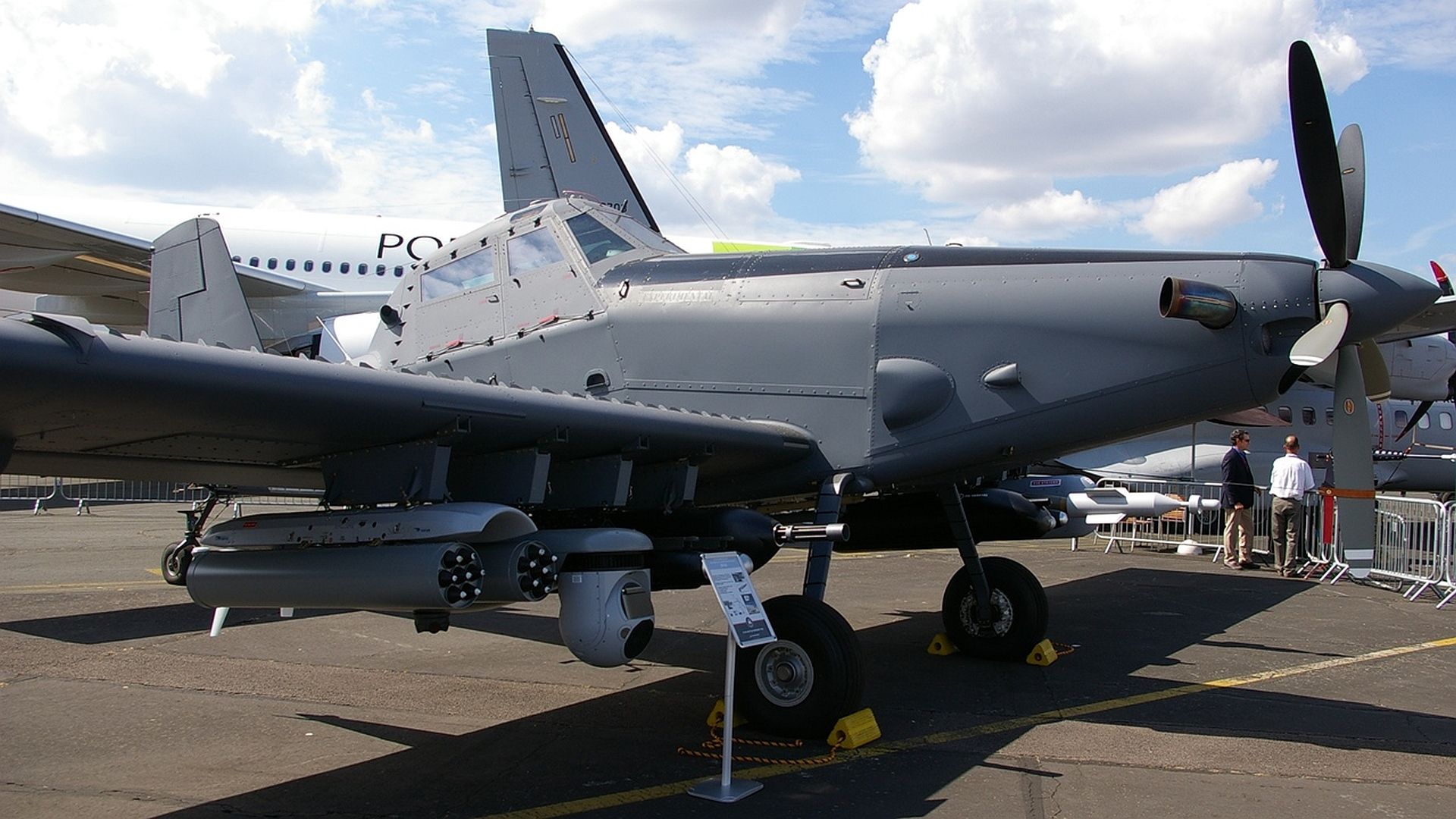
A U.S. Air Force F-22 Raptor assigned to the 3rd Wing, and an F-16 Fighting Falcon assigned to Eielson Air Force base fly next to a KC-135 Stratotanker assigned to the 117th Aerial Refuel Squadron, Forbes Field, Kansas during RED FLAG-Alaska 22-3 over the Joint Pacific Alaska Range Complex, Alaska, August 2, 2022. The JPARC is the largest instrumented air, ground, and electronic combat training range in the world (U.S. Air Force photo by Airman 1st Class Andrew Britten)
A U.S. Air Force F-16 Fighting Falcon assigned to Eielson Air Force base departs after receiving fuel from a KC-135 Stratotanker assigned to the 117th Aerial Refuel Squadron, Forbes Field, Kansas during RED FLAG-Alaska 22-3 over the Joint Pacific Alaska Range Complex, Alaska, August 2, 2022. The JPARC is the largest instrumented air, ground, and electronic combat training range in the world (U.S. Air Force photo by Airman 1st Class Andrew Britten)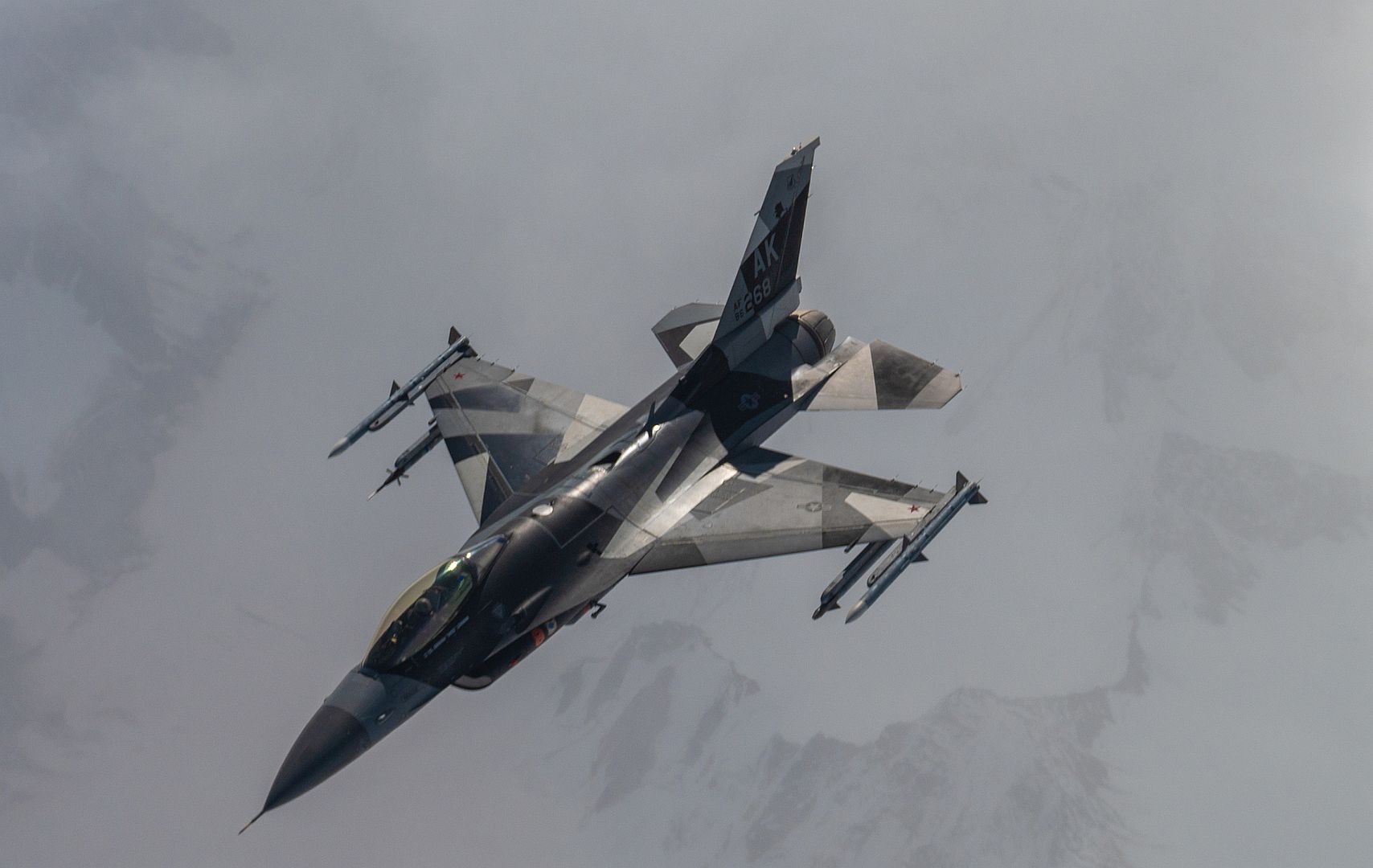
PACIFIC OCEAN (Aug. 3, 2022) – An F-35B Lightning II aircraft assigned to Marine Medium Tiltrotor Squadron (VMM) 262 (Reinforced) taxis on the flight deck aboard amphibious assault carrier USS Tripoli (LHA 7), Aug. 3, 2022. Tripoli is operating in the U.S. 7th Fleet area of operations to enhance interoperability with allies and partners and serve as a ready response force to defend peace and maintain stability in the Indo-Pacific region. (U.S. Navy photo by Mass Communication Specialist 2nd Class Malcolm Kelley)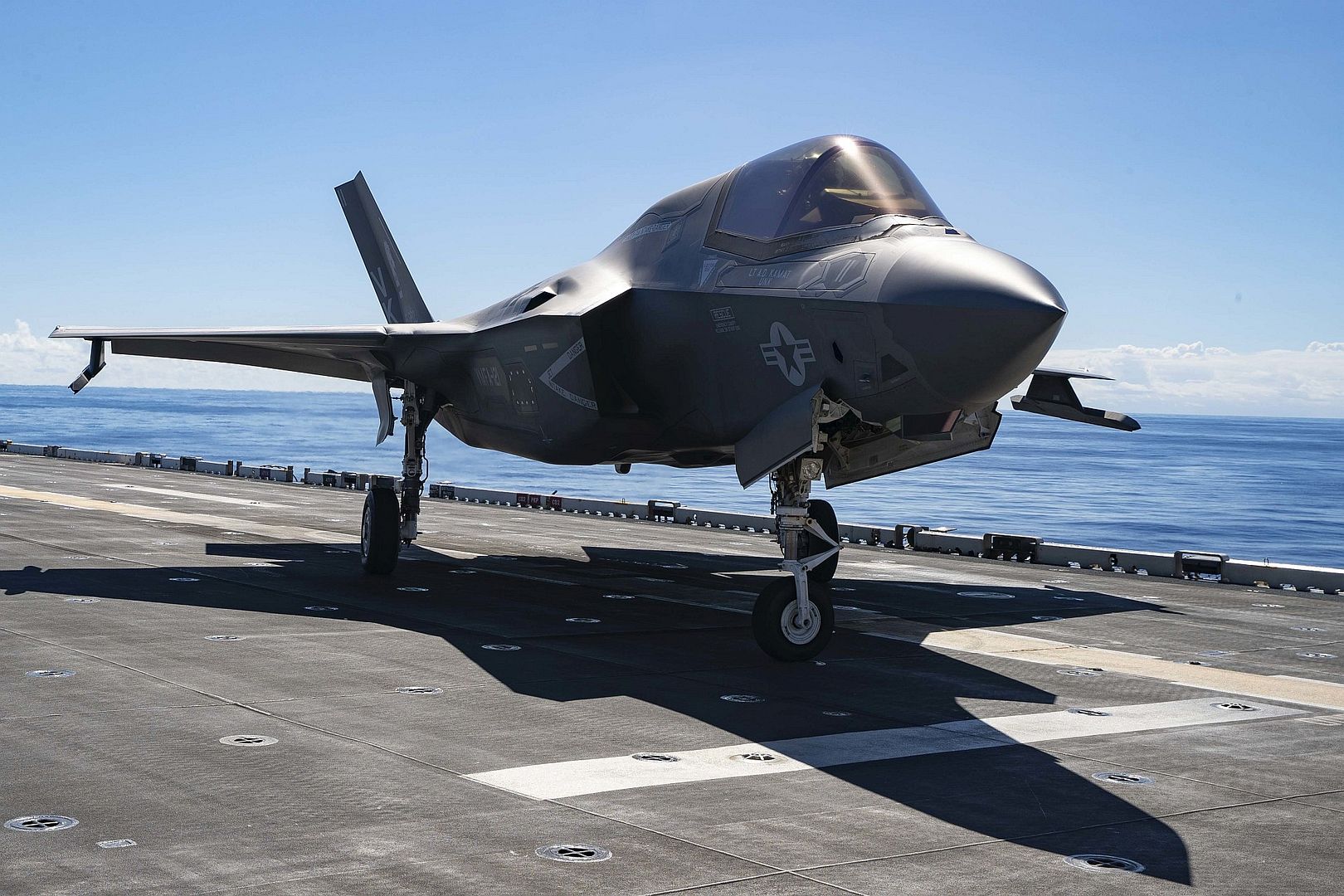
PHILIPPINE SEA (Aug. 4, 2022) An F/A-18E Super Hornet attached to the Royal Maces of Strike Fighter Squadron (VFA) 27 prepares to launch on the flight deck of the U.S. Navy’s only forward-deployed aircraft carrier USS Ronald Reagan (CVN 76), in the Philippine Sea, Aug. 4. The Royal Maces conduct carrier-based air strike and strike force escort missions, as well as ship, battle group, and intelligence collection operations. Ronald Reagan, the flagship of Carrier Strike Group 5, provides a combat-ready force that protects and defends the United States, and supports alliances, partnerships and collective maritime interests in the Indo-Pacific region. (U.S. Navy photo by Mass Communication Specialist 3rd Class Dallas A. Snider)
An F/A-18F Super Hornet, attached to the "Gladiators" of Strike Fighter Squadron (VFA) 106, flies over the flight deck of USS Gerald R. Ford (CVN 78), August 2, 2022. Ford is underway in the Atlantic Ocean conducting Fleet Replacement Squadron carrier qualifications. (U.S. Navy photo by Mass Communication Specialist 2nd Class Jackson Adkins)
An F/A-18F Super Hornet, attached to the "Gladiators" of Strike Fighter Squadron (VFA 106), prepares for launch from USS Gerald R. Ford's (CVN 78) flight deck, August 2, 2022. Ford is underway in the Atlantic Ocean conducting Fleet Replacement Squadron carrier qualifications. (U.S. Navy photo by Mass Communication Specialist 2nd Class Jackson Adkins)
-
 Main AdminU.S. Marine Corps Lance Cpl. Gunner Gatewood, Marine Fighter Attack Squadron 225 powerline mechanic, performs a preflight check on an F-35B Lightning II during RED FLAG-Alaska 22-3 at Eielson Air Force Base, Alaska, Aug. 3, 2022. RF-A is a premier training event for joint units to bolster interoperability while simultaneously honing combat skills to provide joint forces the opportunity to exercise combat capabilities through shared tactics, techniques, and procedures under a simulated war-time environment. (U.S. Air Force photo by Senior Airman Shannon Braaten)
Main AdminU.S. Marine Corps Lance Cpl. Gunner Gatewood, Marine Fighter Attack Squadron 225 powerline mechanic, performs a preflight check on an F-35B Lightning II during RED FLAG-Alaska 22-3 at Eielson Air Force Base, Alaska, Aug. 3, 2022. RF-A is a premier training event for joint units to bolster interoperability while simultaneously honing combat skills to provide joint forces the opportunity to exercise combat capabilities through shared tactics, techniques, and procedures under a simulated war-time environment. (U.S. Air Force photo by Senior Airman Shannon Braaten)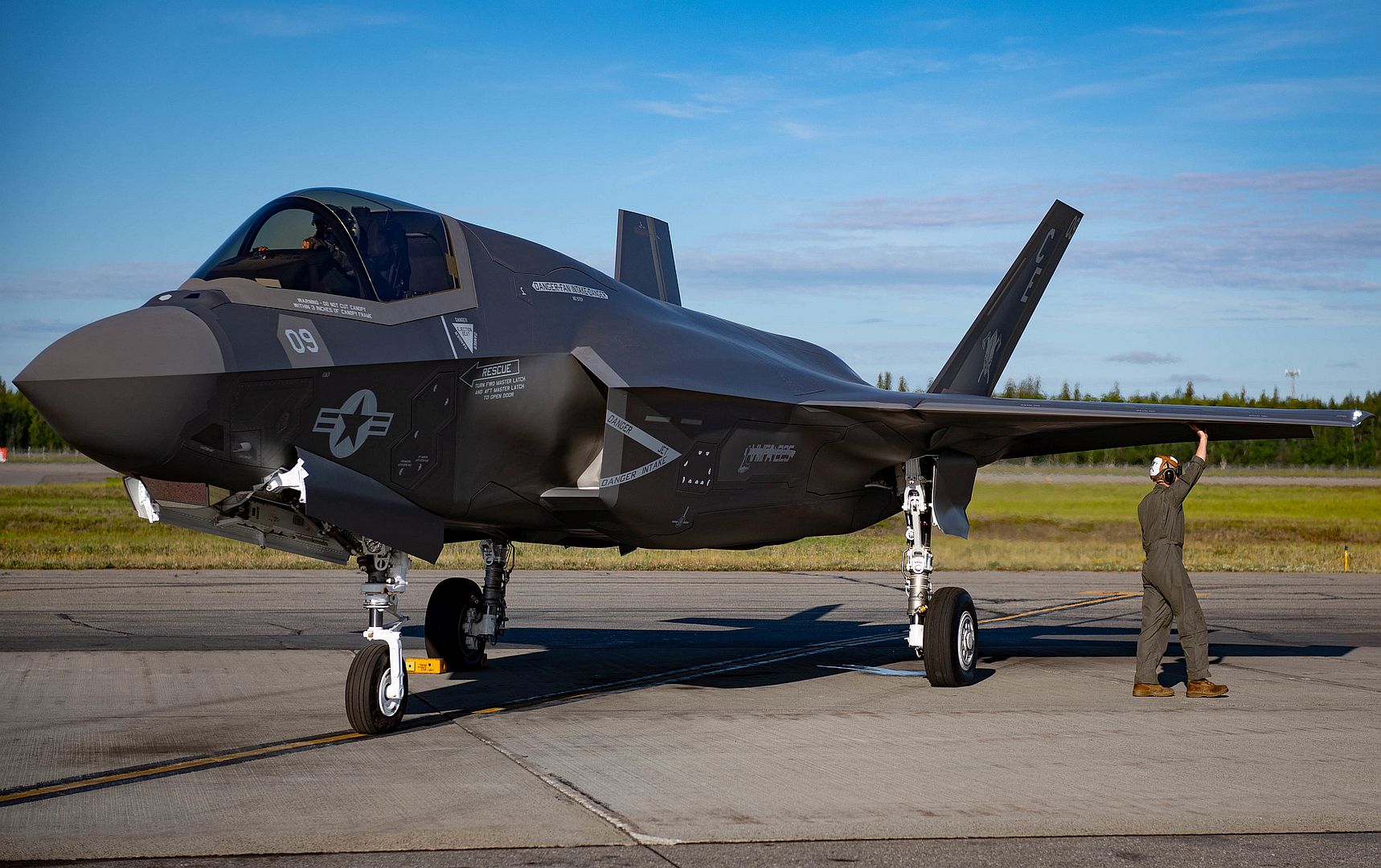
A U.S. Air Force F-22 Raptor assigned to the 90th Fighter Squadron, 3rd Wing landed at the 32nd Tactical Air Base in Łask, Poland to support NATO Air Shielding in the European Theater August 4, 2022. The NATO Shielding mission is a joint integrated mission to increase the air and missile defense posture along the Eastern flank of the Alliance. (U.S. Air Force photo by Staff Sergeant Danielle Sukhlall)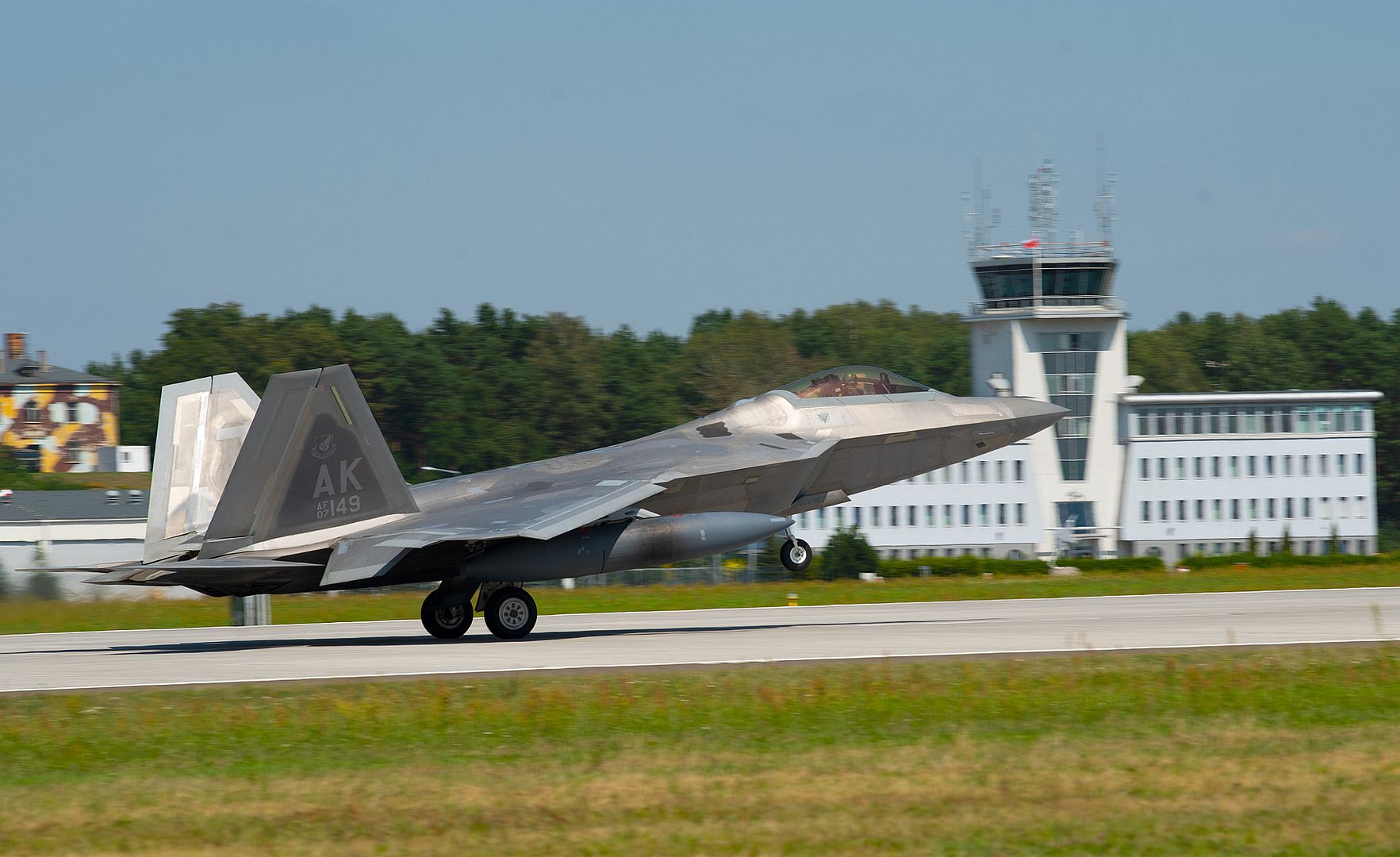
PACIFIC OCEAN (Aug. 4, 2022) – An F-35B Lightning II aircraft assigned to Marine Medium Tiltrotor Squadron (VMM) 262 (Reinforced) lands on the flight deck aboard amphibious assault carrier USS Tripoli (LHA 7), Aug. 4, 2022. Tripoli is operating in the U.S. 7th Fleet area of operations to enhance interoperability with allies and partners and serve as a ready response force to defend peace and maintain stability in the Indo-Pacific region. (U.S. Navy photo by Mass Communication Specialist 2nd Class Malcolm Kelley)
PACIFIC OCEAN (Aug. 4, 2022) – An F-35B Lightning II aircraft assigned to Marine Medium Tiltrotor Squadron (VMM) 262 (Reinforced) taxis on the flight deck aboard amphibious assault carrier USS Tripoli (LHA 7), Aug. 4, 2022. Tripoli is operating in the U.S. 7th Fleet area of operations to enhance interoperability with allies and partners and serve as a ready response force to defend peace and maintain stability in the Indo-Pacific region. (U.S. Navy photo by Mass Communication Specialist 2nd Class Malcolm Kelley)
PACIFIC OCEAN (Aug. 4, 2022) – An F-35B Lightning II aircraft assigned to Marine Medium Tiltrotor Squadron (VMM) 262 (Reinforced) launches from the flight deck aboard amphibious assault carrier USS Tripoli (LHA 7), Aug. 4, 2022. Tripoli is operating in the U.S. 7th Fleet area of operations to enhance interoperability with allies and partners and serve as a ready response force to defend peace and maintain stability in the Indo-Pacific region. (U.S. Navy photo by Mass Communication Specialist 2nd Class Malcolm Kelley)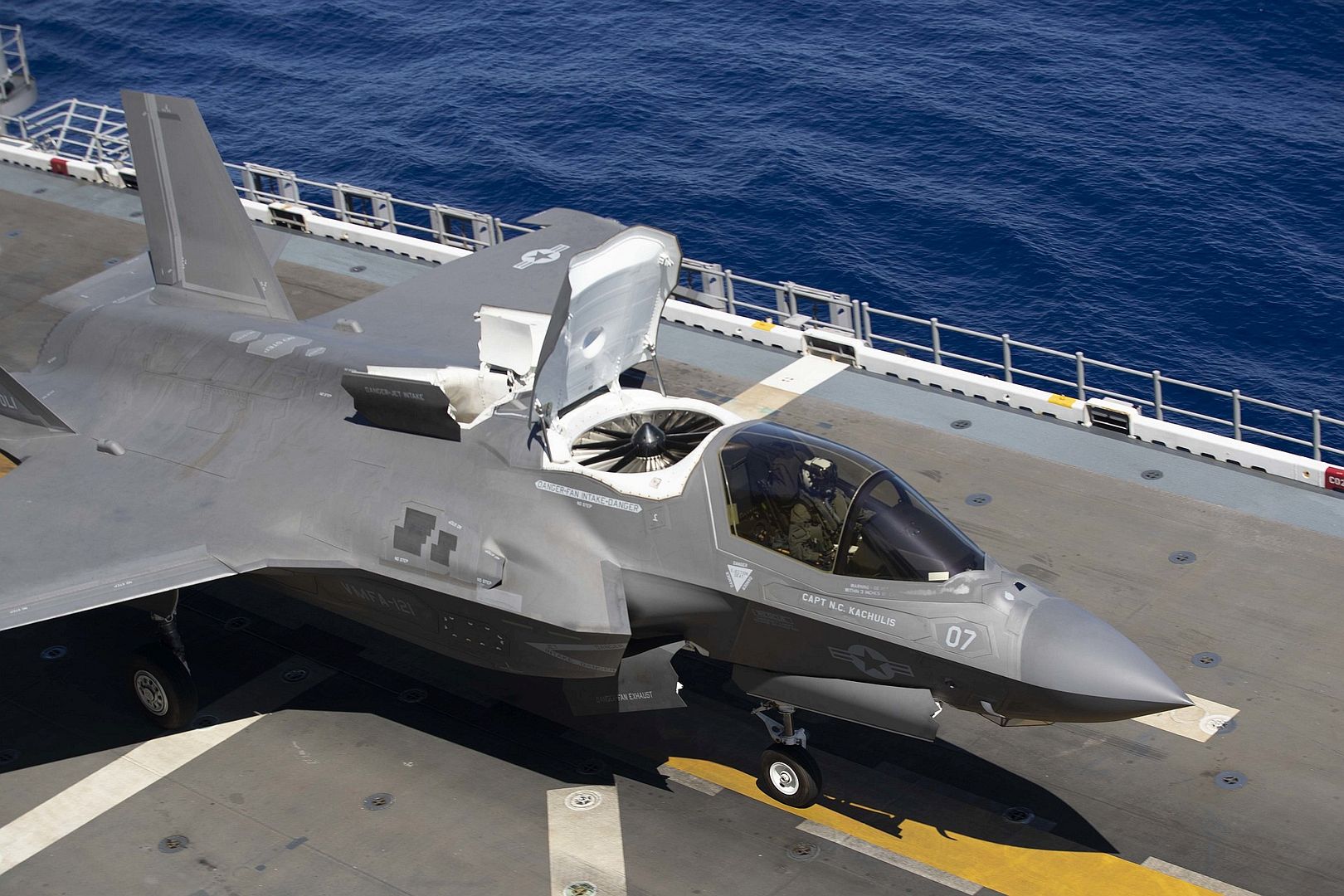
PHILIPPINE SEA (Aug. 3, 2022) Sailors prepare to disarm ordnance on an F/A-18F Super Hornet attached to the "Diamondbacks" of Strike Fighter Squadron (VFA) 102 on the flight deck of the U.S. Navy's only forward-deployed aircraft carrier USS Ronald Reagan (CVN 76) in the Philippine Sea. The Diamondbacks conduct carrier-based air strike and strike force escort missions, as well as ship, battle group, and intelligence collection operations. Ronald Reagan, the flagship of Carrier Strike Group 5, provides a combat-ready force that protects and defends the United States, and supports alliances, partnerships and collective maritime interests in the Indo-Pacific region. (U.S. Navy photo by Mass Communication Specialist 3rd Class Dallas A. Snider).jpg?width=1920&height=1080&fit=bounds)
-
 Main AdminA Royal Danish Navy MH-60R helicopter attached to HDMS Triton flies above the mast of the Royal Canadian Navy vessel HMCS Goose Bay during Operation Nanook, Northern Atlantic Ocean, Aug. 5, 2022. Operation Nanook is a multinational military exercise highlighting the abilities of the United States and partner nations to advance shared maritime objectives. (U.S. Coast Guard photo by Petty Officer 3rd Class Matthew Abban)
Main AdminA Royal Danish Navy MH-60R helicopter attached to HDMS Triton flies above the mast of the Royal Canadian Navy vessel HMCS Goose Bay during Operation Nanook, Northern Atlantic Ocean, Aug. 5, 2022. Operation Nanook is a multinational military exercise highlighting the abilities of the United States and partner nations to advance shared maritime objectives. (U.S. Coast Guard photo by Petty Officer 3rd Class Matthew Abban)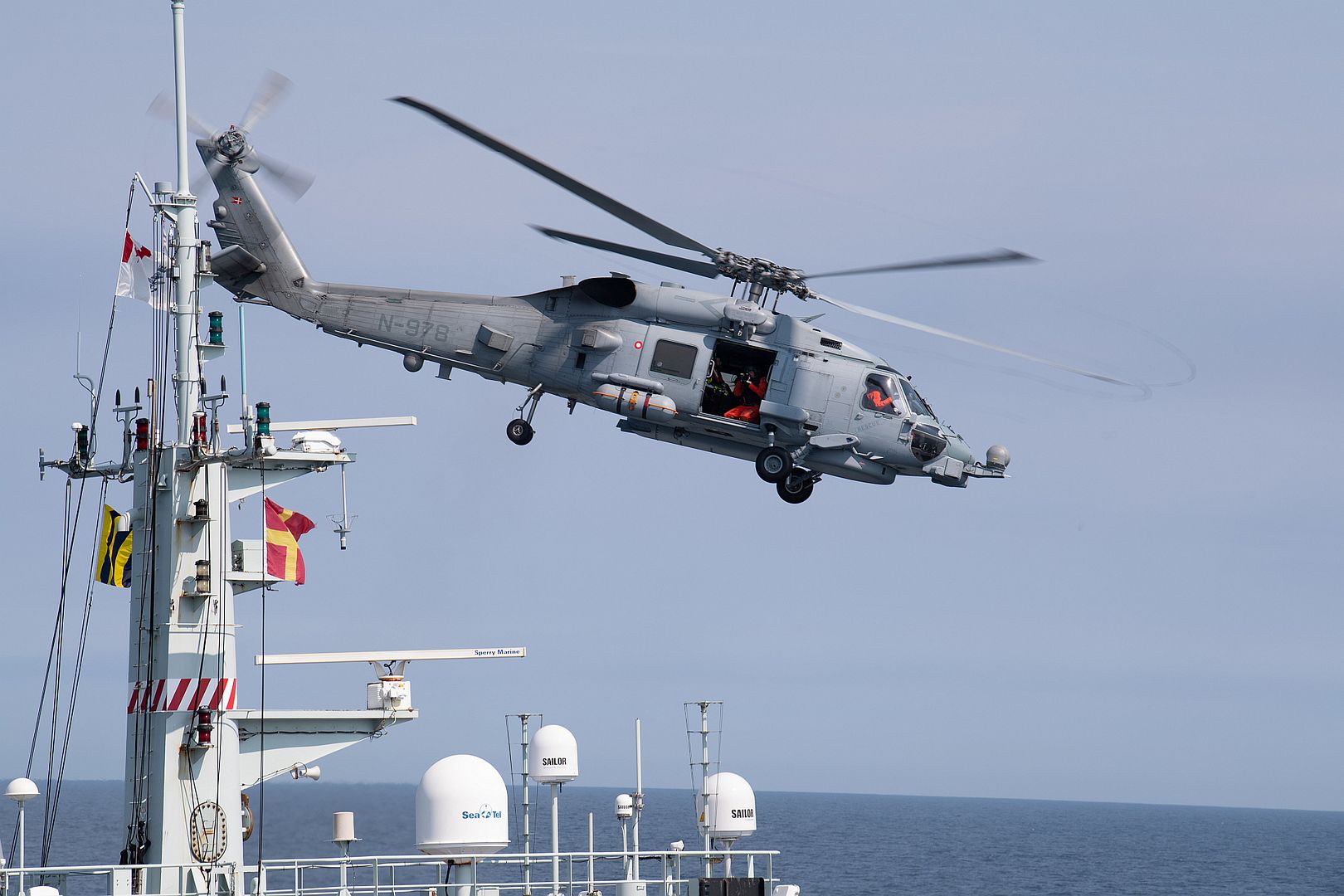
Finnish media take photos of U.S. Marine Corps AV-8B Harriers aboard the Wasp-class amphibious assault ship USS Kearsarge (LHD 3) in Helsinki, Finland, August 7, 2022. The Kearsarge Amphibious Ready Group and 22nd MEU, under the command and control of Task Force 61/2, is on a scheduled deployment in the U.S. Naval Forces Europe area of operations, employed by U.S. Sixth Fleet to defend U.S., allied and partner interests. (U.S. Marine Corps photo by Sgt. Armando Elizalde)_in_Helsinki_Finland_August_7_2022..jpg?width=1920&height=1080&fit=bounds)
U.S. Air Force F-16 Fighting Falcons sit on the flightline of the Ohio National Guard’s 180th Fighter Wing, in the early morning hours, during a large-scale readiness inspection, Aug. 8, 2022, at the base in Swanton, Ohio. The exercise was a full-scale assessment of the rapid generation and movement of personnel and equipment, utilizing a 24-hour operation concept. The wing was evaluated on its ability to pack, prepare and deploy mission-ready personnel, aircraft and support equipment, while operating in a contested and degraded environment. (U.S. Air National Guard photos by Senior Master Sgt. Beth Holliker)


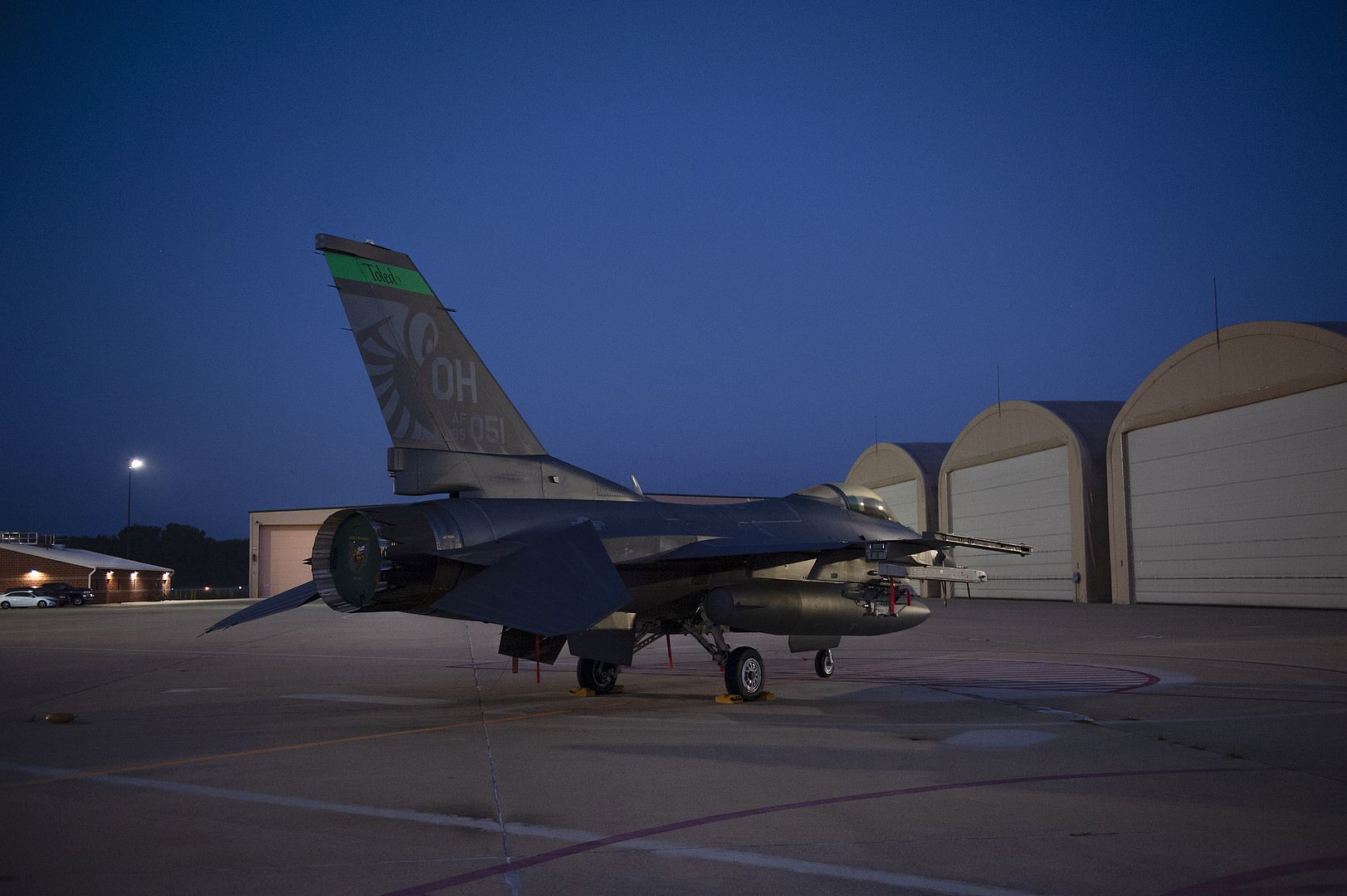
U.S. Air Force F-16 Fighting Falcons with Luke Air Force base prepare to be refueled by a KC-135 Stratotanker from the 161st Air Refueling Wing during a local sortie on Aug. 6, 2022. The 161st out of Goldwater Air National Guard Base, conducts regular air refueling missions with their regional partners at Luke Air Force Base. (U.S. Air National Guard photo by Staff Sgt. James A. Richardson Jr.)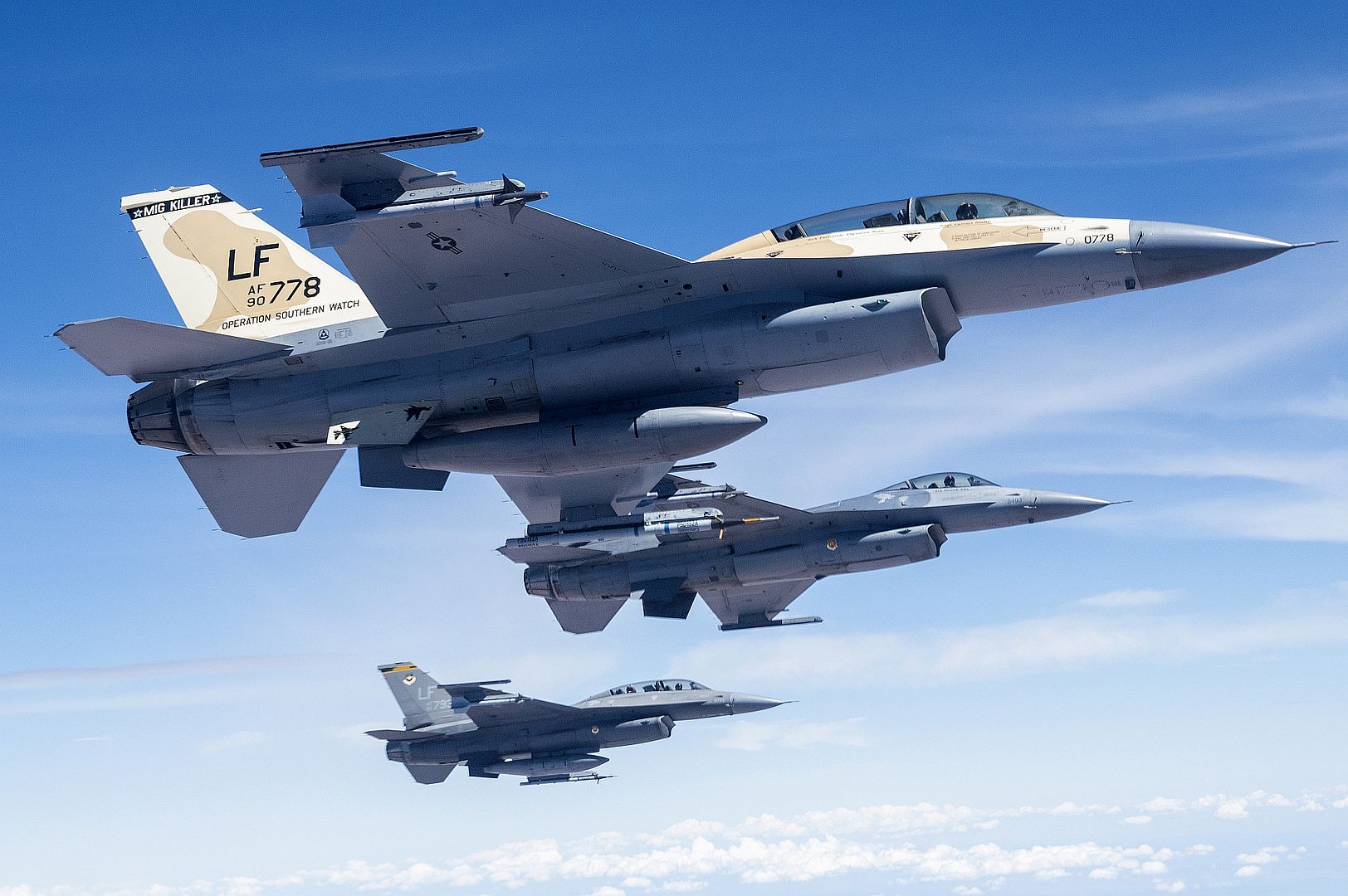
A U.S. Air Force F-15E Strike Eagle from the 414th Fighter Group flies in alongside a KC-135 Stratotanker from the 197th Air Refueling Squadron during a training mission above Arizona, Aug. 6, 2022. The 161st Air Refueling Wing out of the Goldwater Air National Guard Base, conducts refueling missions with regional partners regularly to help ensure mission readiness.
(Photo by Tech. Sgt. Dillon Davis)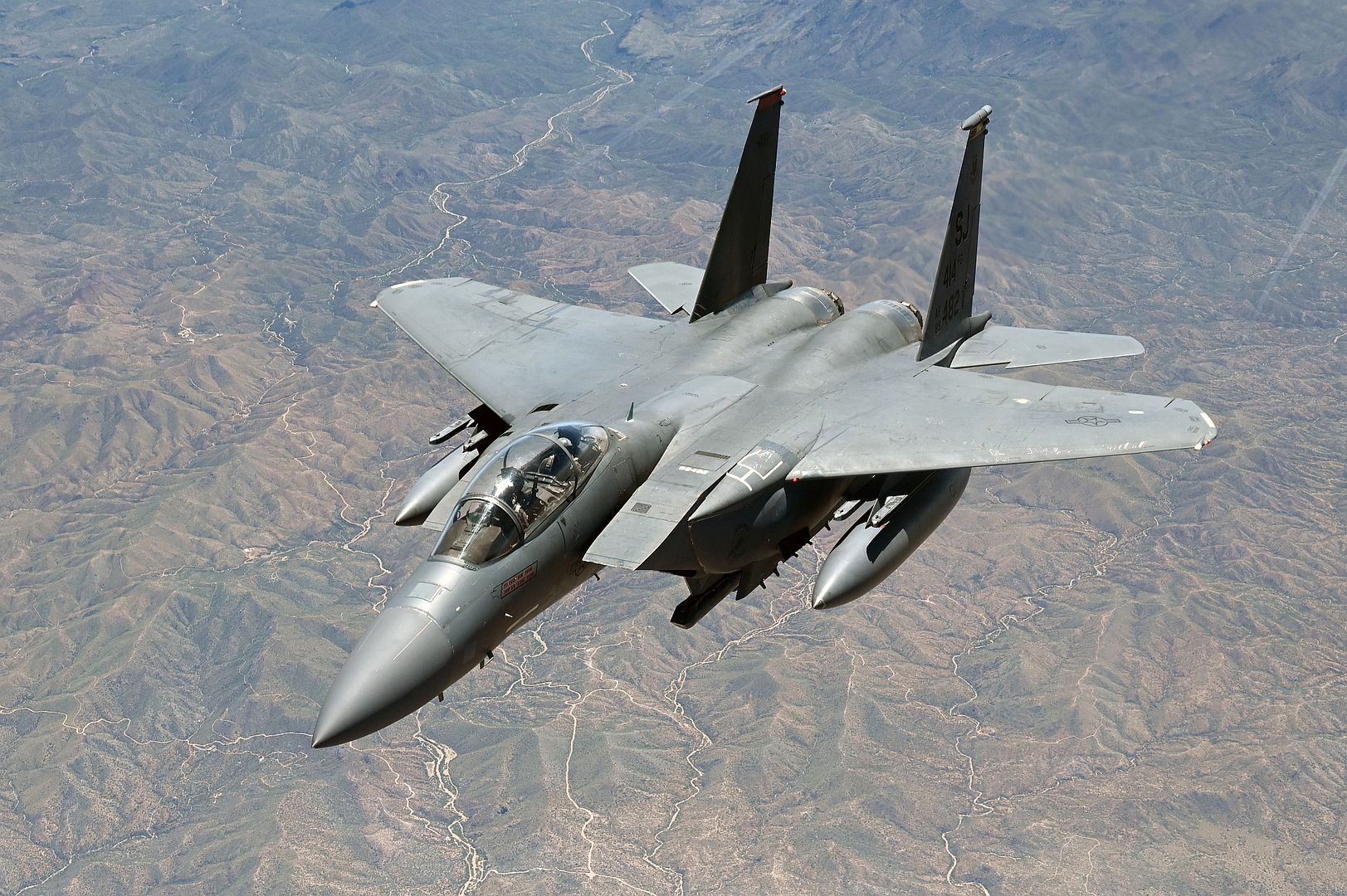
A U.S. Air Force F-35 Lightning II from the 52nd Fighter Squadron flies in alongside a KC-135 Stratotanker from the 197th Air Refueling Squadron during a training mission above Arizona, Aug. 6, 2022. The 161st Air Refueling Wing out of the Goldwater Air National Guard Base, conducts refueling missions with their regional partners at Luke Air Force Base regularly to help ensure mission readiness.
(Photo by Tech. Sgt. Dillon Davis)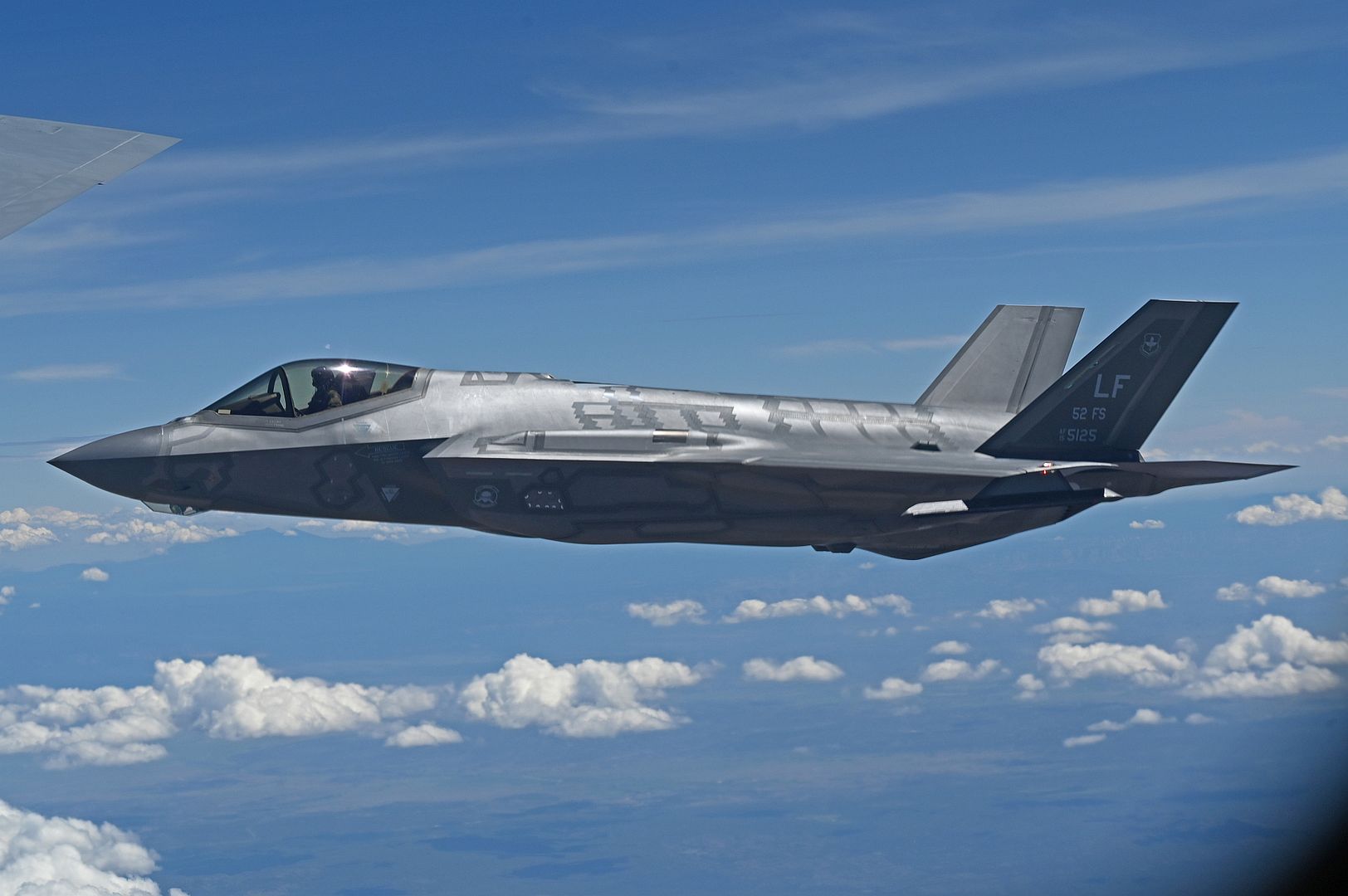
A U.S. Air Force F-15E Strike Eagle from the 414th Fighter Group flies in alongside a KC-135 Stratotanker from the 197th Air Refueling Squadron during a training mission above Arizona, Aug. 6, 2022. The 161st Air Refueling Wing out of the Goldwater Air National Guard Base, conducts refueling missions with regional partners regularly to help ensure mission readiness.
(Photo by Tech. Sgt. Dillon Davis)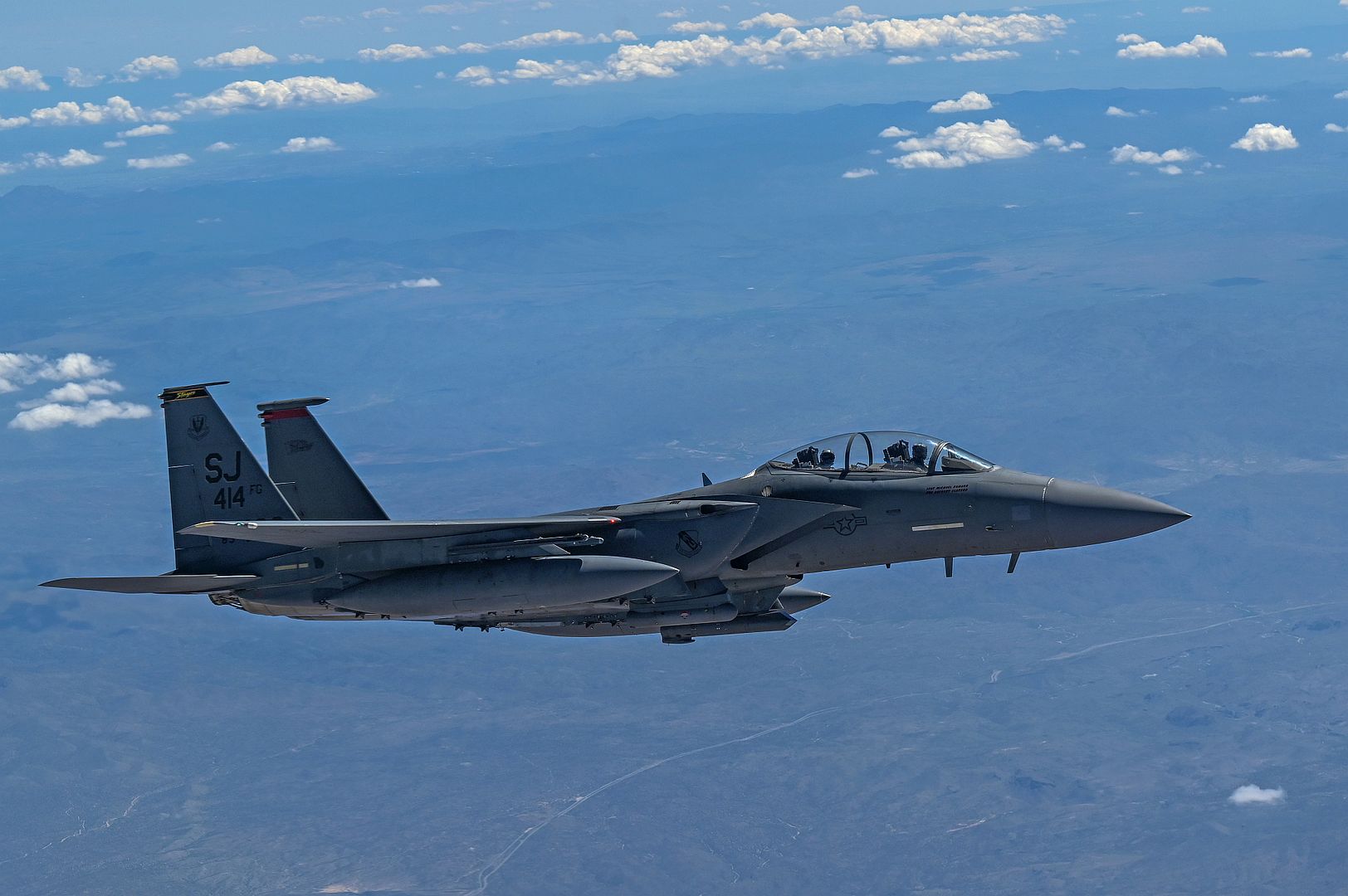
Gen. Daniel R. Hokanson, 29th Chief of the National Guard Bureau, and Maj. “Spider” Falcone, 131st Bomb Wing B-2 Spirit stealth bomber pilot, taxis a B-2 Spirit stealth bomber at Whiteman Air Force Base, Missouri, Aug. 6, 2022. Hokanson visited Whiteman to learn how the 131st and 509th bomb wings combine to accomplish the B-2 mission from ground to air. (U.S. Air National Guard photo by Master Sgt. John E. Hillier) Note: Some names are redacted for security purposes.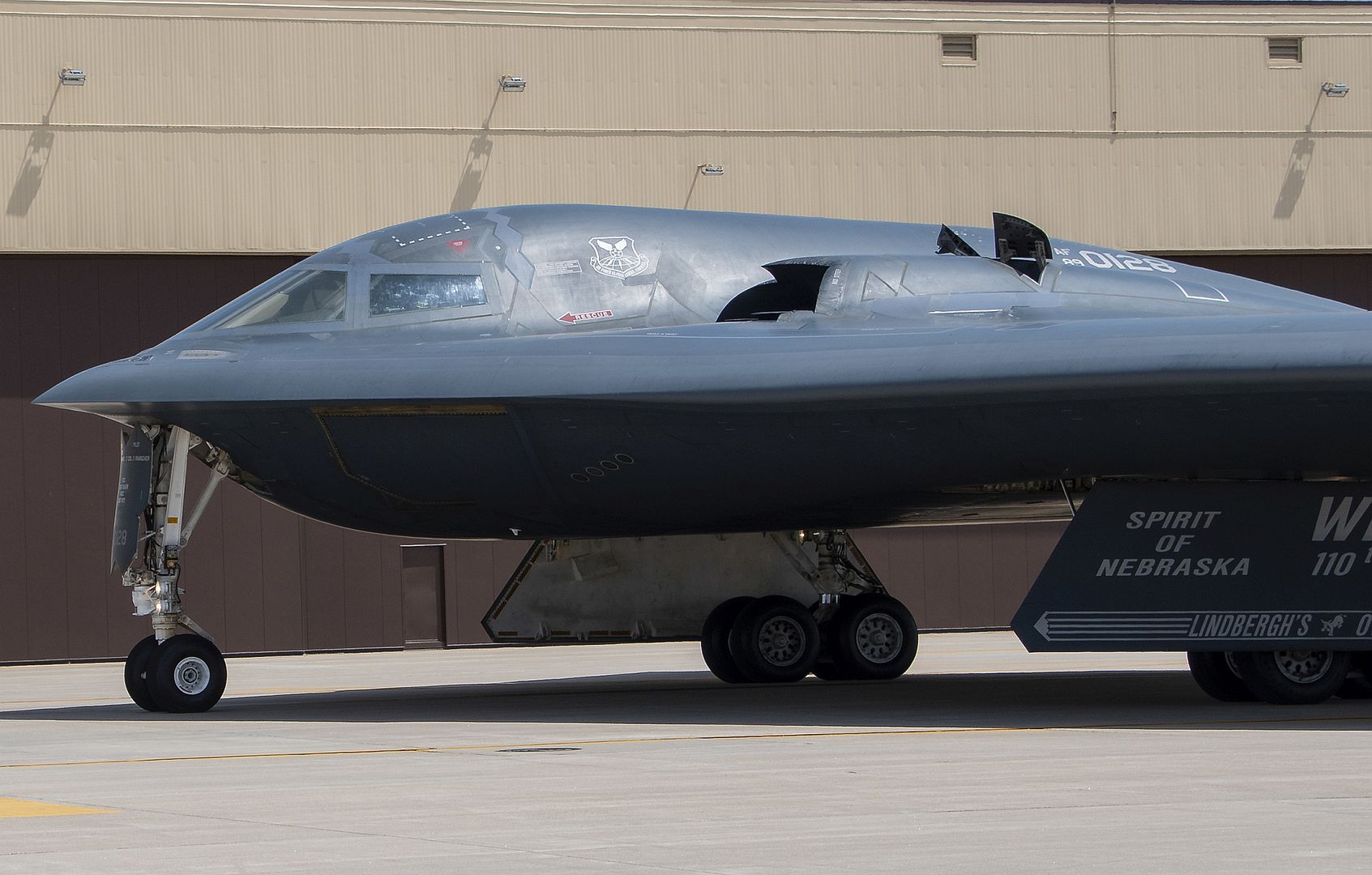
An AH-64 Apache assigned to 3rd Squadron, 17th Cavalry Regiment, 3rd Combat Aviation Brigade, 3rd Infantry Division sits on the flightline at Hunter Army Airfield, Georgia, August 8, 2022. (U.S. Army photo by Spc. Caitlin Wilkins, 3rd Combat Aviation Brigade)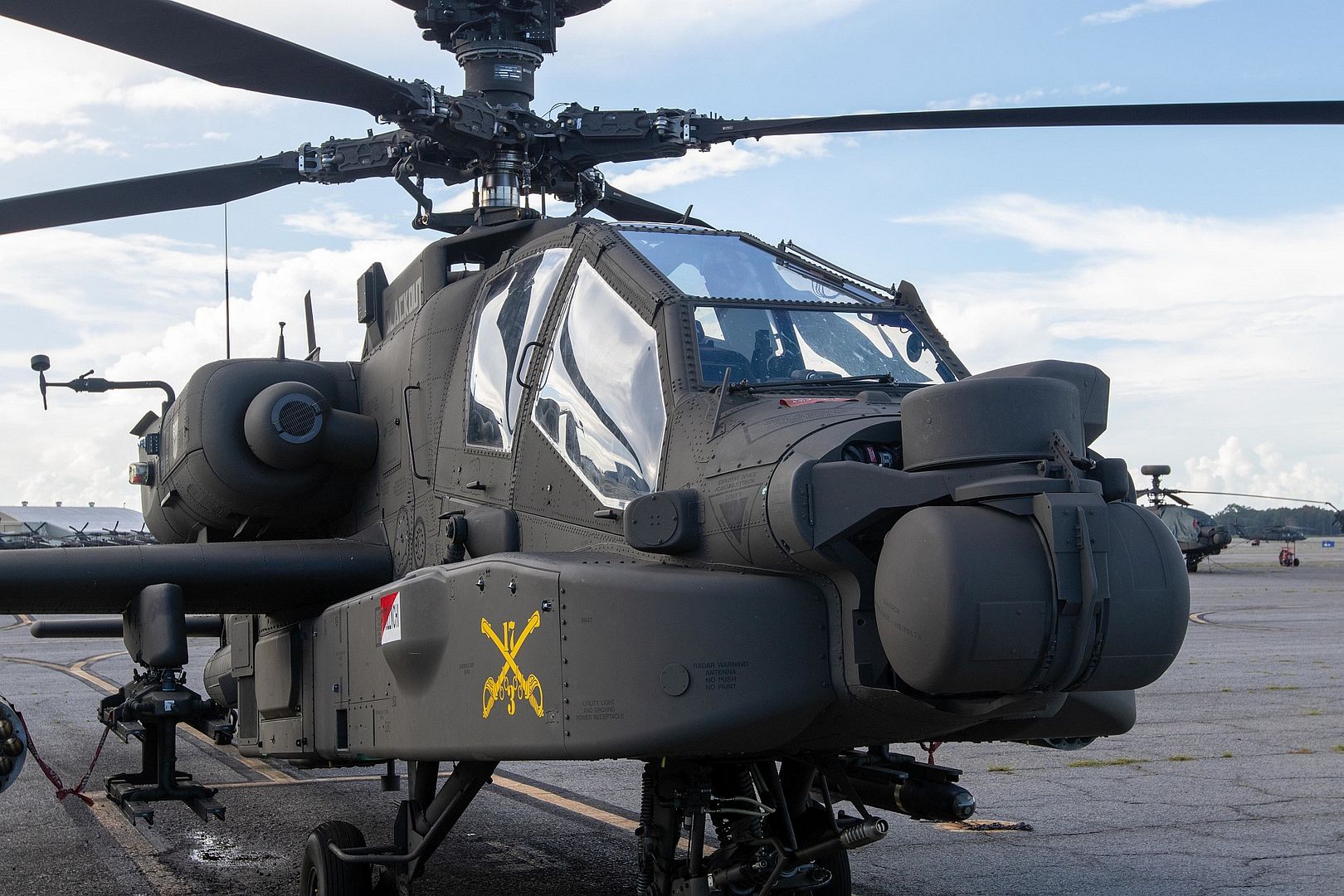
August 08, 2022
Bombardier today announced the sale of its industry-leading Challenger 3500 business jet to Italian-based operator, Air Corporate SRL. This will be the first company to offer the aircraft for charter in Europe.
Introduced in 2021, the new Challenger 3500 aircraft offers a unique blend of performance, advantageous operating costs, ultimate cabin experience and smooth ride, making it an ideal choice for the European charter market. And with its redesigned interior with intelligent and sustainably minded cabin features, the Challenger 3500 aircraft is elegantly crafted to combine comfort with function, fully elevating the passenger experience.
“The new Challenger 3500 aircraft is the perfect charter solution for Air Corporate SRL and other flight departments, offering a truly seamless corporate travel experience,” said Ettore Rodaro, Regional Vice President, Sales, Europe, Bombardier. “With its impressive performance, consistent reliability and exceptional smooth ride, the Challenger 3500 is the industry’s leading super mid-size business jet.”
“We’re thrilled to be adding the new Challenger 3500 aircraft to our fleet,” said Roano Grandi, President, Air Corporate SRL, alongside Jacopo Foroni, CFO and Paolo Serini, COO. “This exceptional aircraft provides us with an outstanding option to further enhance our charter business and provide our discerning customers with an exceptional private aircraft experience at every level.”
One of Italy’s leading aircraft management firms with eight locations throughout the country, Air Corporate SRL’s crews and logistical teams are dedicated to exceeding customer's expectations – and the new Challenger 3500 business jet will take centre stage as the preferred choice for Air Corporate SRL customers’ luxury travel experiences.
The next-generation Challenger 3500 brings many of the attributes of the luxurious Global family, including Bombardier’s exclusive and patented Nuage seat, the first time a seat of this calibre is available in the super mid-size segment. It also places high focus on passenger wellness, with a reduced cabin altitude of 4,850 ft. at 41,000 ft., representing a 31% improvement compared to its predecessor.
The Challenger 3500 aircraft also introduces several innovative technological features, such as the industry’s first voice-controlled cabin to manage lighting, temperature, and entertainment systems, the first wireless chargers throughout the cabin and the only 24-inch, 4K display in its class. In the cockpit, Bombardier introduces a standard-equipped auto throttle system to the Challenger 3500 flight deck, which offers the most baseline features in its class.
Earlier this year, the Challenger 3500 also captured the prestigious “Best of the Best” Red Dot Award for its unique ground-breaking design. The Red Dot Award is one of the most prestigious design awards worldwide and honours innovation, concepts, and visions. This award is truly a testament to Bombardier’s successful Challenger platform and is representative of the company’s innovative spirit and approach to continuous improvement.
The mockup of the Challenger 3500 aircraft is currently on display in Olbia, Italy until August 31. For more information on this class-leading business jet, please visit Bombardier’s website.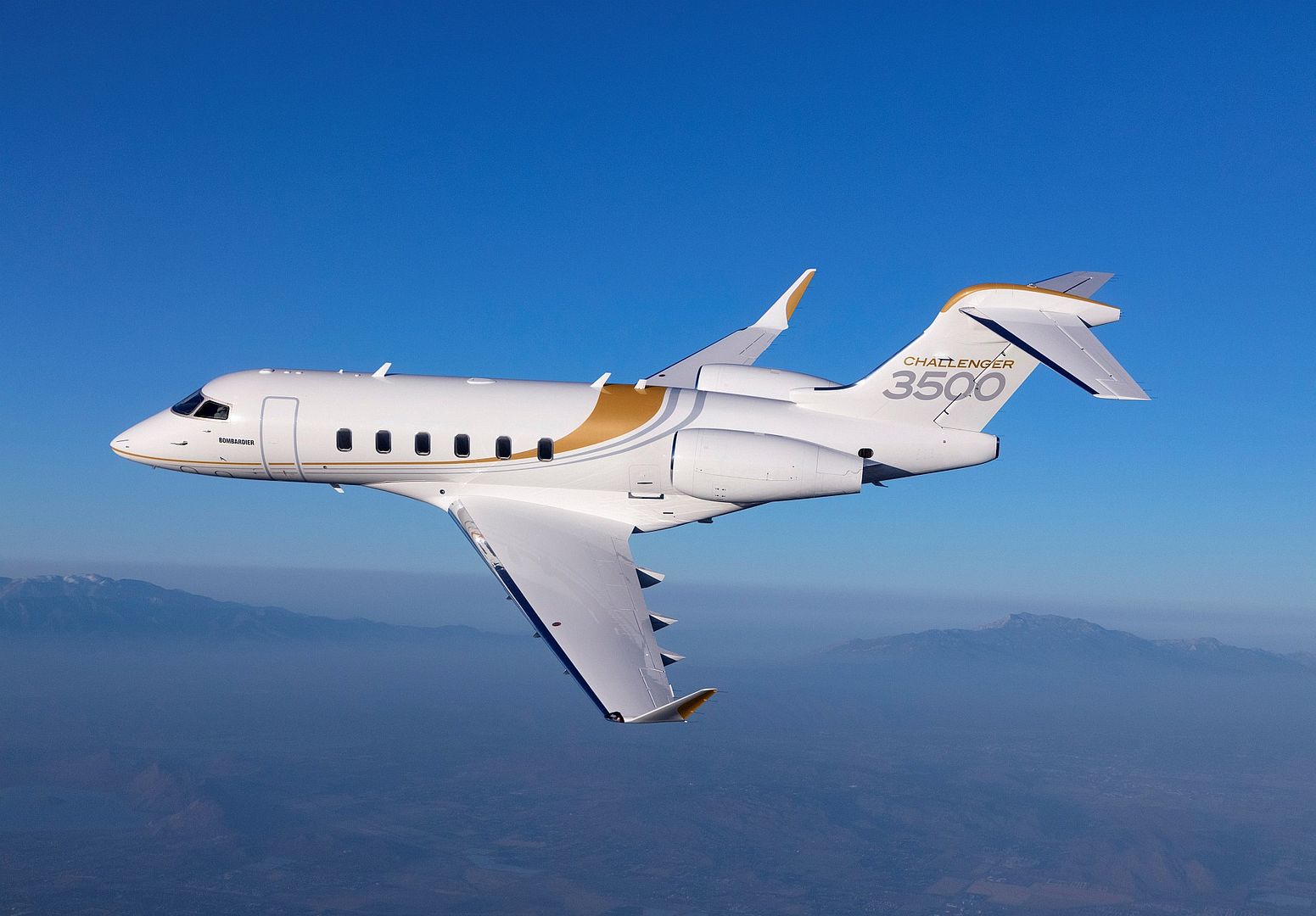
Singapore (August 8, 2022) – Bell Textron Inc., a Textron Inc. (NYSE:TXT) company, announced that Meghna Aviation Ltd. in Bangladesh has signed a purchase agreement for two Bell helicopters, a Bell 505 and a Bell 407GXi.
Established in 2011, Meghna Aviation is a part of Meghna Group of Industries, a leading Bangladeshi-based corporation, that employs more than 35,000 people across its various businesses.
Upon delivery, Meghna’s new Bell 505 and Bell 407GXi will increase their Bell helicopter fleet to four aircraft that support the company’s corporate, leisure and utility helicopter charter business.
“We are honored by the continued trust that Meghna, a leading Bangladeshi aviation company and longtime Bell customer, has shown in Bell with today’s announcement,” said Jacinto Monge, managing director, Asia Pacific, Bell. “I am confident Meghna’s new Bell 505 and Bell 407GXi will provide them the flexibility and reliability to expand their mission profiles in Bangladesh.”
The Bell 407 aircraft has played an essential role in critical missions for more than 25 years. The aircraft sets a high standard for single-engine aircraft with its unmatched reliability and performance in hot, high and maritime environments. There are more than 1,600 Bell 407s globally, logging 6 million flight hours across the fleet and actively performing flight training as well as military, tourism and para-public missions. The Bell 407GXi’s Garmin G1000H NXi Flight Deck enhances situational awareness and reduces pilot workload by delivering easy-to-read information at a glance.
In February, the Bell 505 achieved 100,000 global fleet hours, and there have been more than 360 Bell 505 global deliveries since 2017. Equipped with the only dual-channel FADEC engine in its class, the Bell 505 is extremely cost-competitive, providing more power in hot and high-altitude environments. Combined with cutting-edge Garmin G1000H NXi avionics and adaptable cabin design, the 505 is ideal for private charters, corporate executives, utilities, public safety, pilot training and more.
-
 Main AdminA U.S. Air Force F-16 Fighting Falcon assigned to the 510th Fighter Squadron lands after a training sortie at Aviano Air Base, Italy, Aug. 8, 2022. The 31st Fighter Wing hosts a diverse combat mission set that includes training the pilots of the 555th and 510th Fighter Squadrons. (U.S. Air Force photo by Senior Airman Brooke Moeder)
Main AdminA U.S. Air Force F-16 Fighting Falcon assigned to the 510th Fighter Squadron lands after a training sortie at Aviano Air Base, Italy, Aug. 8, 2022. The 31st Fighter Wing hosts a diverse combat mission set that includes training the pilots of the 555th and 510th Fighter Squadrons. (U.S. Air Force photo by Senior Airman Brooke Moeder)
PACIFIC OCEAN (Aug. 7, 2022) An F/A-18E Super Hornet, assigned to the “Vigilantes” of Strike Fighter Squadron (VFA) 151, flies alongside the Nimitz-class aircraft carrier USS Abraham Lincoln (CVN 72) during an air power demonstration for embarked guests. The Abraham Lincoln Carrier Strike Group is underway conducting routine operations in the U.S. 3rd Fleet. (U.S. Navy photo by Mass Communication Specialist 3rd Class Kassandra Alanis)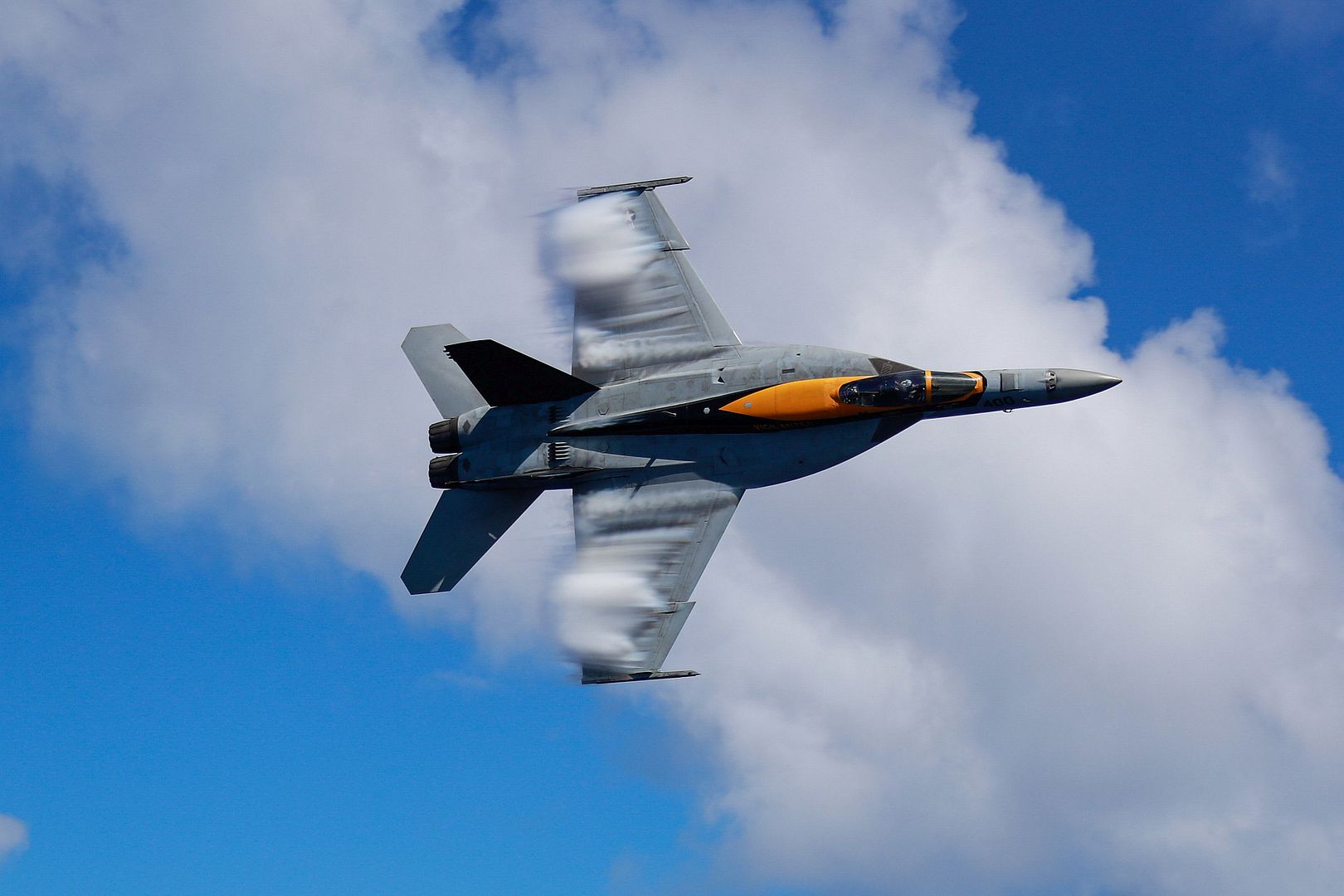
PACIFIC OCEAN (Aug. 7, 2022) An F-35C Lightning II, assigned to the "Black Knights" of Marine Fighter Attack Squadron (VMFA) 314, flies alongside the Nimitz-class aircraft carrier USS Abraham Lincoln (CVN 72) during an air power demonstration for embarked guests. The Abraham Lincoln Carrier Strike Group is underway conducting routine operations in the U.S. 3rd Fleet. (U.S. Navy photo by Mass Communication Specialist 3rd Class Kassandra Alanis)
PHILIPPINE SEA (Aug. 9, 2022) An F/A-18F Super Hornet attached to the Diamondbacks of Strike Fighter Squadron (VFA) 102 lands on the flight deck of the U.S. Navy’s only forward-deployed aircraft carrier USS Ronald Reagan (CVN 76) in the Philippine Sea, Aug. 9. The Diamondbacks conduct carrier-based air strike and strike force escort missions, as well as ship, battle group, and intelligence collection operations. Ronald Reagan, the flagship of Carrier Strike Group 5, provides a combat-ready force that protects and defends the United States, and supports alliances, partnerships and collective maritime interests in the Indo-Pacific region. (U.S. Navy photo by Mass Communication Specialist 3rd Class Gray Gibson)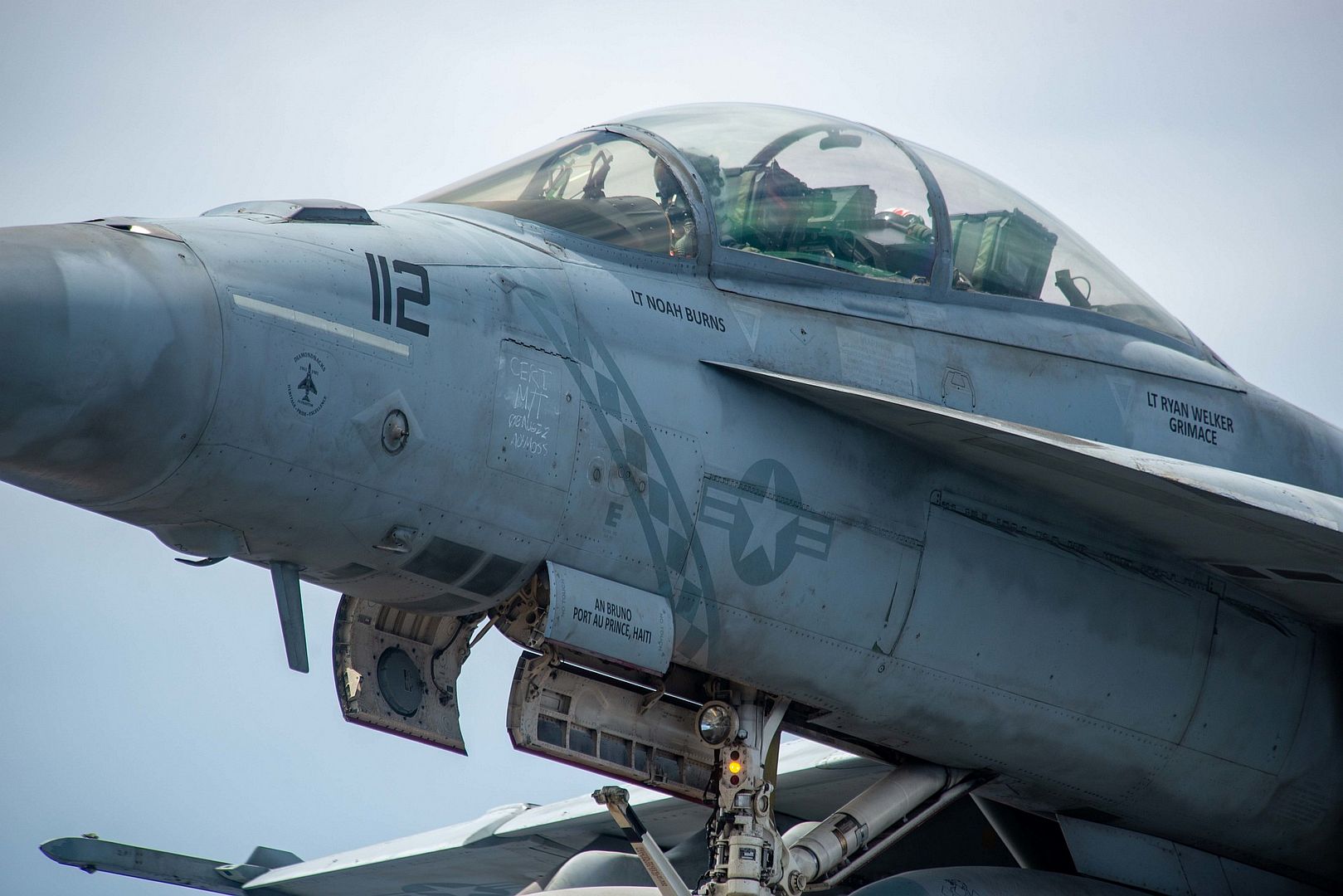
PHILIPPINE SEA (Aug. 9, 2022) A C-2A Greyhound attached to the Providers of Fleet Logistics Squadron (VRC) 30 lands on the flight deck of the U.S. Navy’s only forward-deployed aircraft carrier USS Ronald Reagan (CVN 76) in the Philippine Sea, Aug. 9. VRC 30 is one of only two carrier-qualified logistics support squadrons, providing supplies, personnel, and logistics support to Carrier Strike Group 5. Ronald Reagan, the flagship of Carrier Strike Group 5, provides a combat-ready force that protects and defends the United States, and supports alliances, partnerships and collective maritime interests in the Indo-Pacific region. (U.S. Navy photo by Mass Communication Specialist 3rd Class Gray Gibson)
PHILIPPINE SEA (Aug. 9, 2022) An F/A-18E Super Hornet attached to the Eagles of Strike Fighter Squadron (VFA) 115 lands on the flight deck of the U.S. Navy’s only forward-deployed aircraft carrier USS Ronald Reagan (CVN 76) in the Philippine Sea, Aug. 9. The Eagles conduct carrier-based air strike and strike force escort missions, as well as ship, battle group, and intelligence collection operations. Ronald Reagan, the flagship of Carrier Strike Group 5, provides a combat-ready force that protects and defends the United States, and supports alliances, partnerships and collective maritime interests in the Indo-Pacific region. (U.S. Navy photo by Mass Communication Specialist 3rd Class Gray Gibson)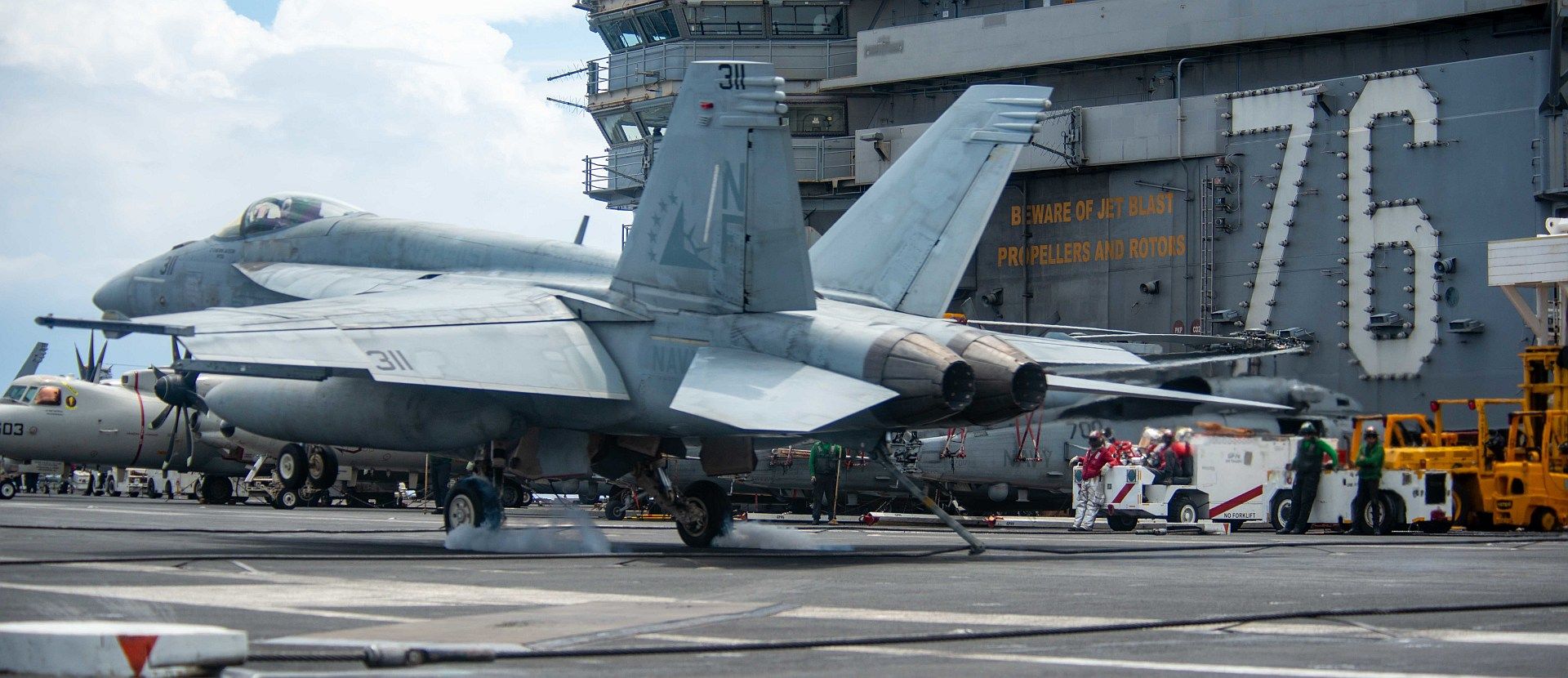
São Paulo, 9 August 2022 – Airbus Helicopters has delivered the world's first ACH160 to a customer in Brazil on the eve of the 17th edition of the Annual Latin American Business Aviation Conference & Exhibition (LABACE) at Congonhas airport, São Paulo. The rotorcraft will notably be the first H160 to fly in Latin America.
“We are very proud that the world's first ACH160 has been delivered here in Brazil, and look forward to seeing its distinctive and elegant silhouette flying through the skies of São Paulo, stated Jean-Luc Alfonsi, Managing Director of Airbus Helicopters’ Brazilian customer centre, Helibras. “Helibras is the leader in the Brazilian turbine helicopter executive aviation segment and we are confident the ACH160 will set new standards for customers and operators wanting to make a distinctive choice in terms of safety, comfort and performance”.
According to data from the Brazilian General Aviation Association (ABAG), more than 2,500 airports and 1,300 heliports in Brazil use corporate aviation services via jets, turboprops, piston aircraft and helicopters. “The growing general aviation market in Brazil is crucial for increasing economic and social productivity, as well for maintaining the country's air connectivity,” emphasises Alfonsi.
The ACH160 is the latest member of the ACH family and the most technologically advanced helicopter in its class. It provides 20% greater volume per passenger compared to previous generation medium twin helicopters, 35% larger windows than its competitors, resulting in the brightest cabin in its category and 15% lower fuel burn than its nearest competitor.
The ACH160 family is designed in three versions - Line, Line with Lounge package, and Exclusive – to meet the different needs of this demanding market, with different levels of customization and unrivalled sophistication to better fit the lifestyle of each customer. The ACH160’s design, laying claim to sixty-eight new patents, sounds the clarion call for innovation outperforming expectations. This rotorcraft comes with enhanced safety features and sets a new standard for passenger comfort. Innovations include the canted Fenestron for greater useful load and a flat attitude in flight, and sound-reducing Blue Edge rotor blades for quieter operations.
Post a reply
- Go to Previous topic
- Go to Next topic
- Go to Welcome
- Go to Introduce Yourself
- Go to General Discussion
- Go to Screenshots, Images and Videos
- Go to Off topic
- Go to Works in Progress
- Go to Skinning Tips / Tutorials
- Go to Skin Requests
- Go to IJAAF Library
- Go to Luftwaffe Library
- Go to RAF Library
- Go to USAAF / USN Library
- Go to Misc Library
- Go to The Ops Room
- Go to Made in Germany
- Go to Campaigns and Missions
- Go to Works in Progress
- Go to Juri's Air-Raid Shelter
- Go to Campaigns and Missions
- Go to Works in Progress
- Go to Skinpacks
- Go to External Projects Discussion
- Go to Books & Resources
